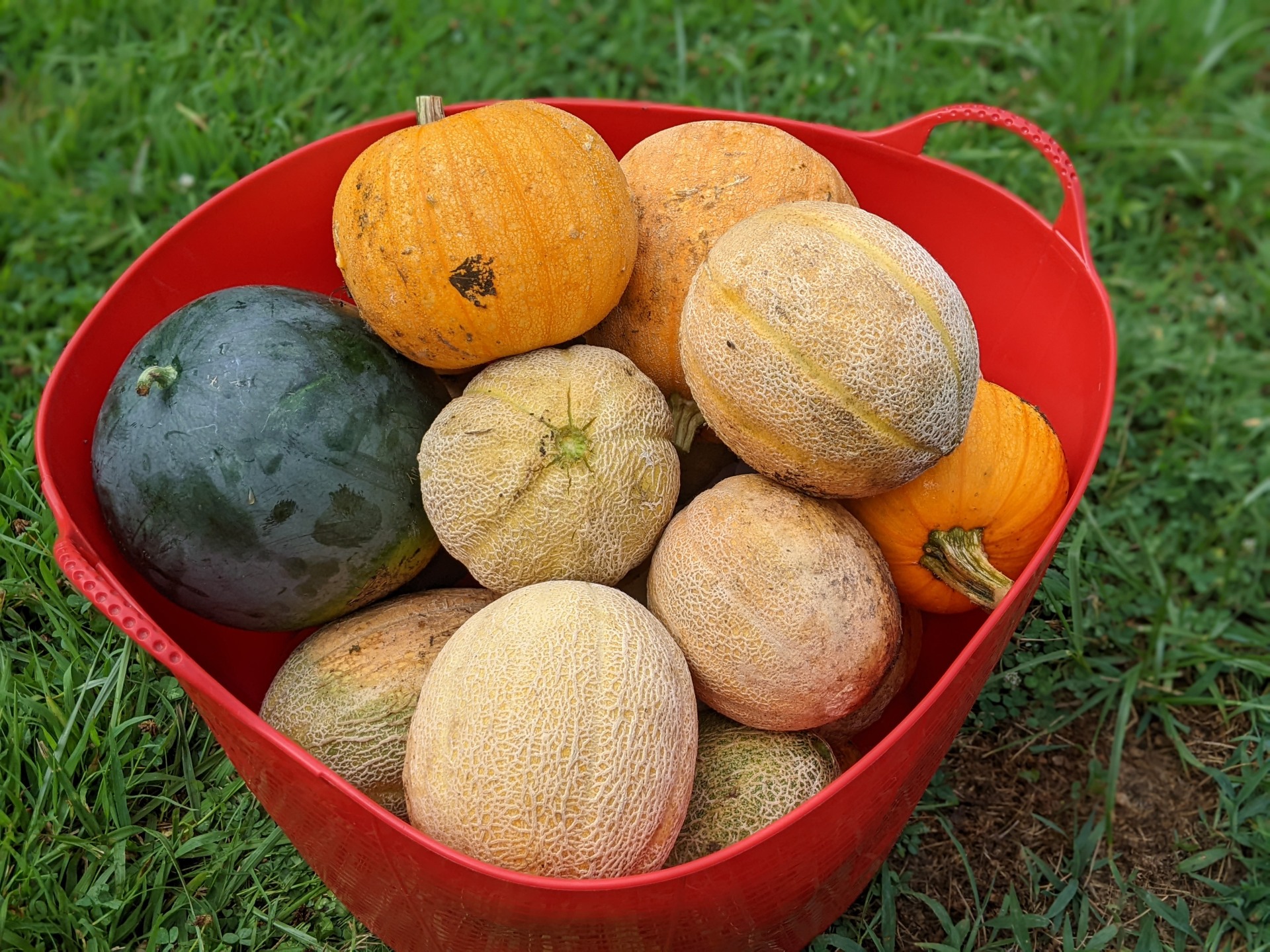
We get lots of questions from community farm participants. Here are questions that came up this week.
1) How do you know whether you should plant 1 seed or multiple seeds in the same spot?
If the seed are purchased then the back of the seed packet will usually show planting information that includes desired spacing between plants and the number of seeds to plant in the same spot
Another way to determine how many seeds to plant in each spot is to look at the germination rate listed on package.
If the germination rate is 80% or below I would plant 4 seeds and then thin as needed. Above 80, consider planting 2-3 seeds and thin as needed. A 95% or greater gemination rate means you could try planting one see per site.
2) Is it better to wash produce before or after freezing?
Definitely better to wash before freezing
3) What crops have the best number of calories?
If you are interested in the number of calories per ounce of crop check out:
https://www.calories.info/food/vegetables (click at the top to select serving size)
It is important to note that calories / lb of crop is only a small part of the picture. Some crops are easier to grow, take more or less space or have higher yields.
Another way look a it is with a typical serving size. You can download a chart here from the FDA:
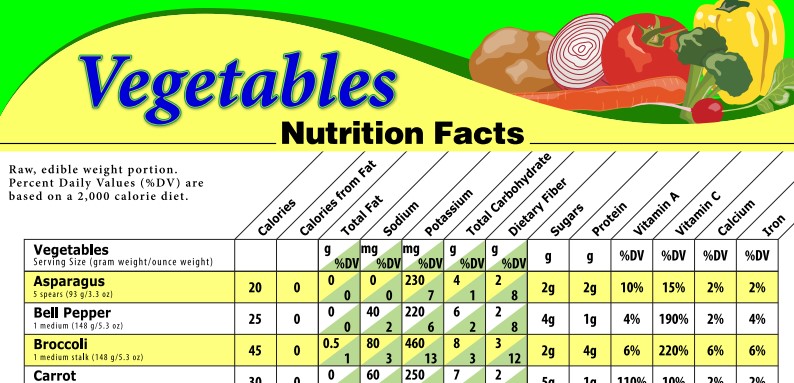
Vegetables – https://www.fda.gov/media/70792/download
Fruit – https://www.fda.gov/media/76508/download
Also check out: https://www.fda.gov/food/food-labeling-nutrition/nutrition-information-raw-vegetables
The breakdown of carbohydrates vs. protein is also important. Protein is a very important part of your diet. Check out:
https://www.healthline.com/health/food-nutrition/19-high-protein-vegetables
4) How long does eggplant last in the fridge?
Eggplant lasts about 5 days in the refrigerator crisper.
5) How many weeks does a fig last on a fig tree?
Figs last just a few days after picking when ripe. Figs don’t store well, so it is best to eat or process them soon after picking. Once the fig is ripe on the tree, it won’t last long. Birds and insects are drawn to ripe fruit left on the tree.

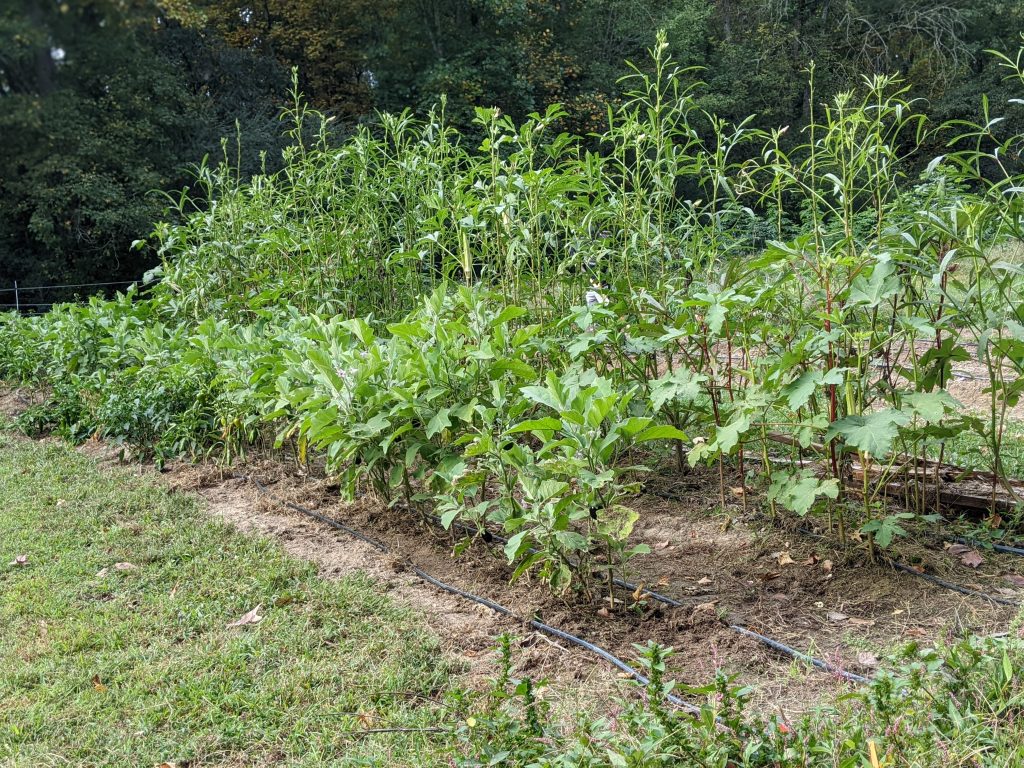
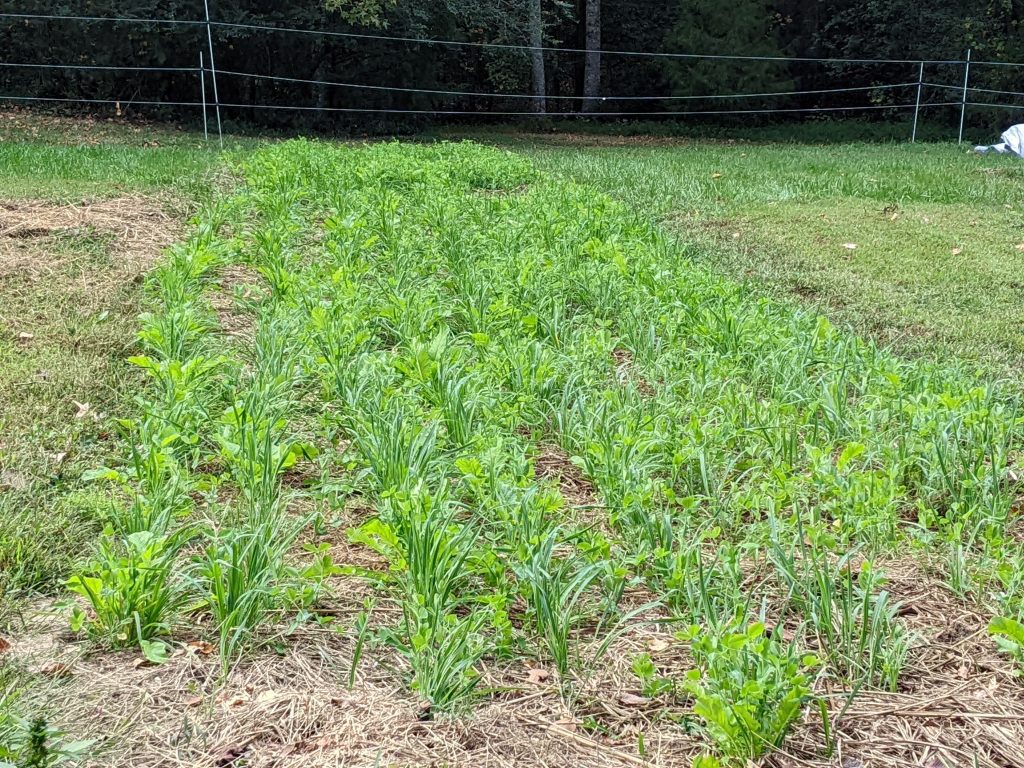
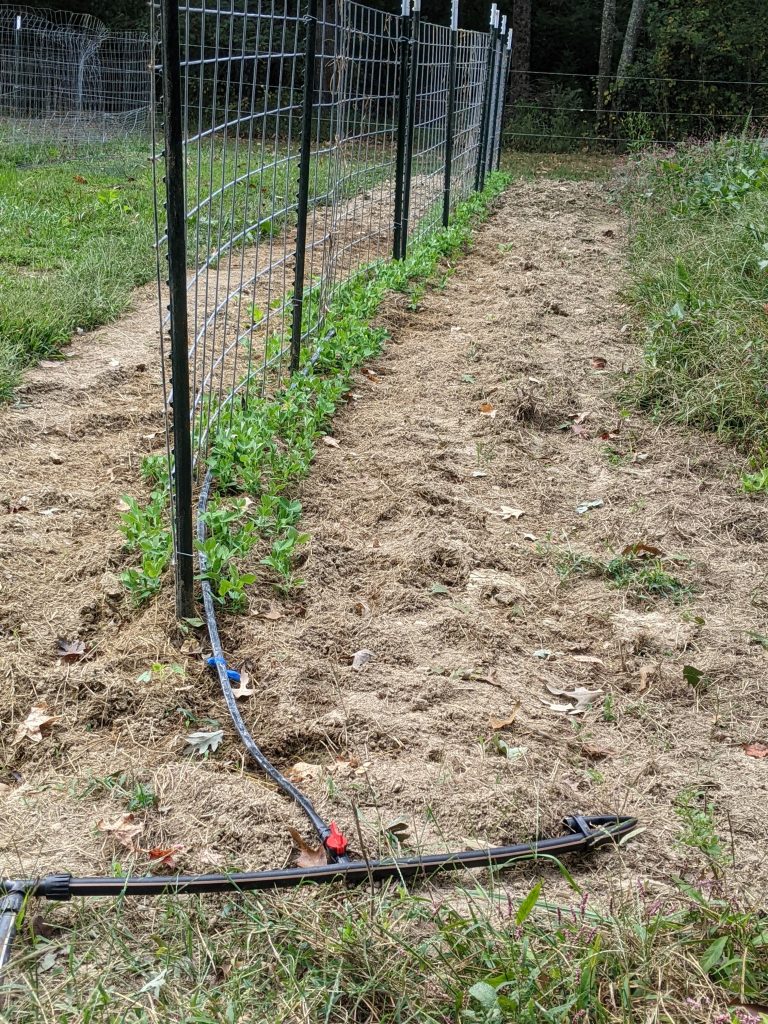
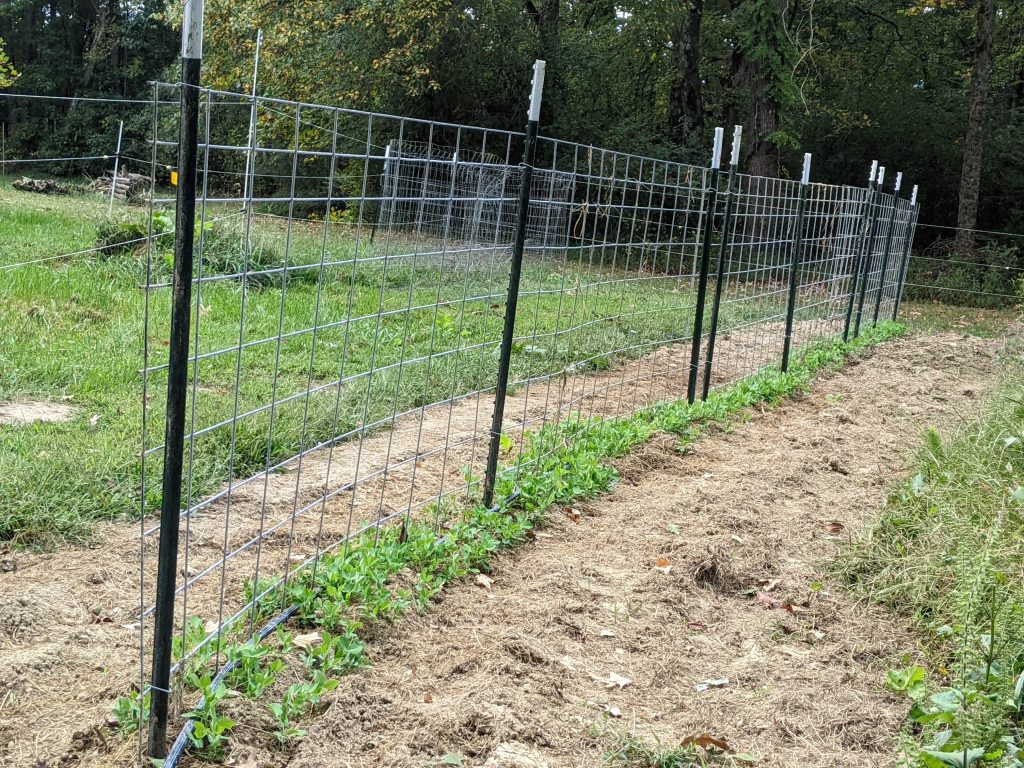
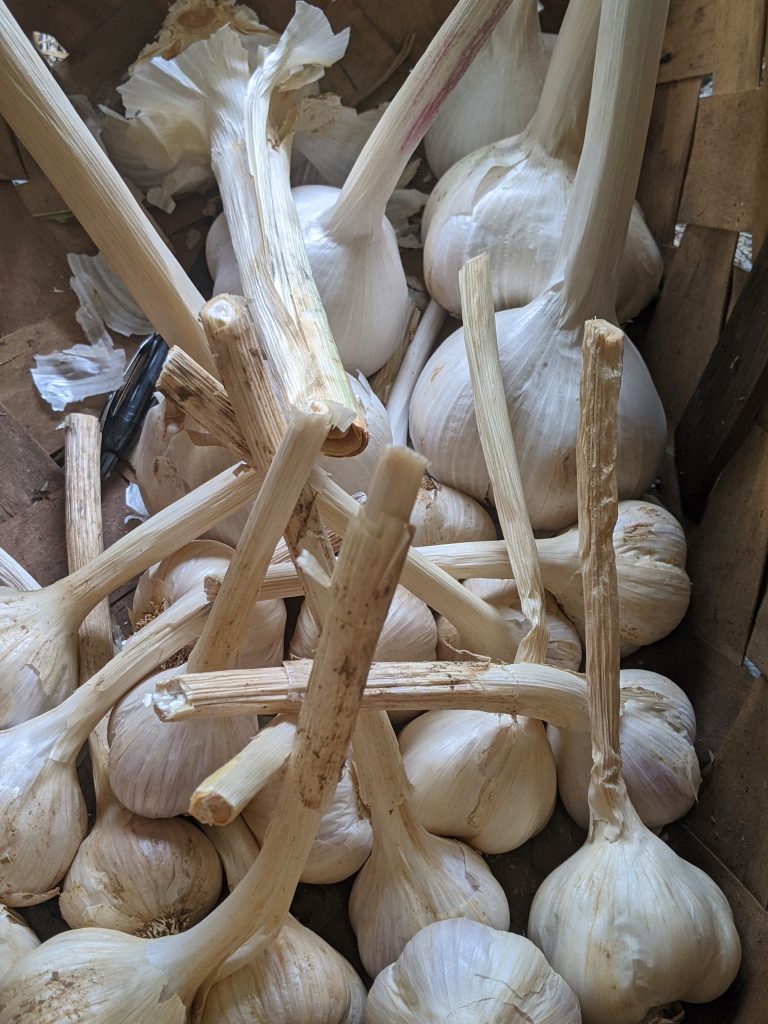
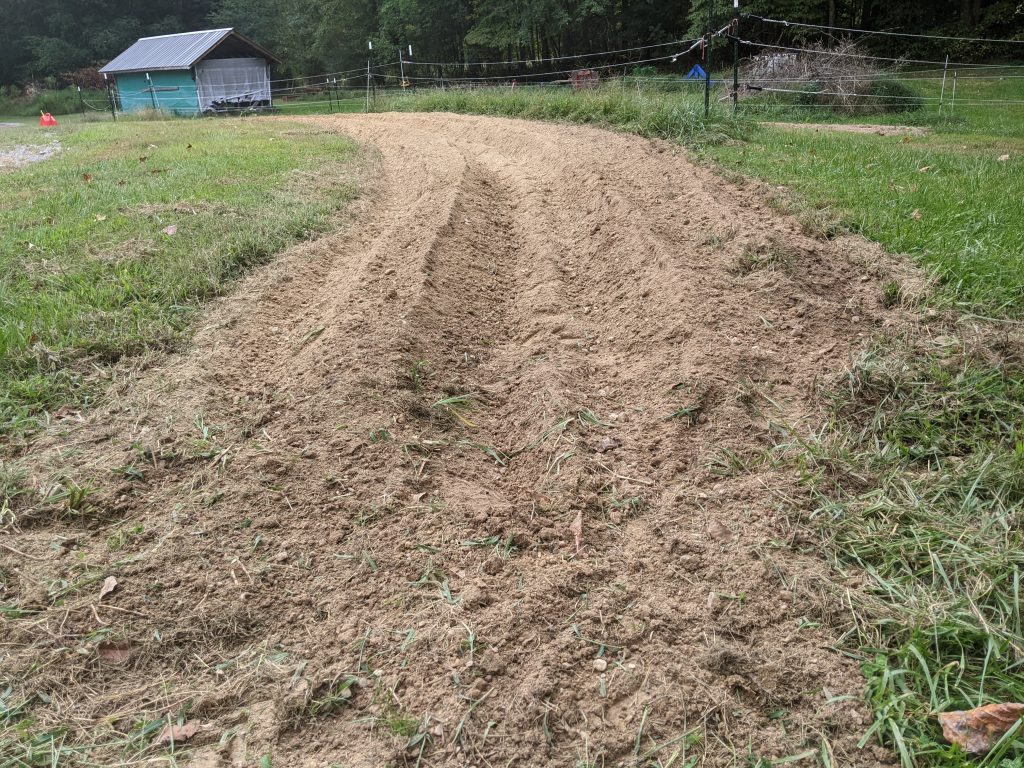
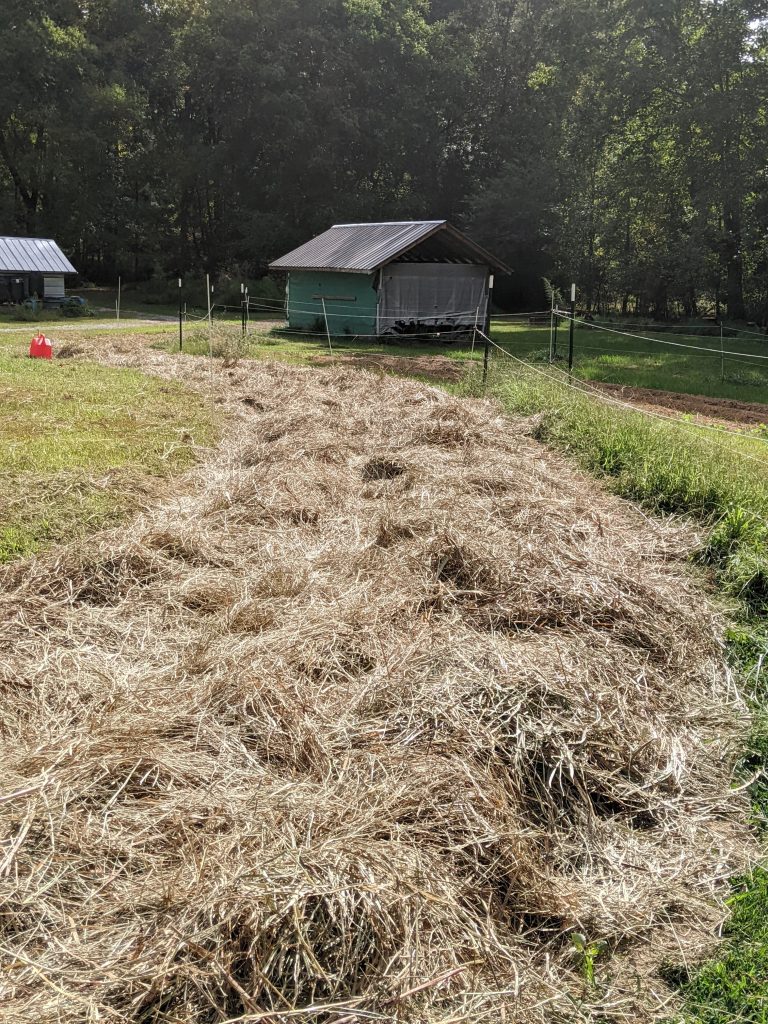
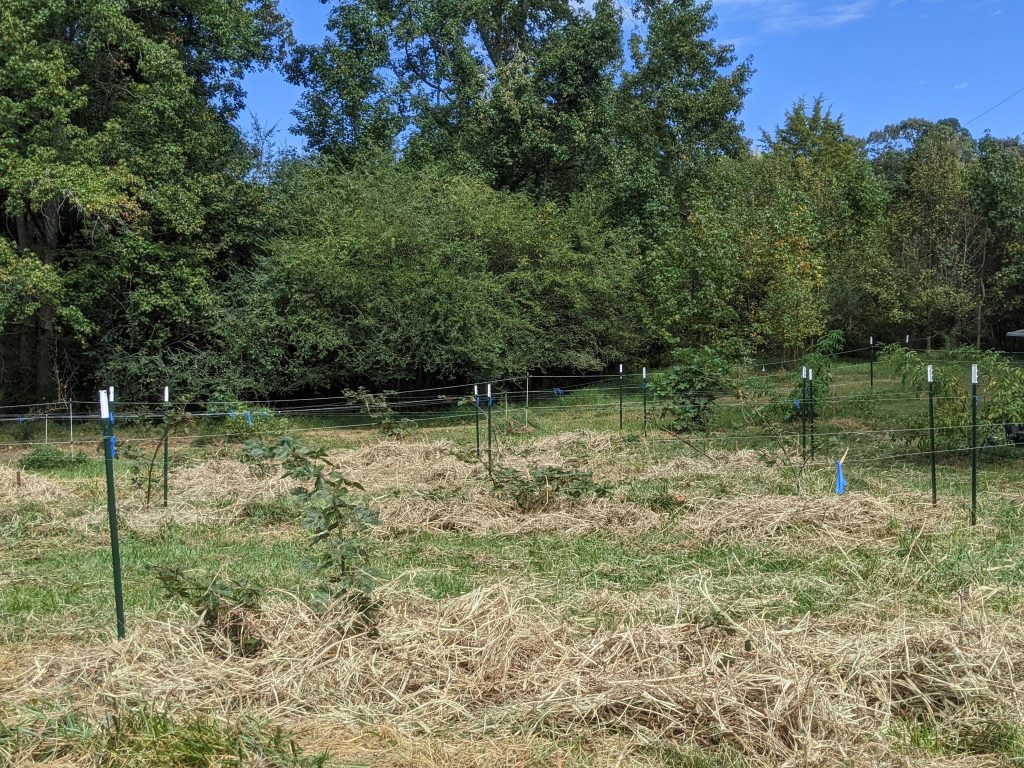
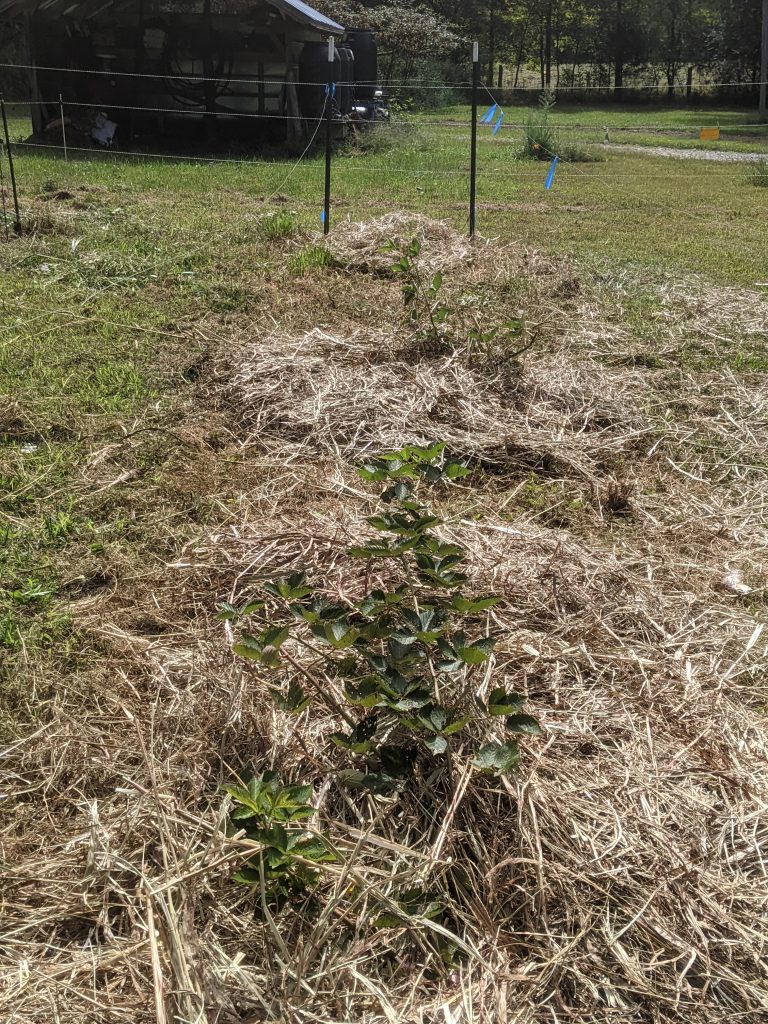
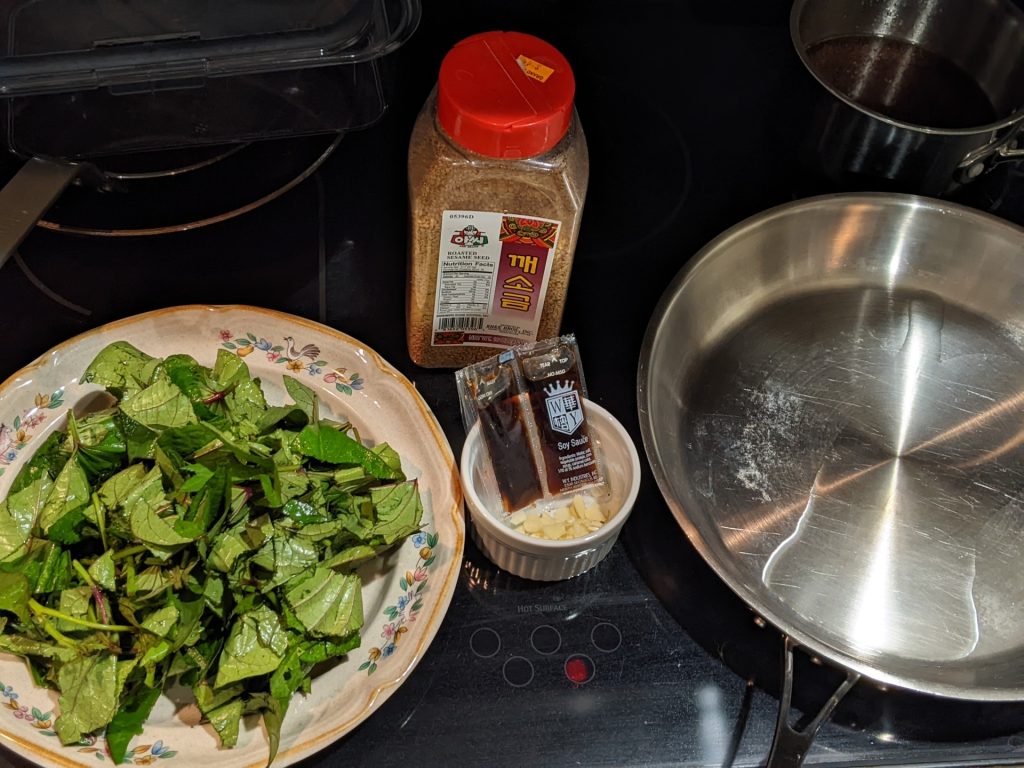
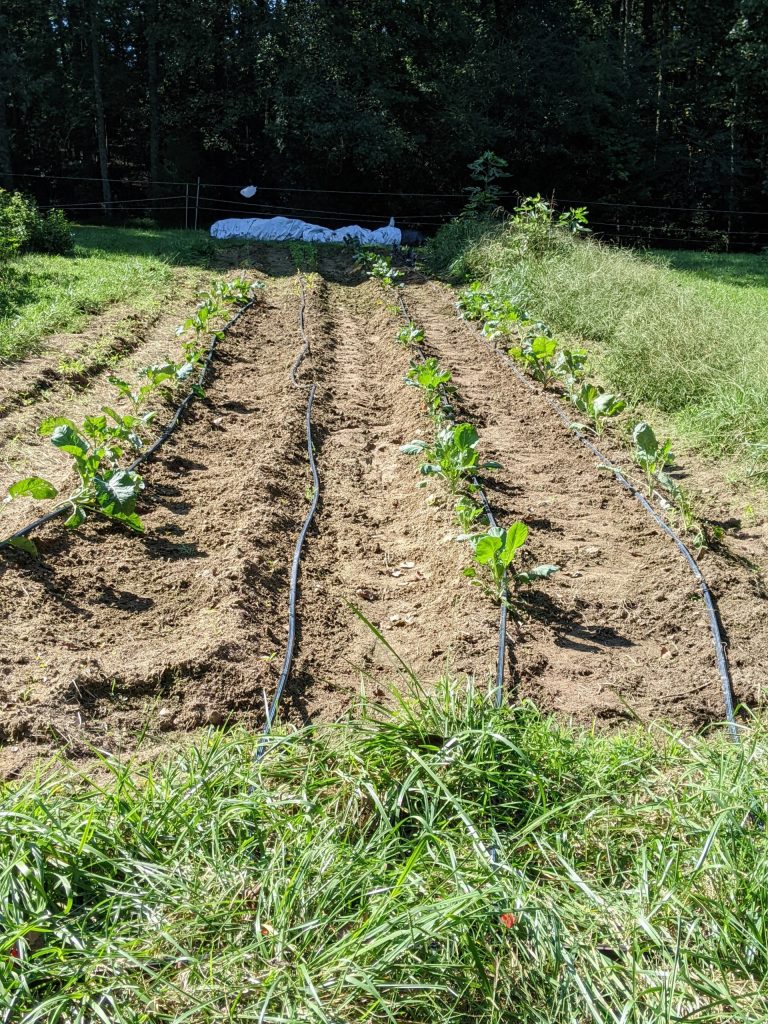
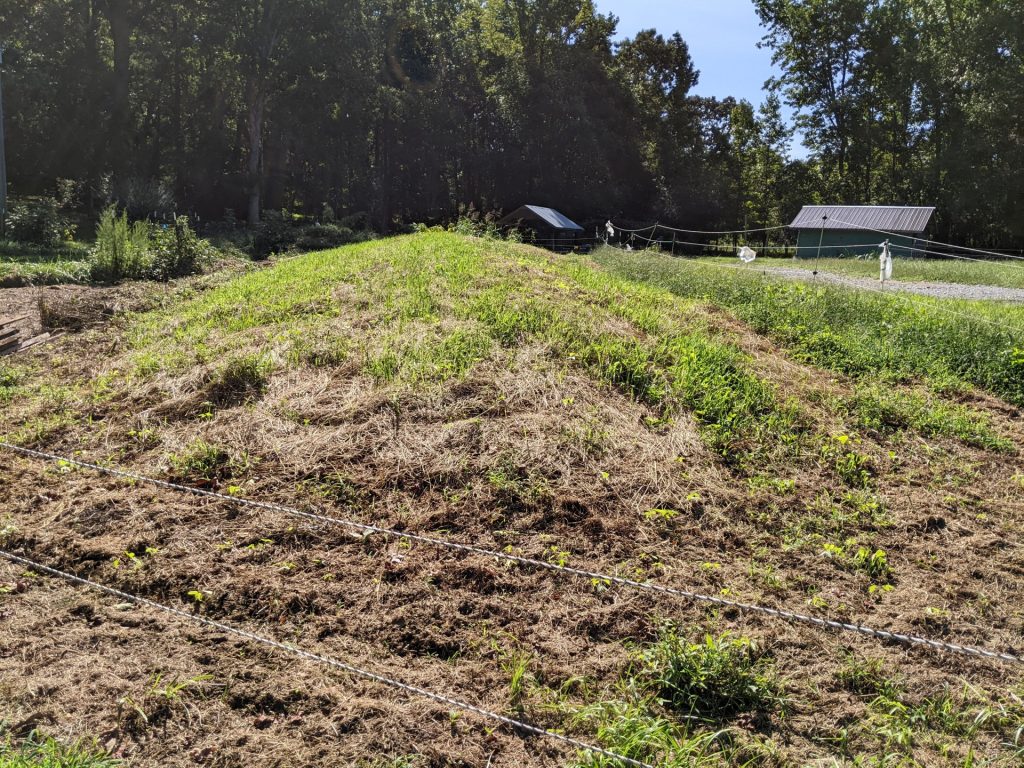
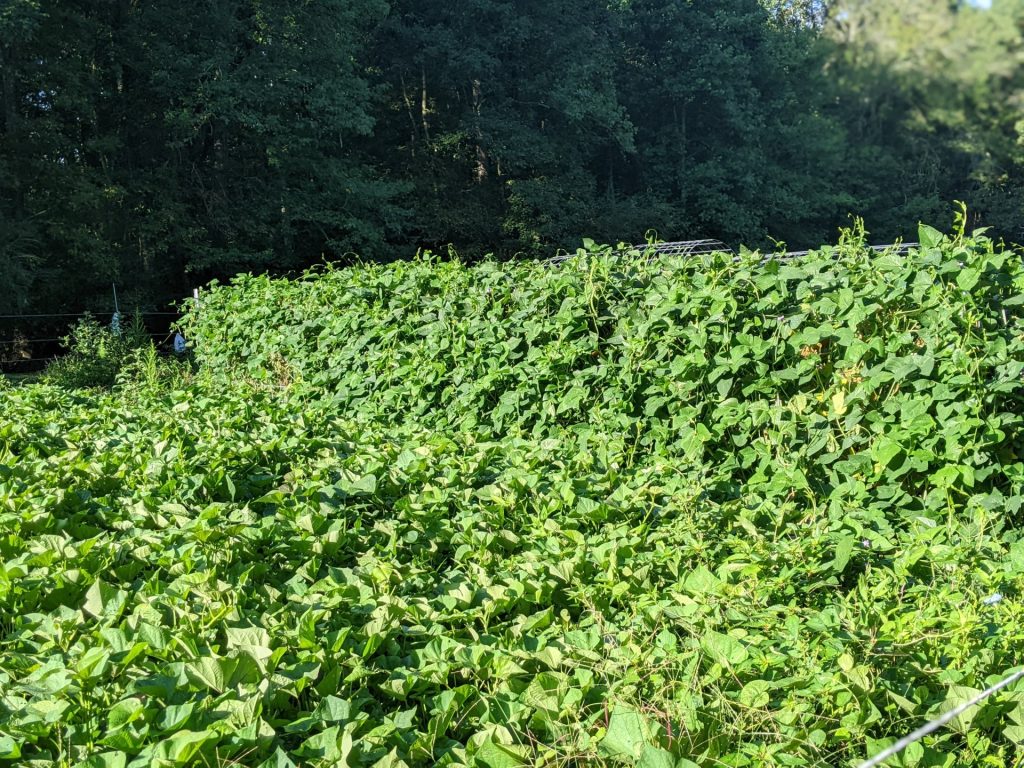
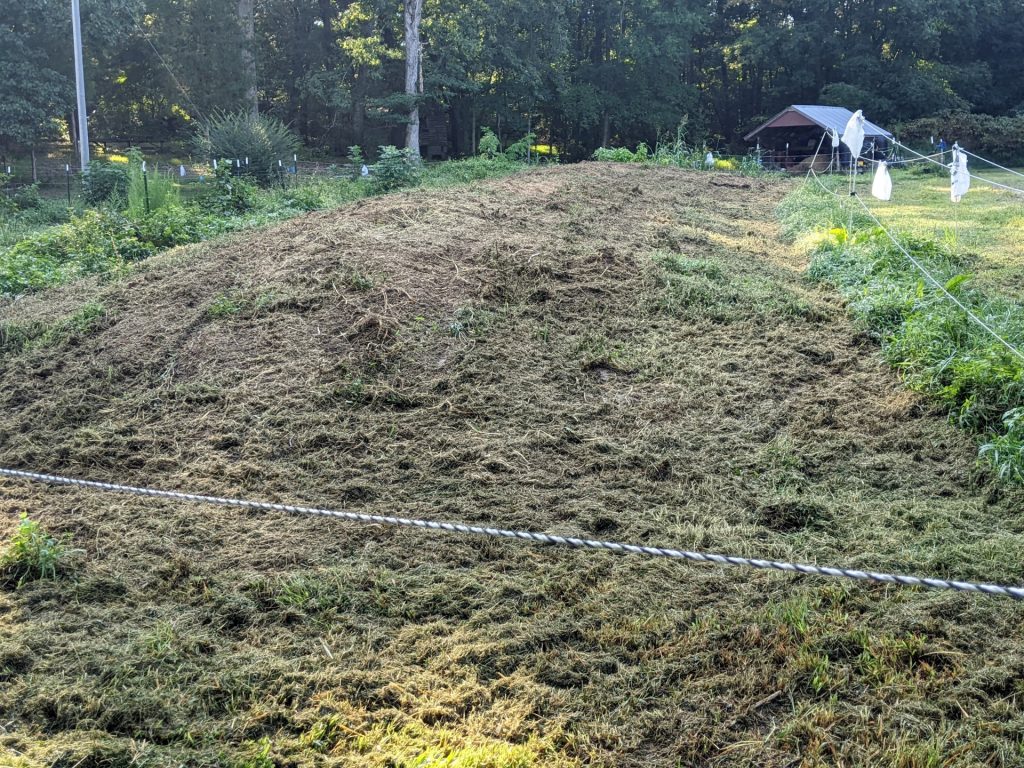
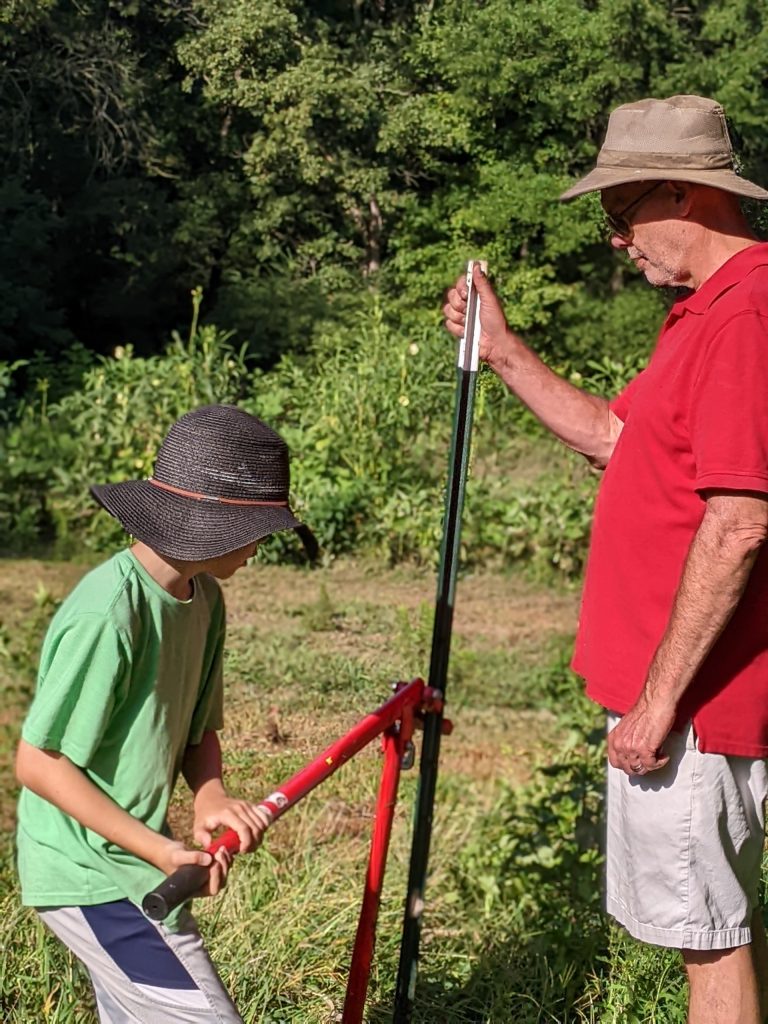
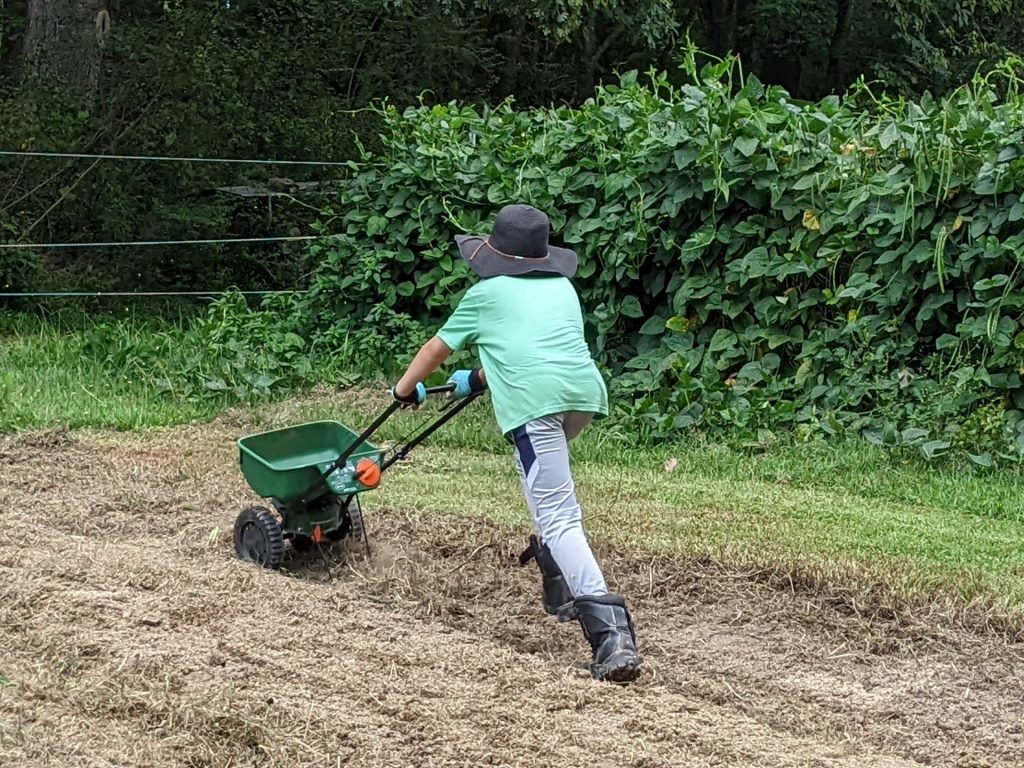
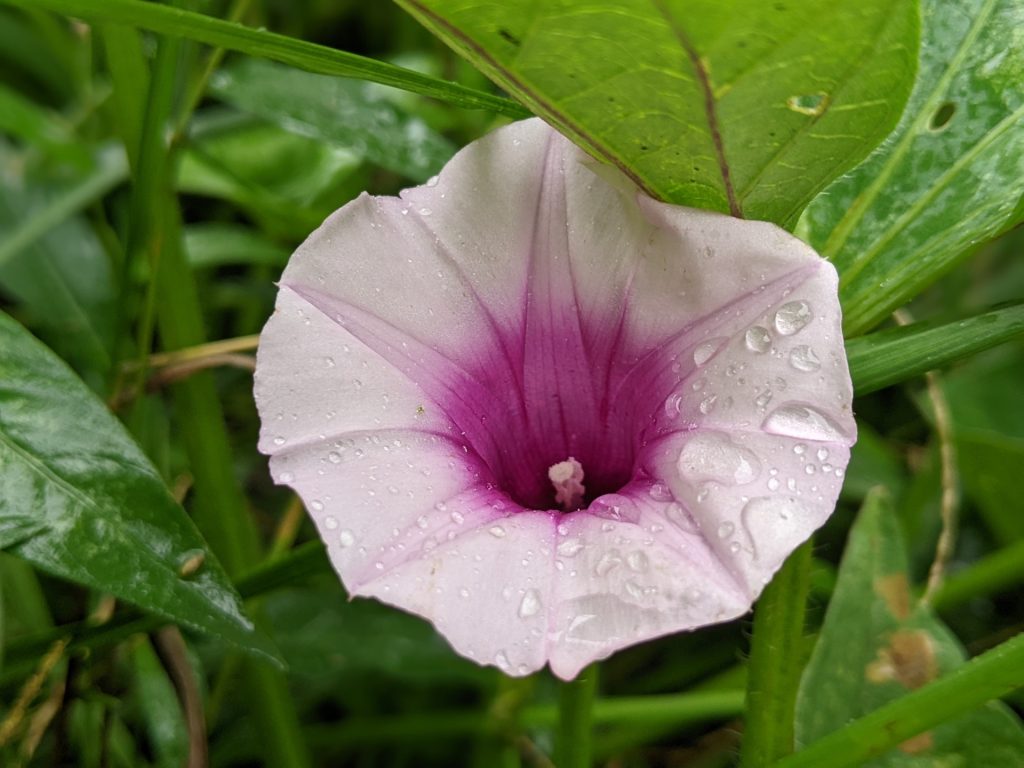
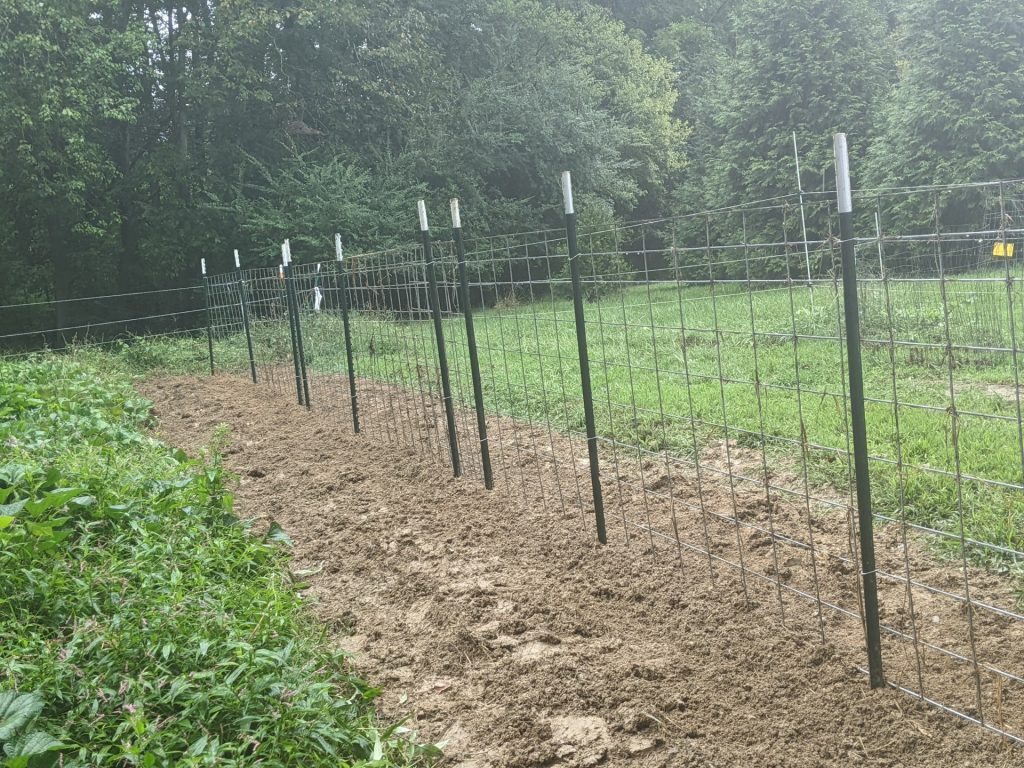
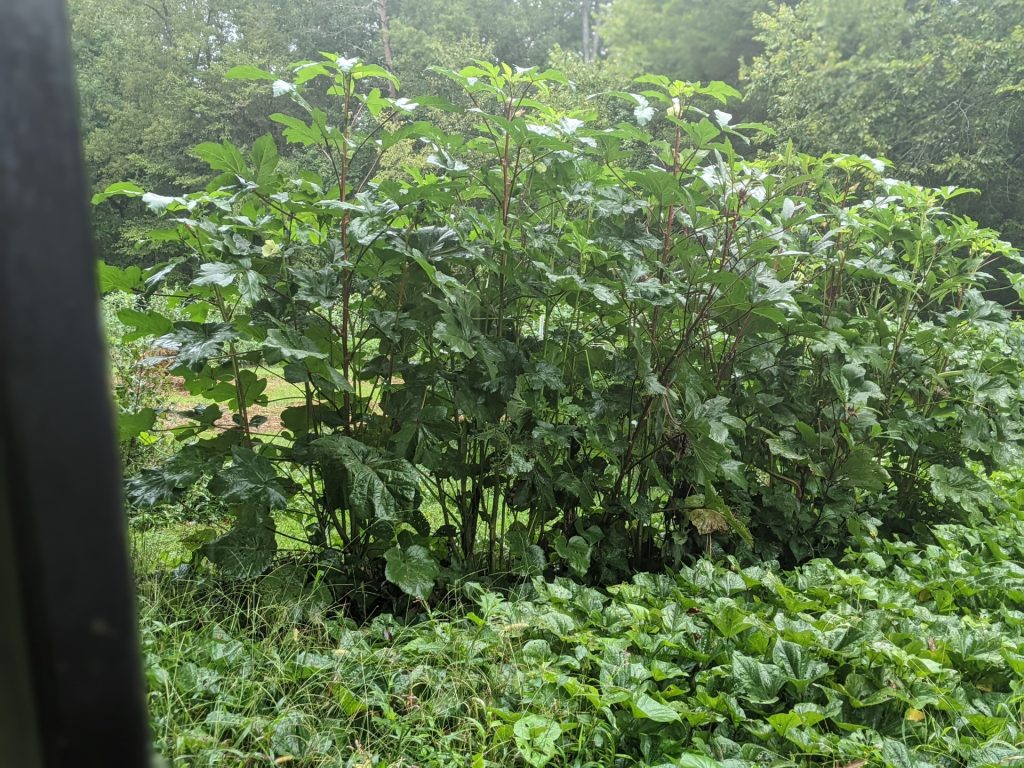
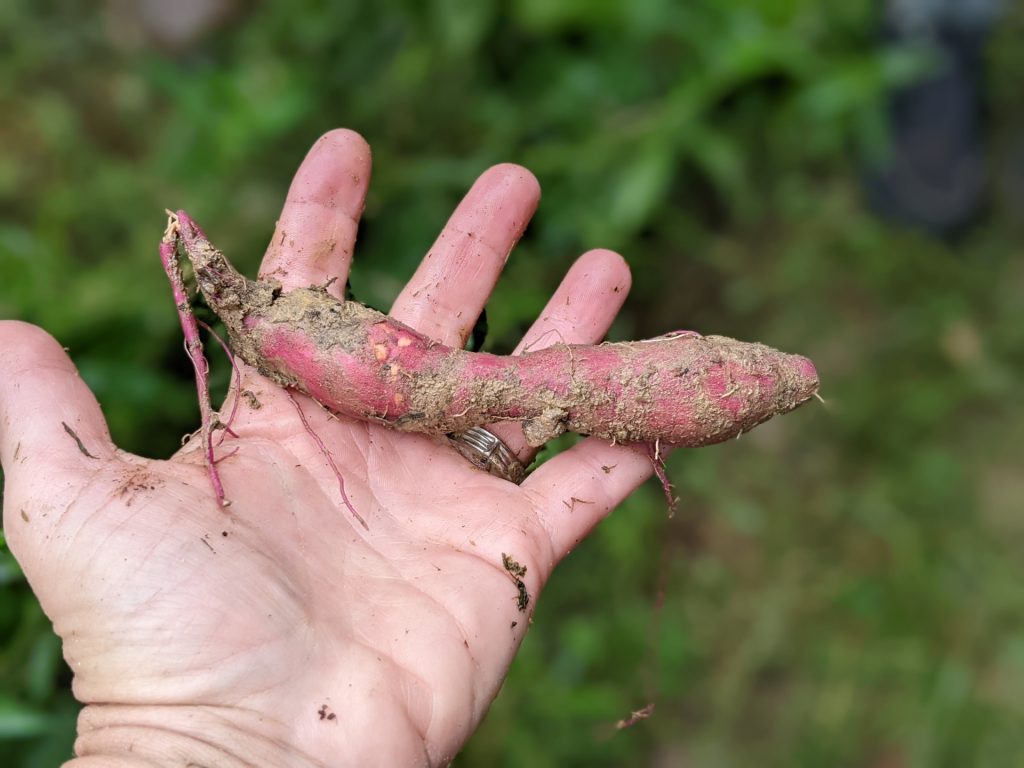
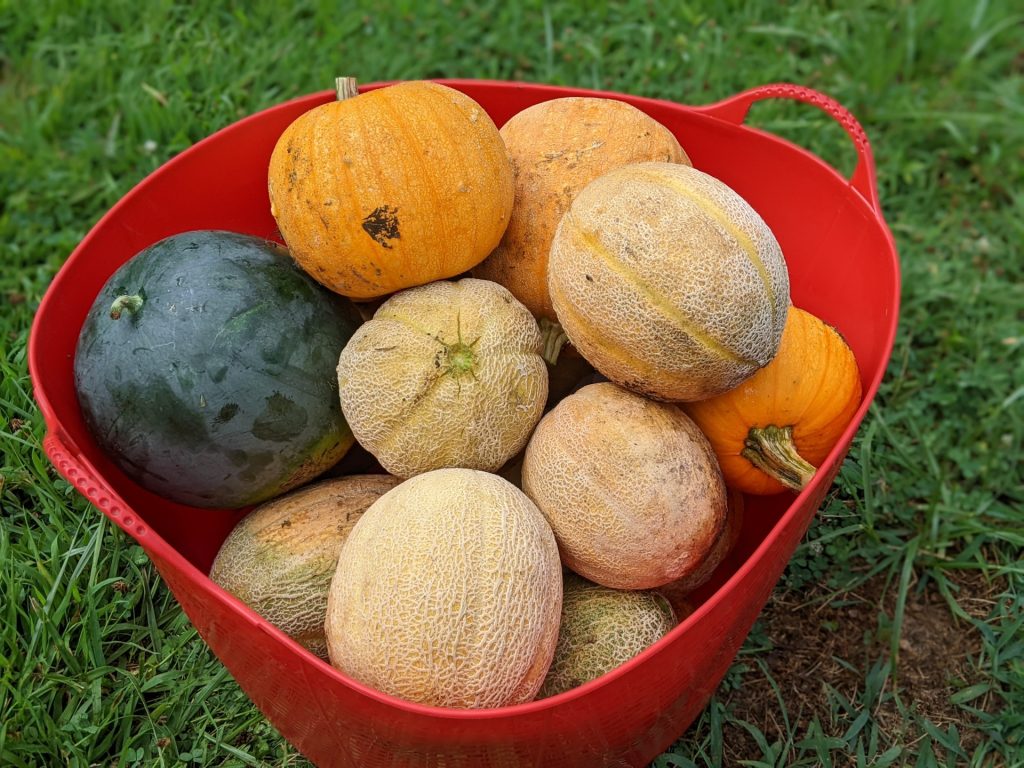
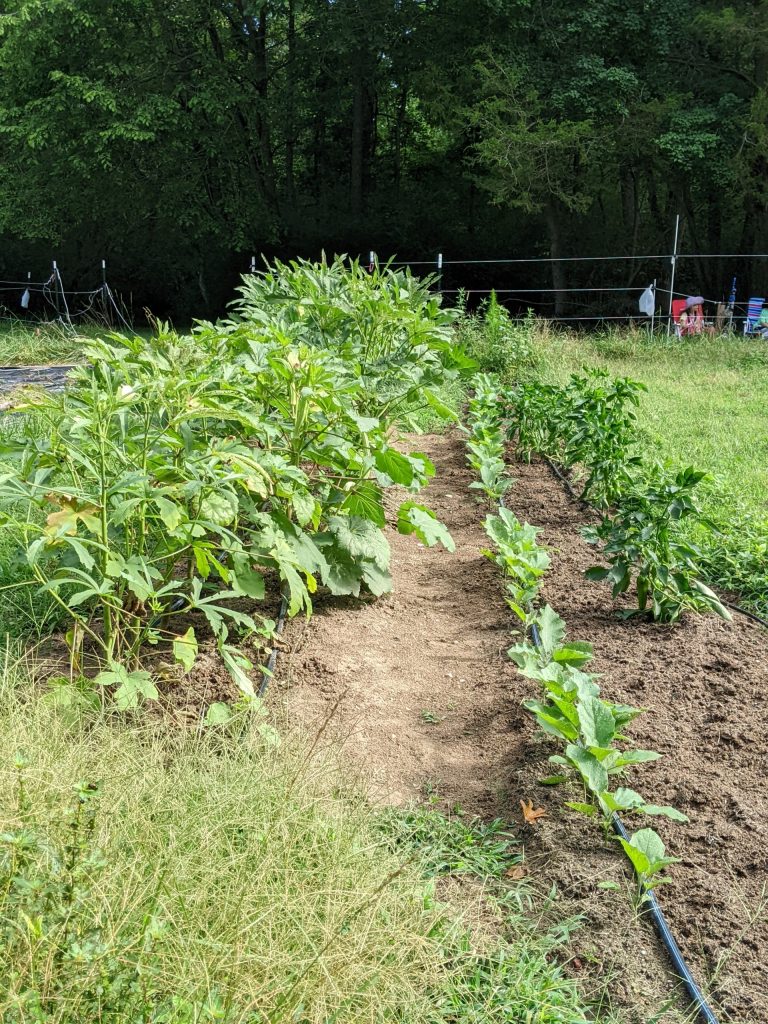
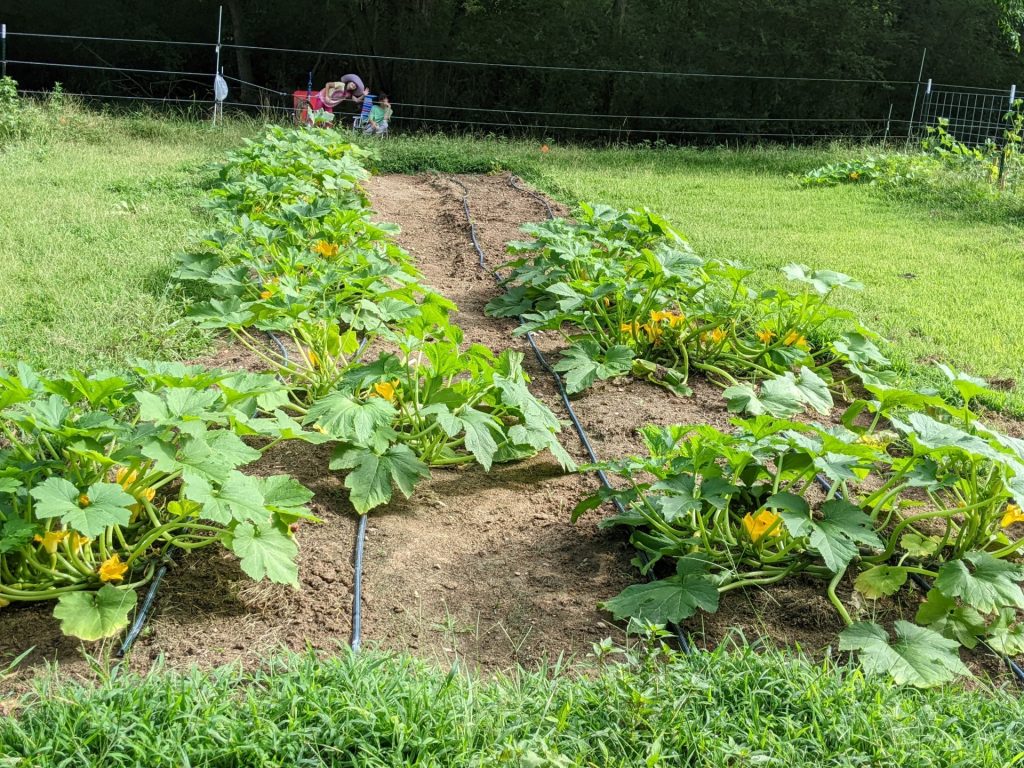
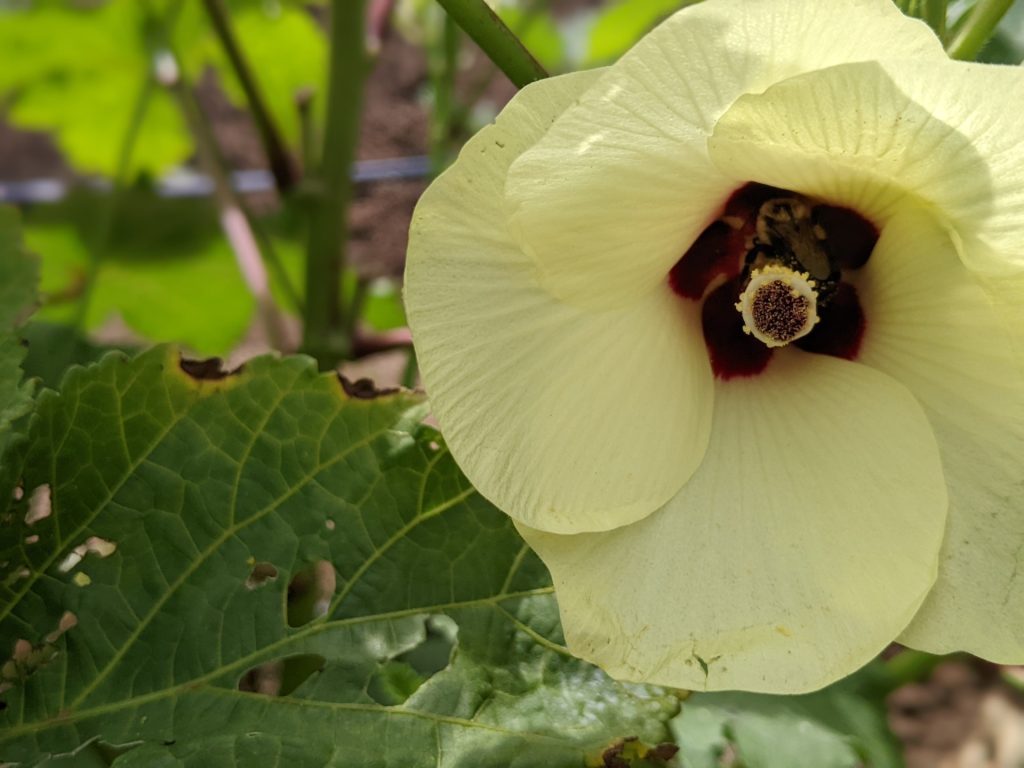
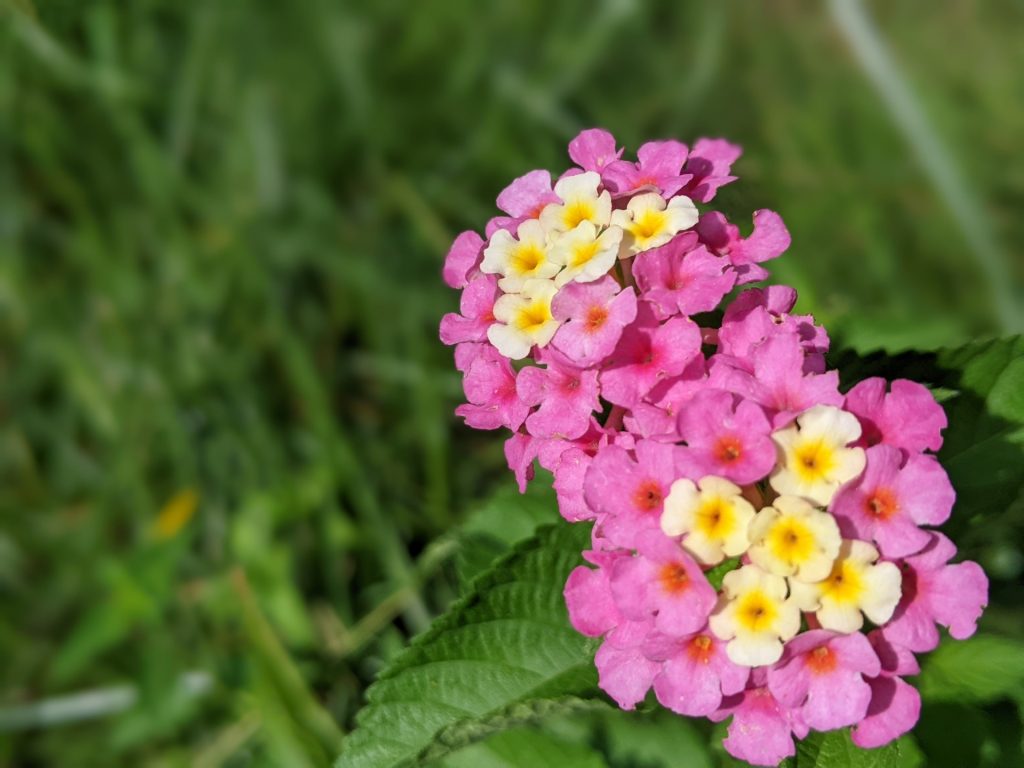
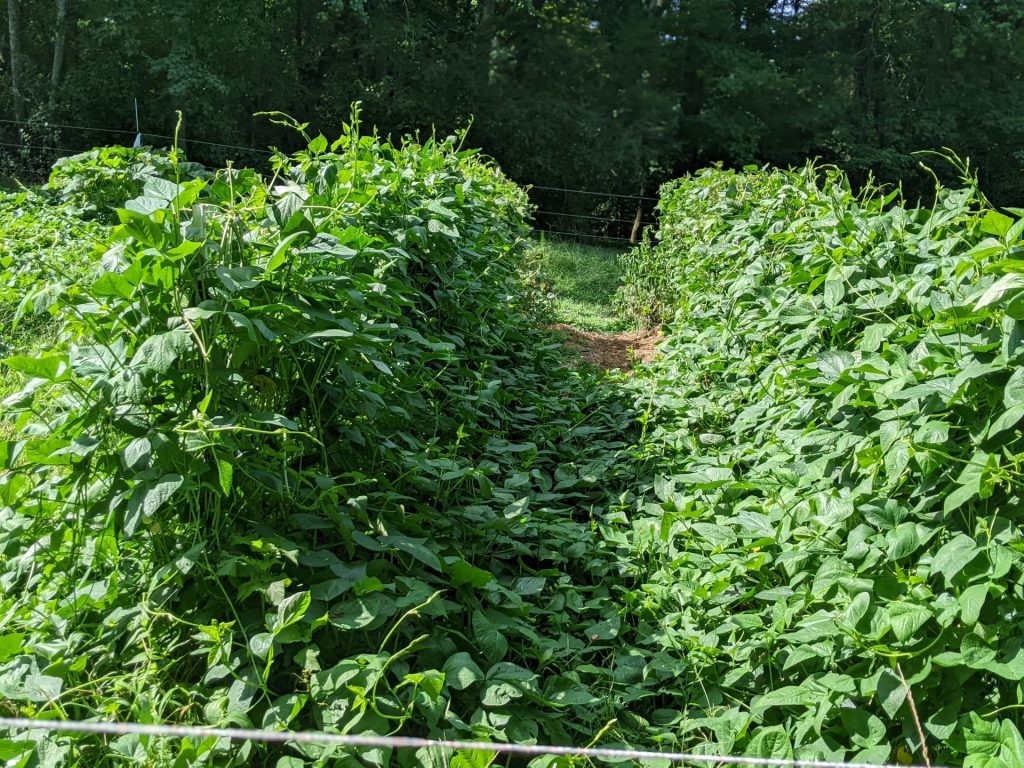
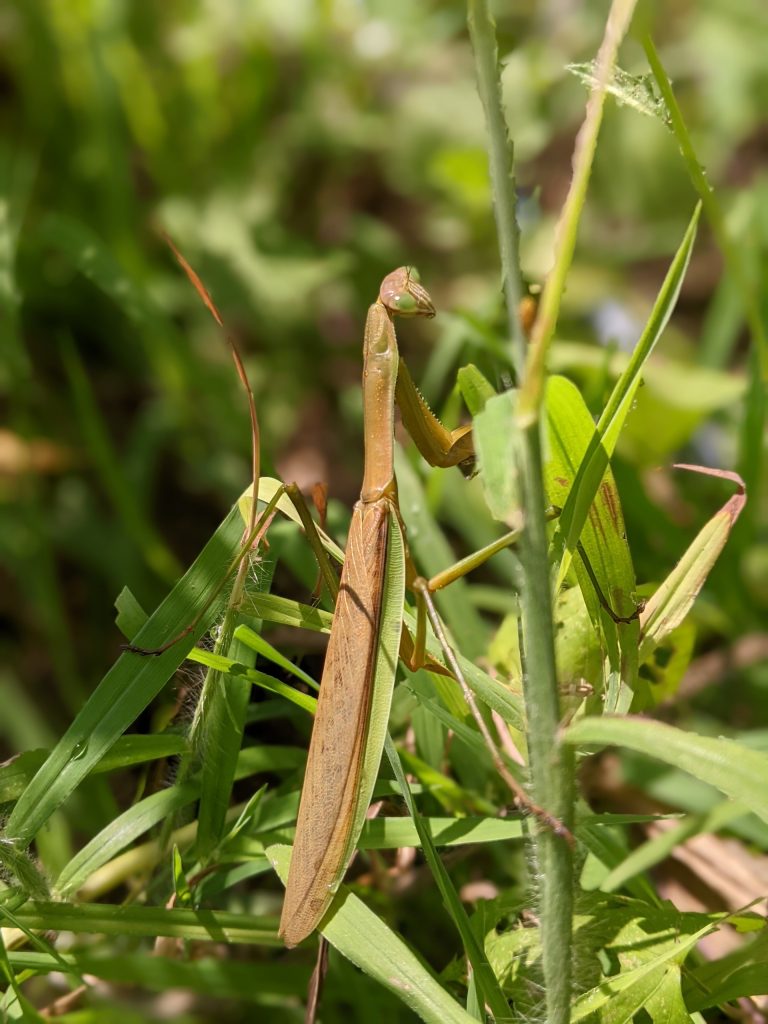
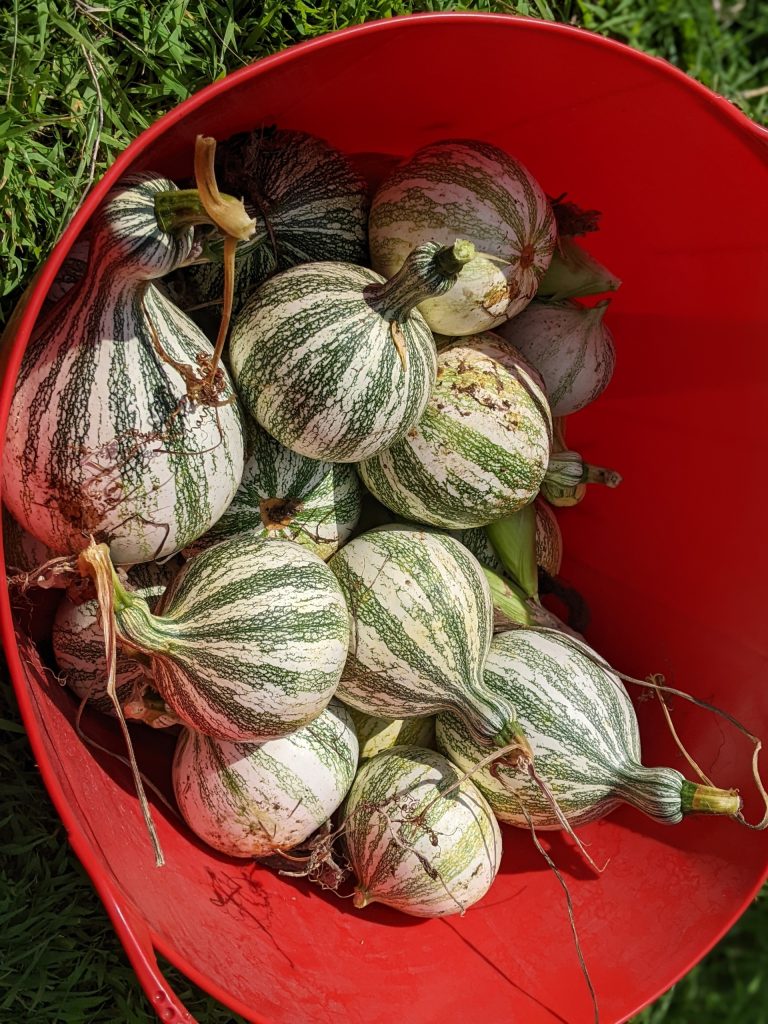
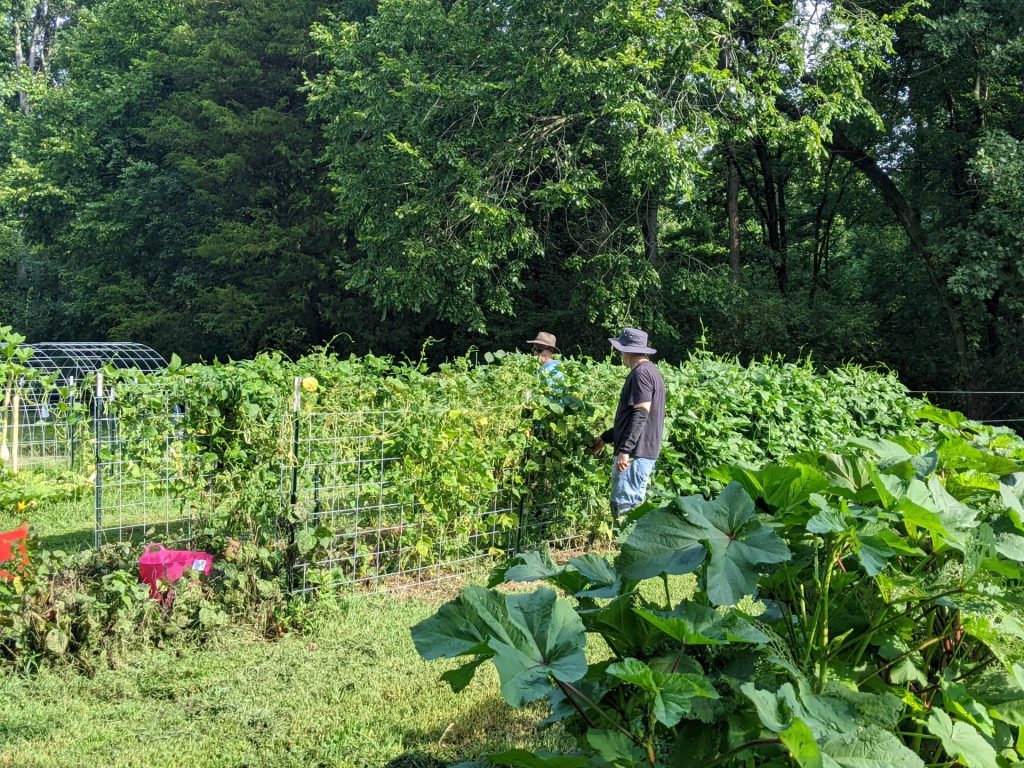
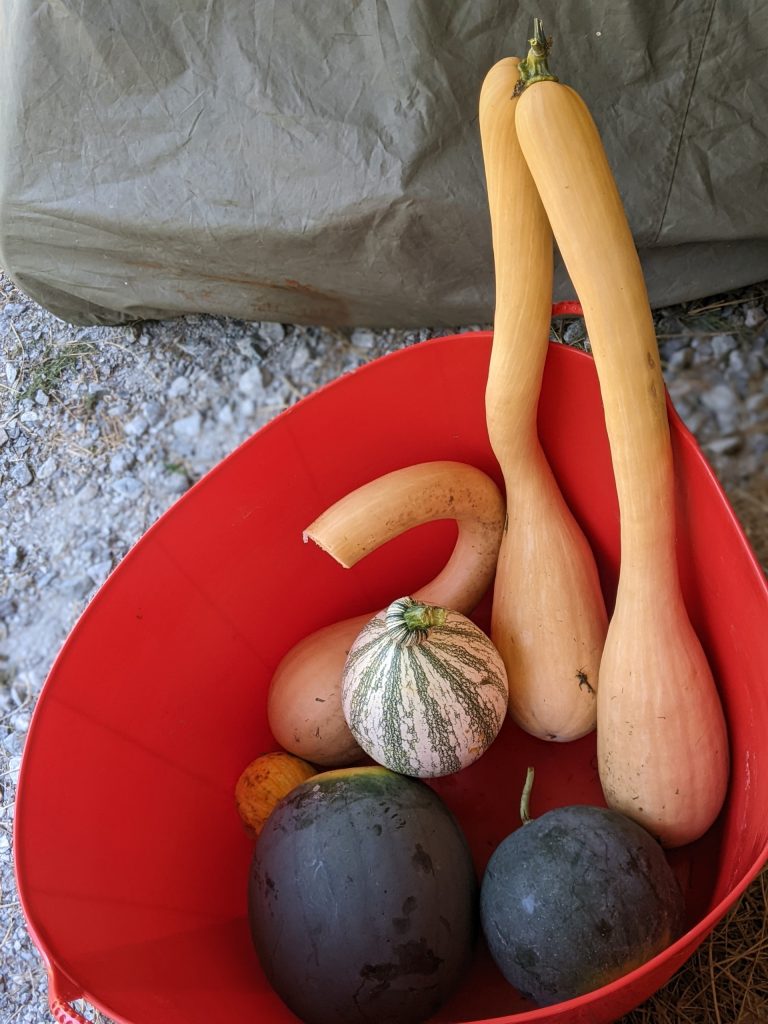
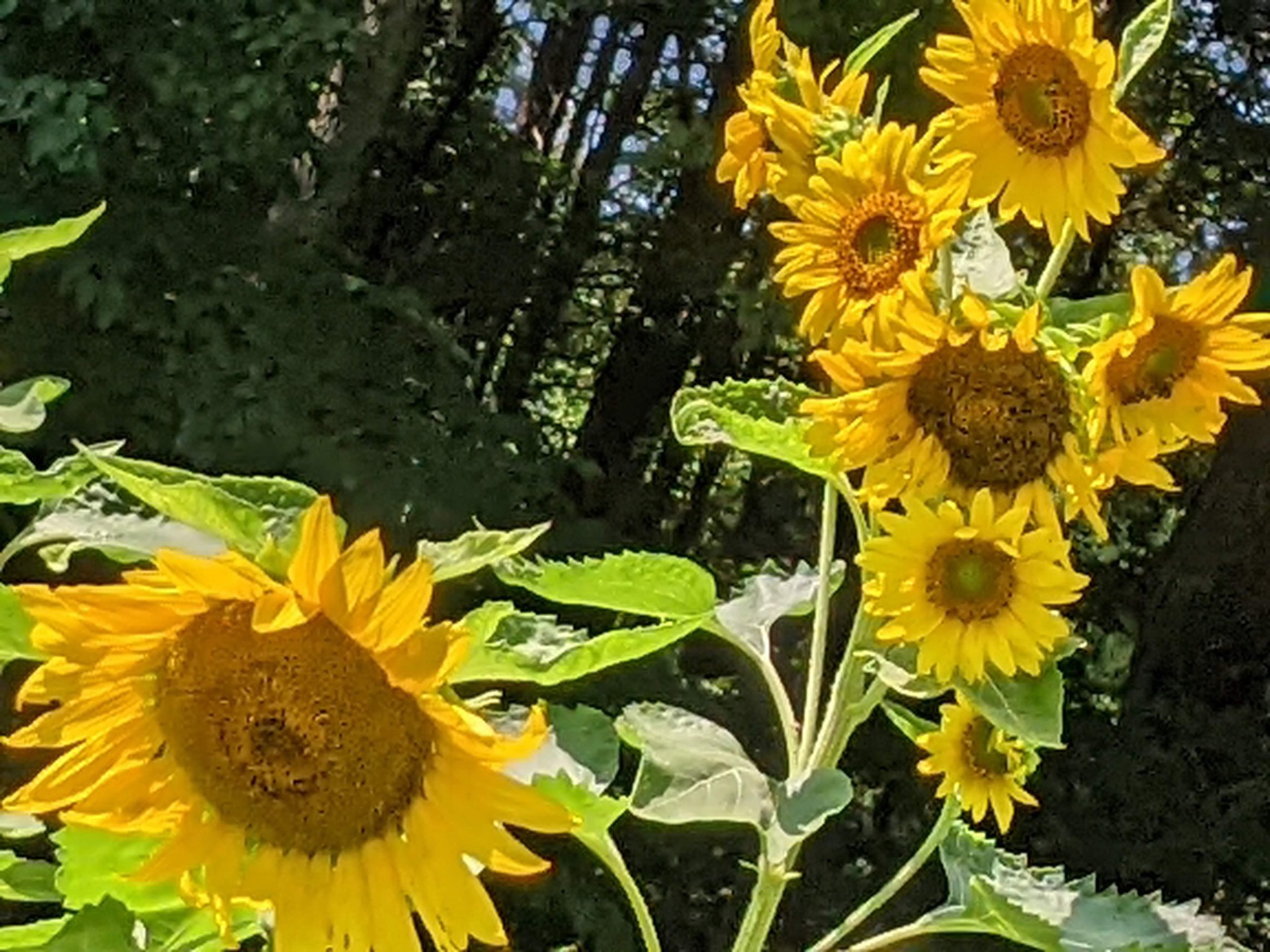
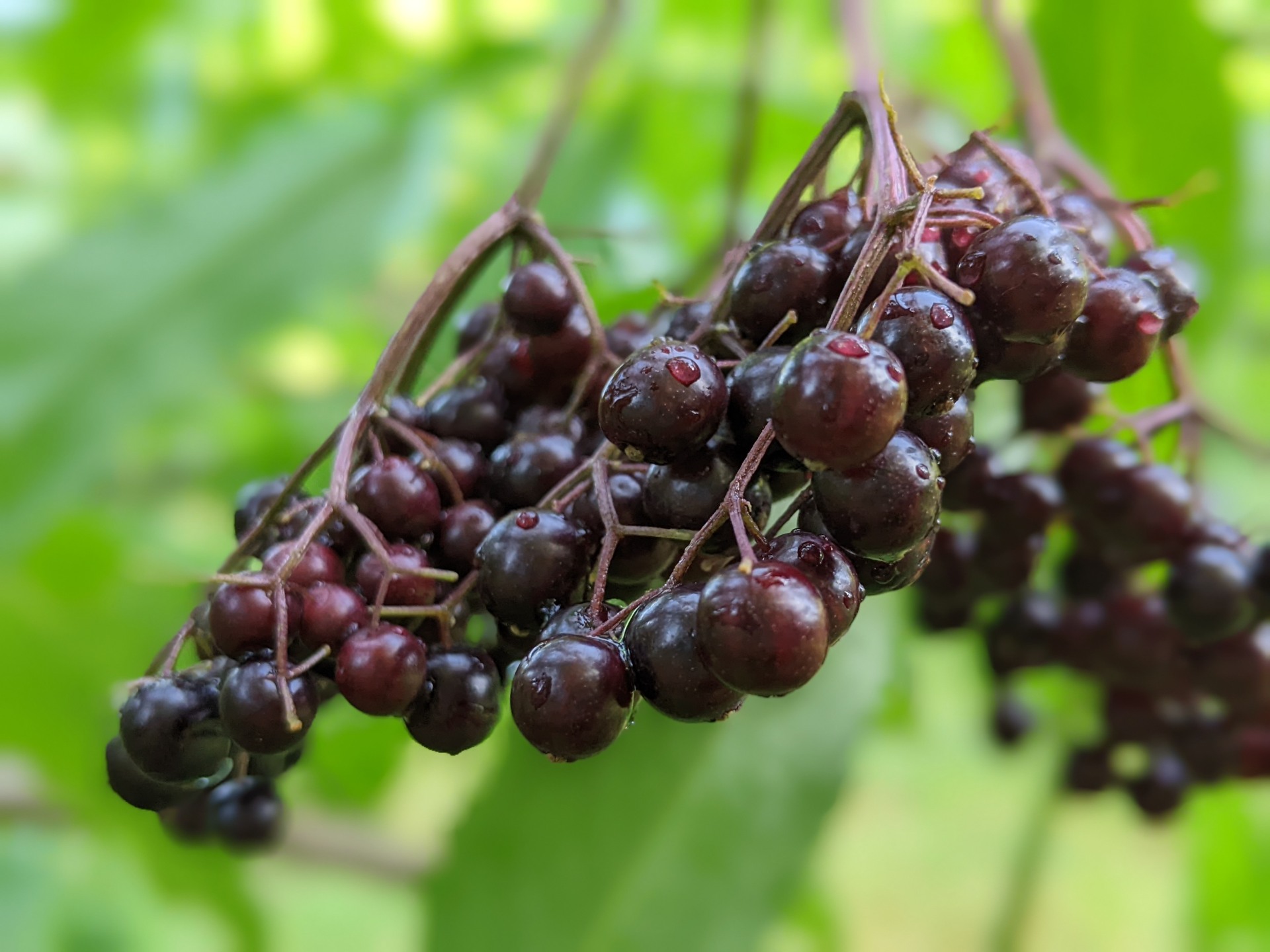
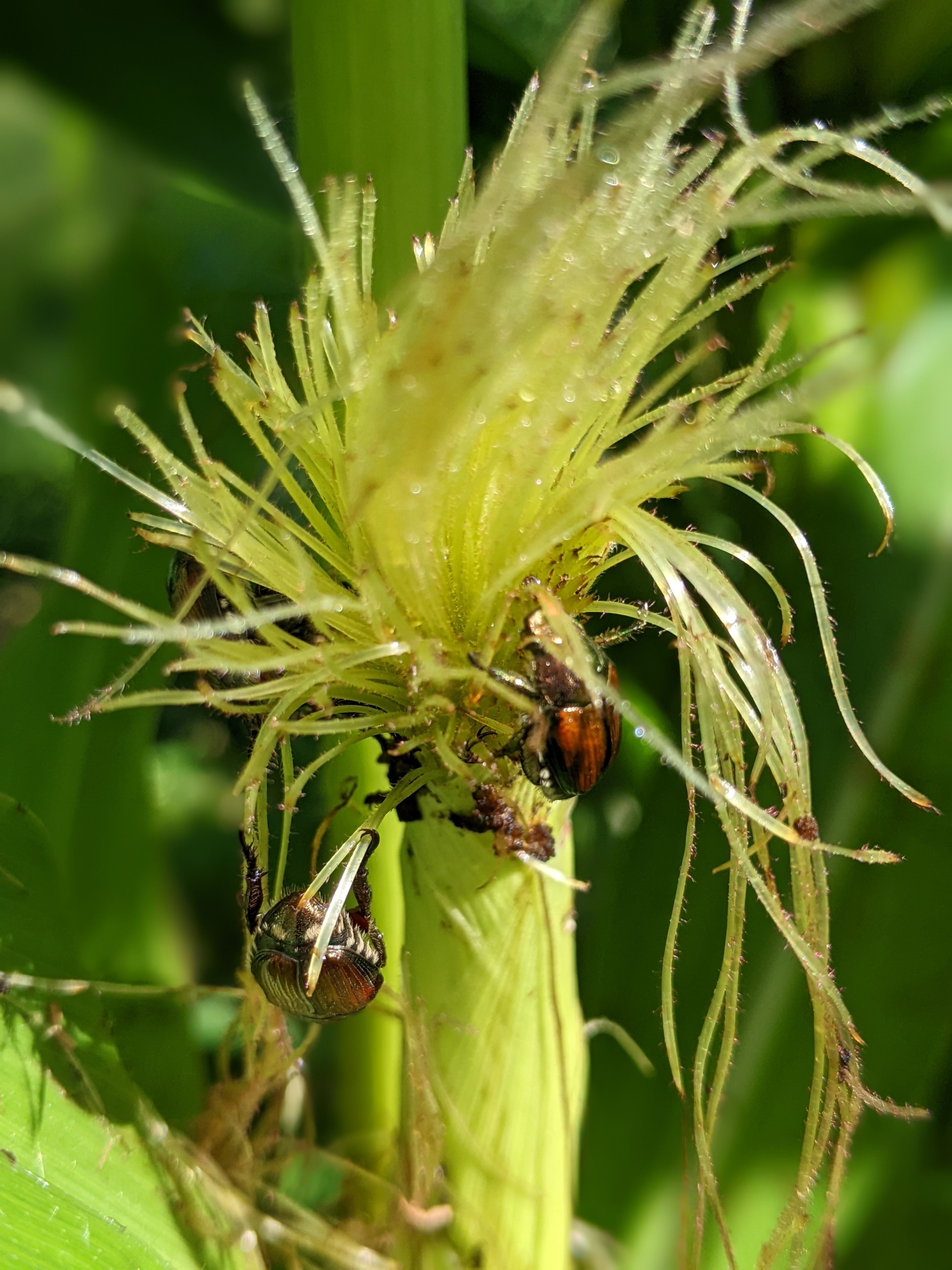
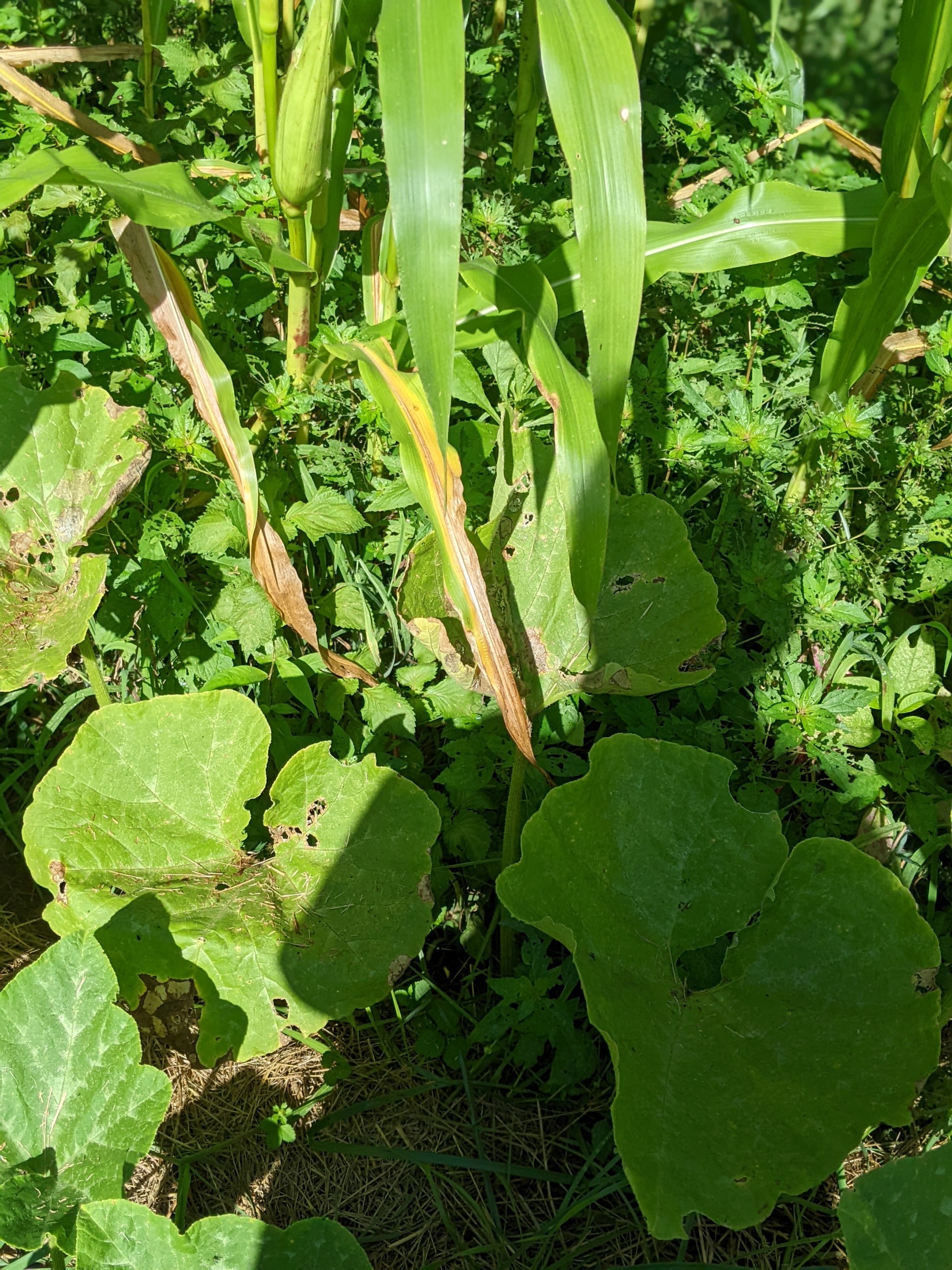
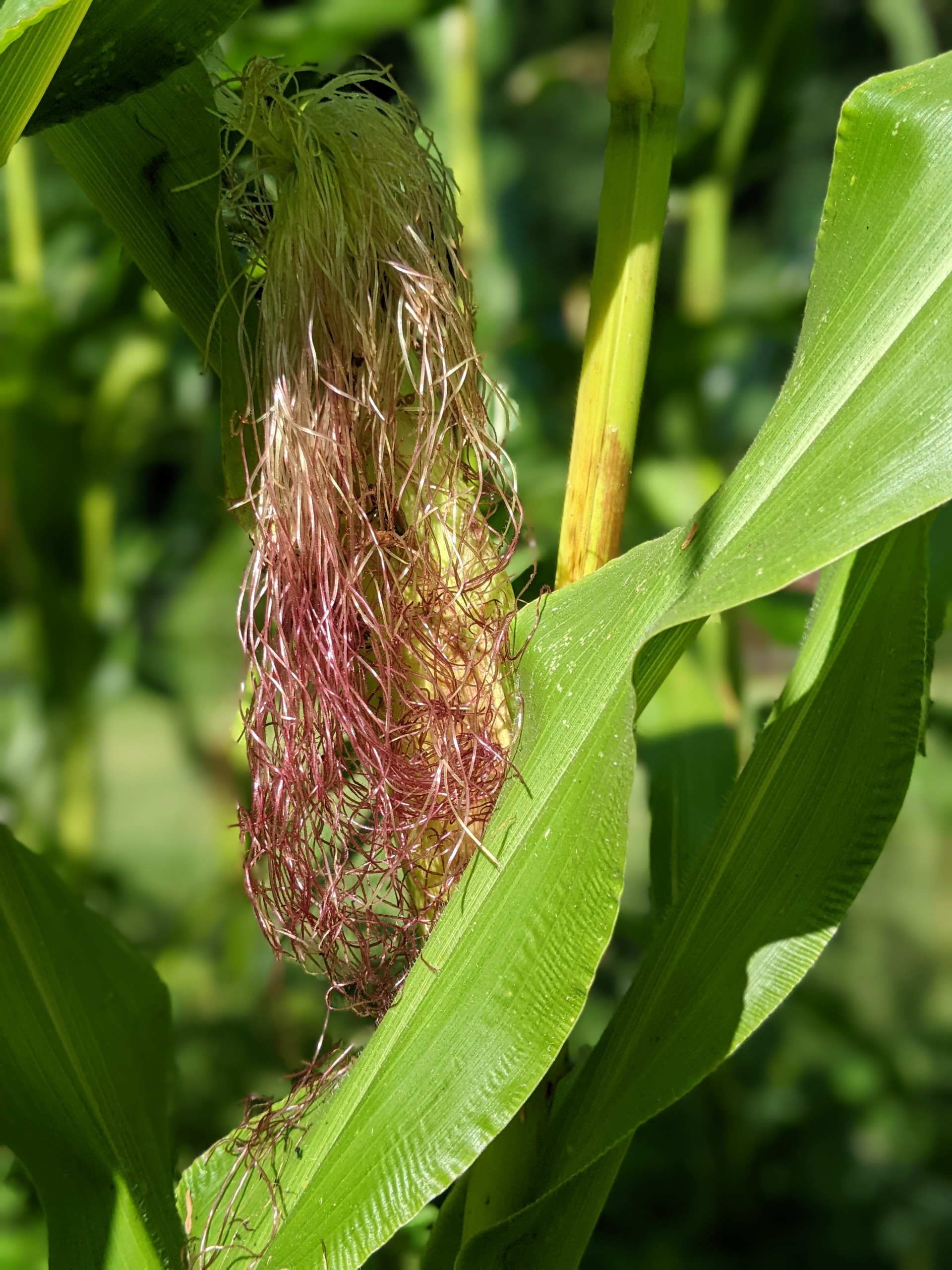
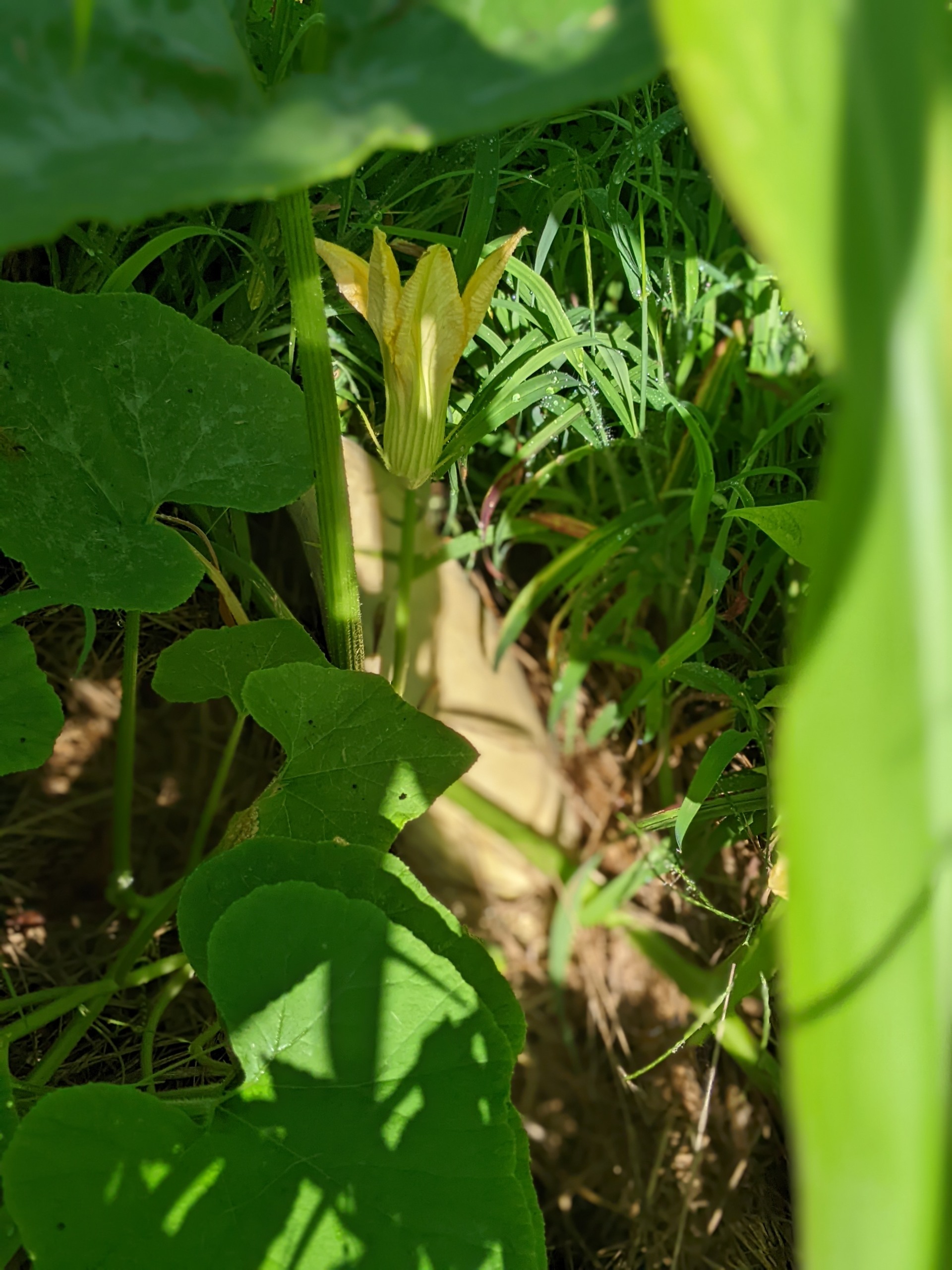
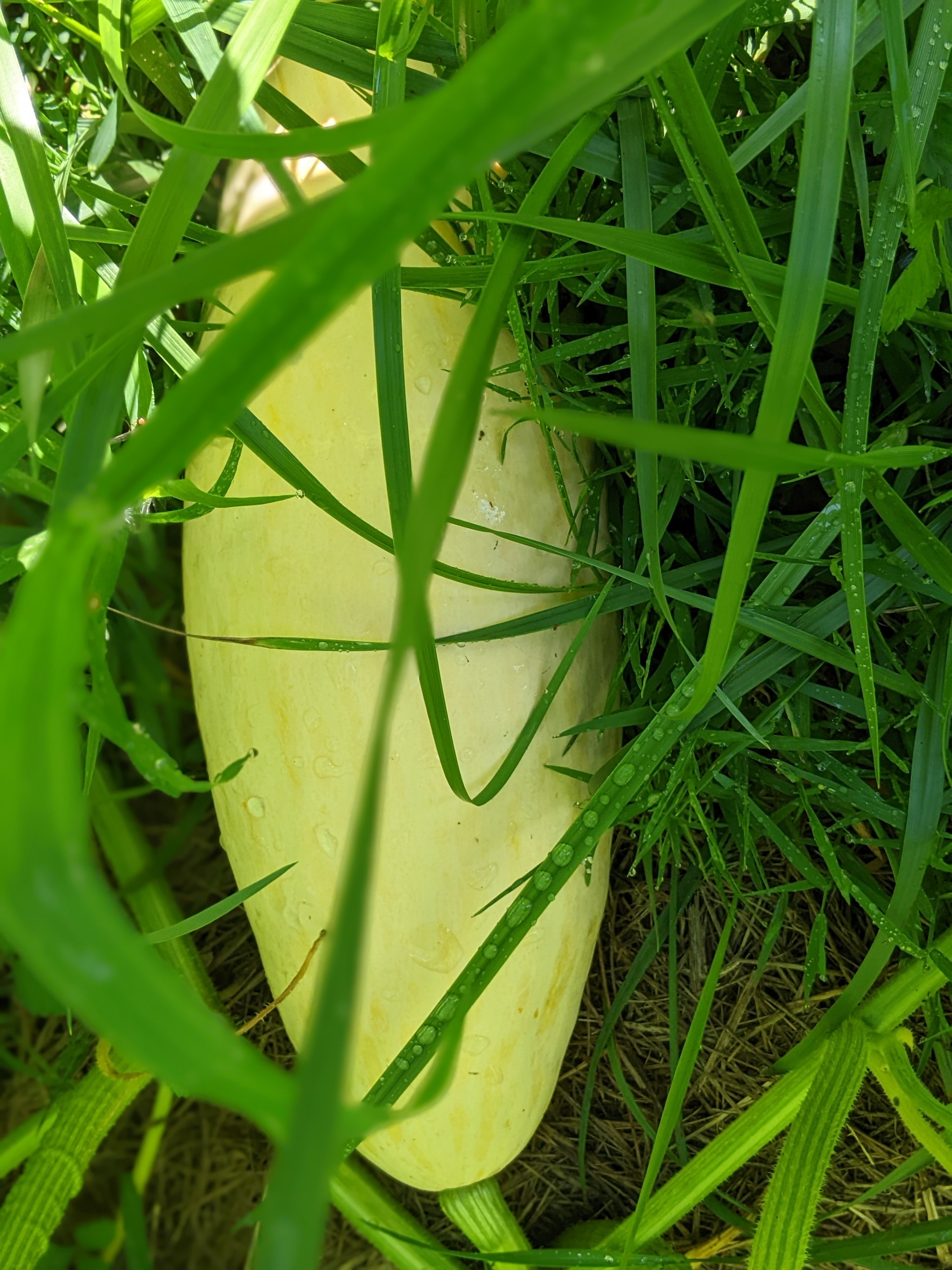
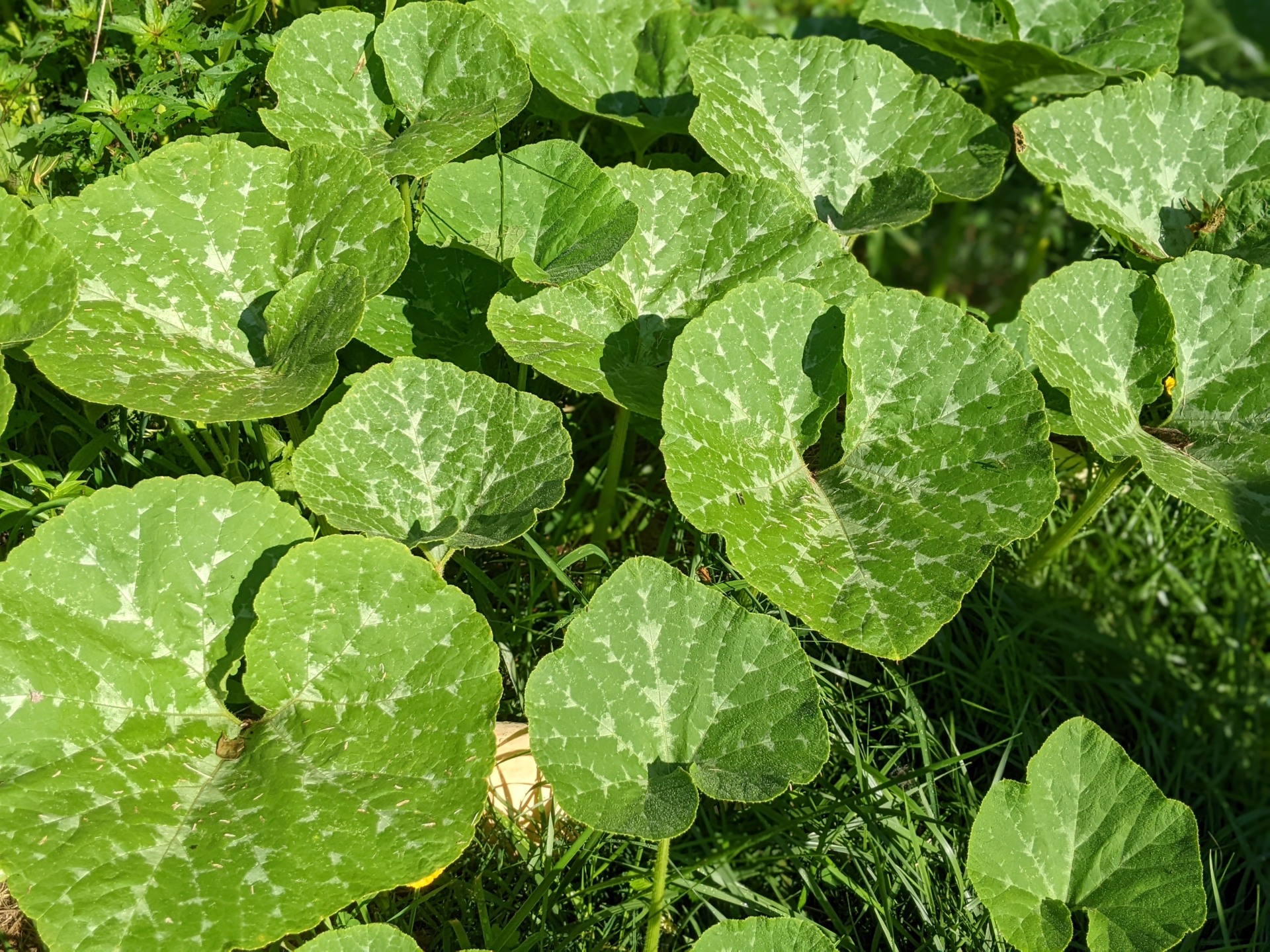
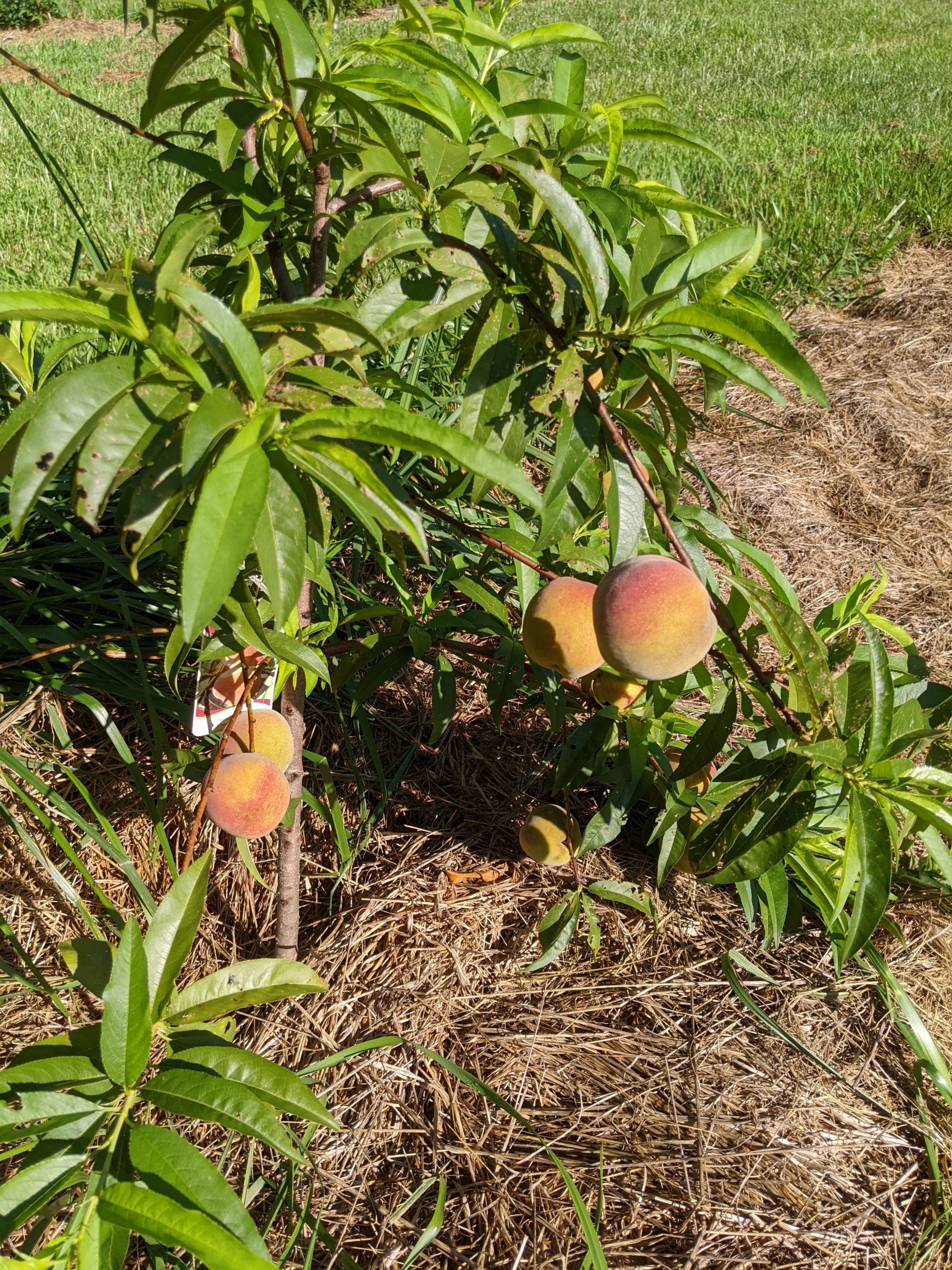
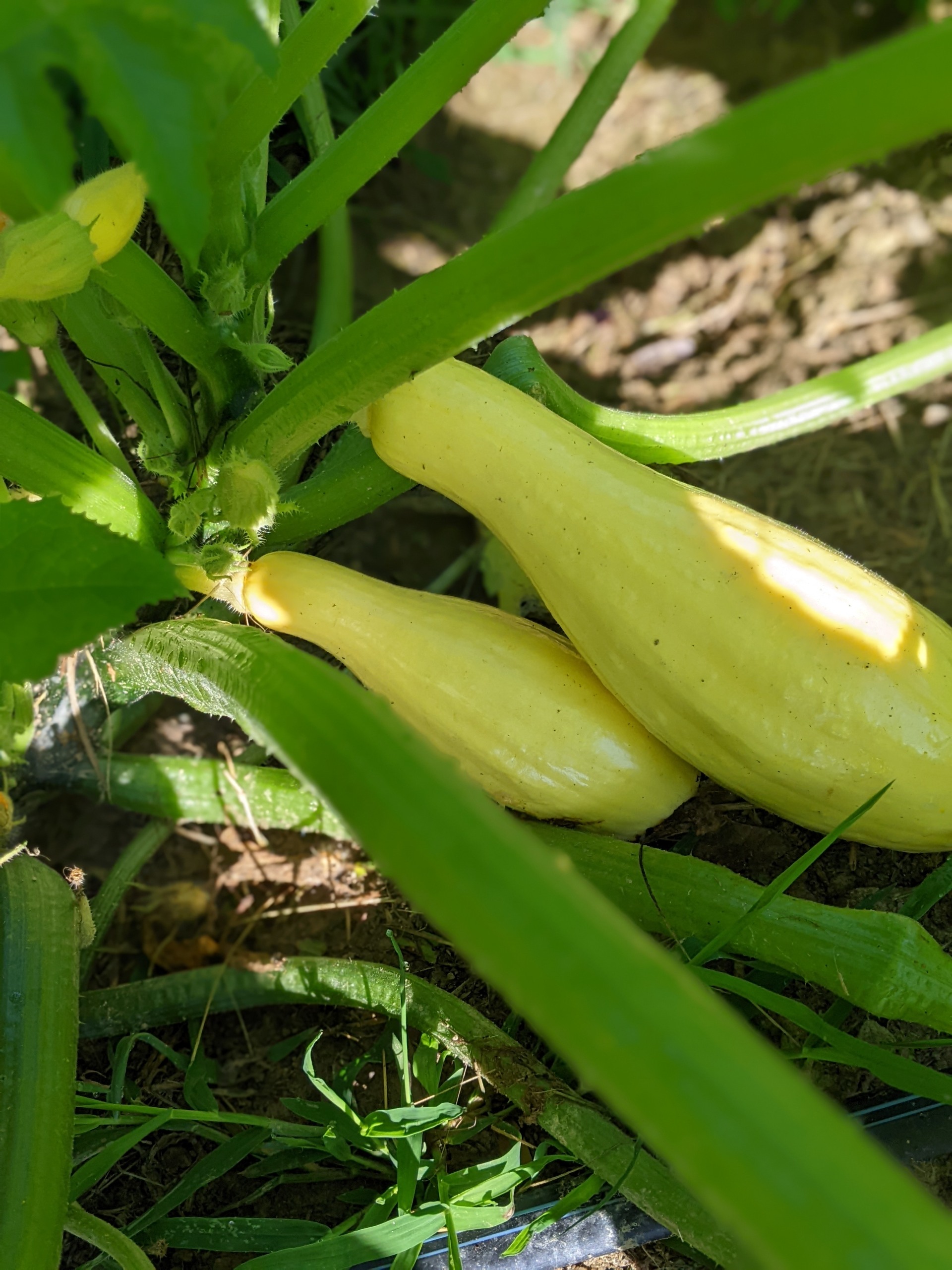
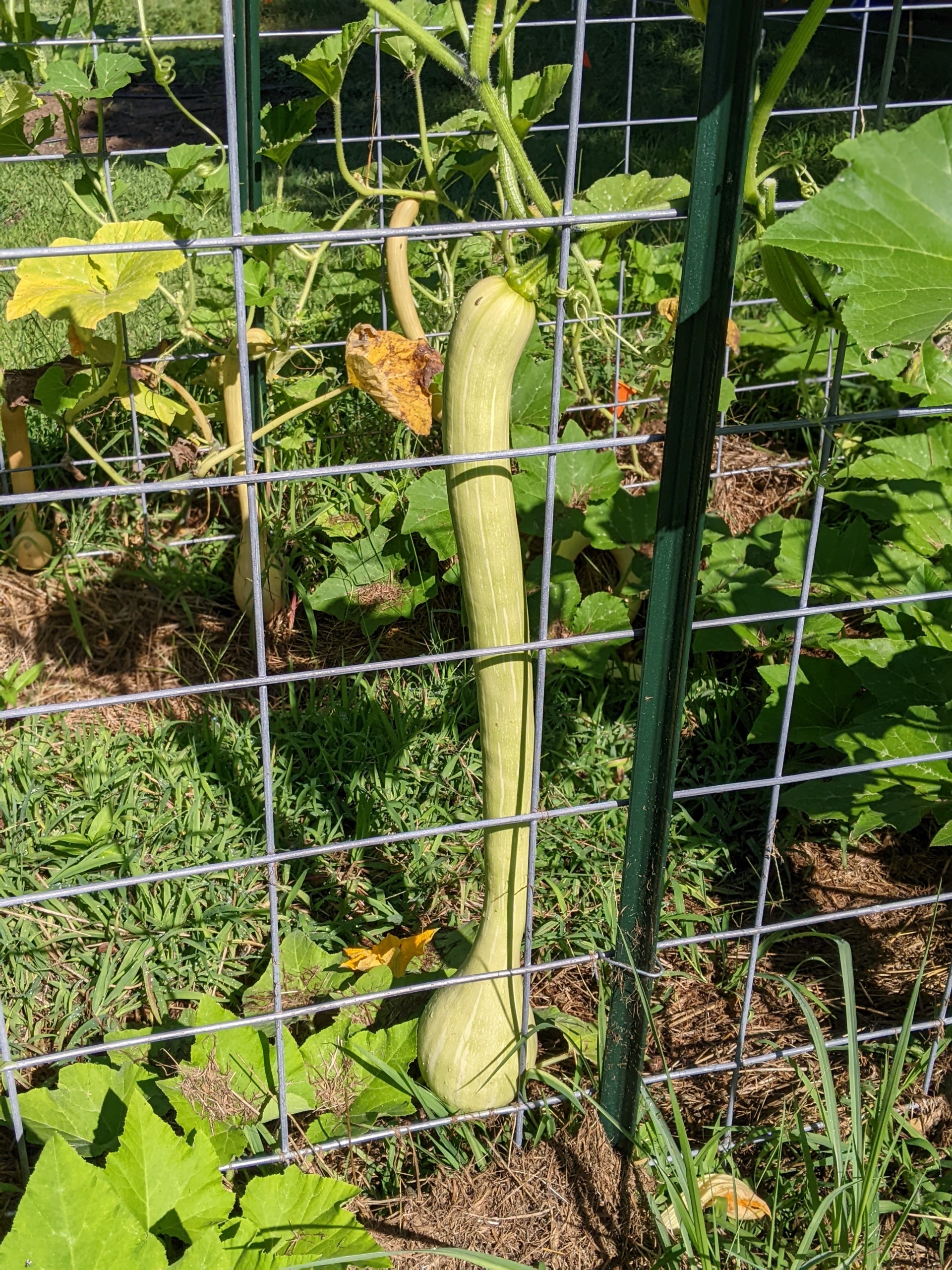
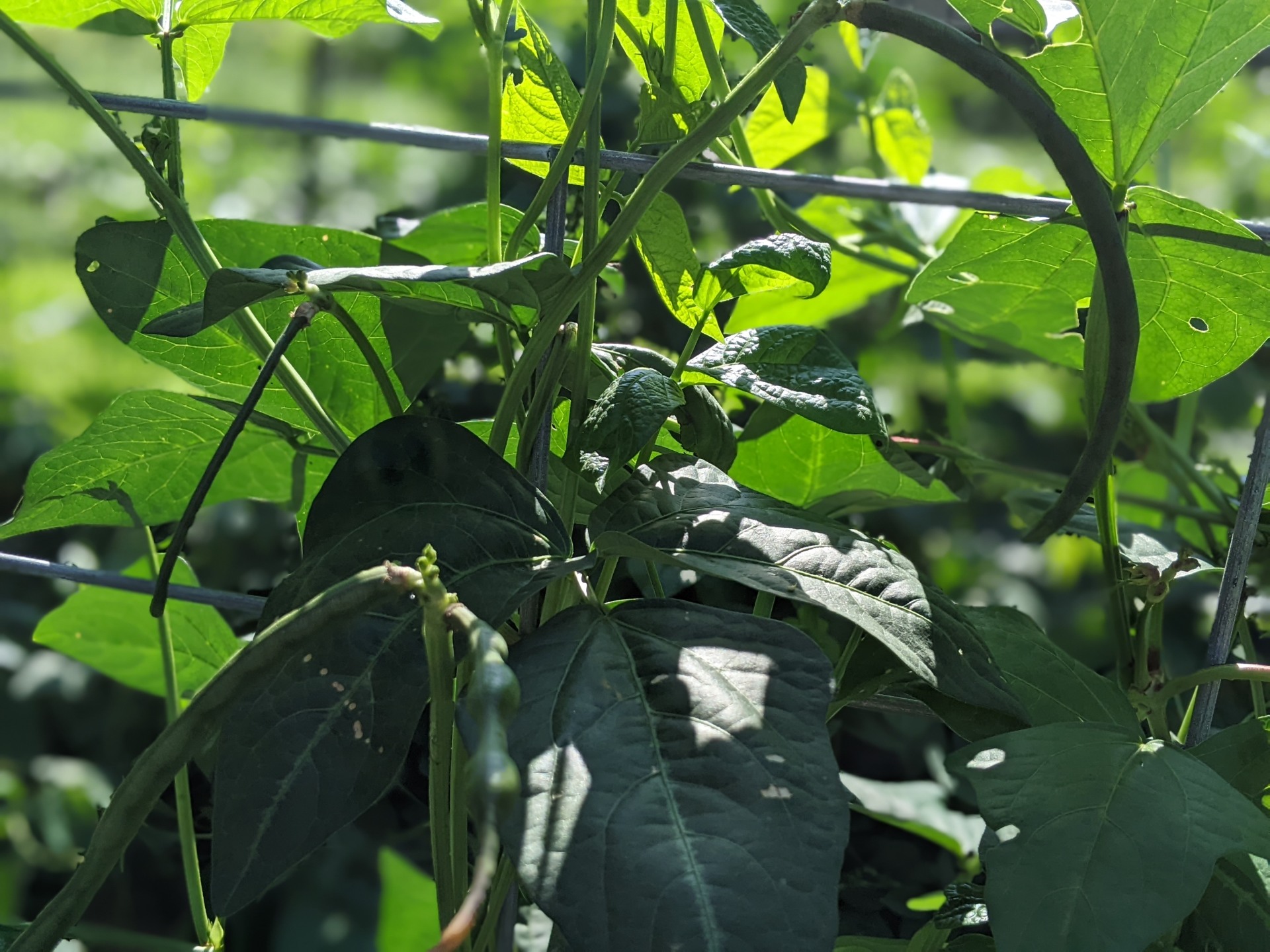
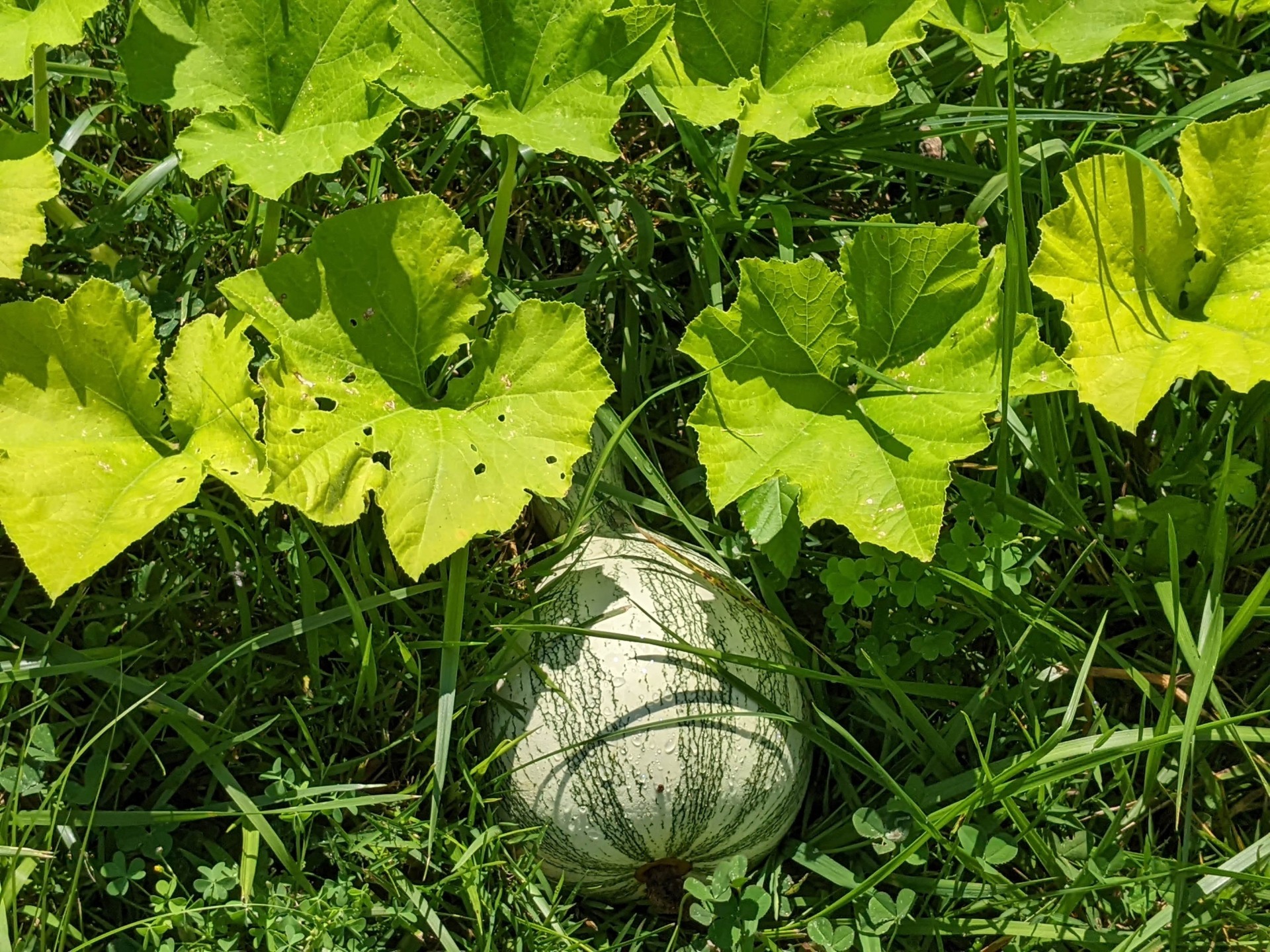
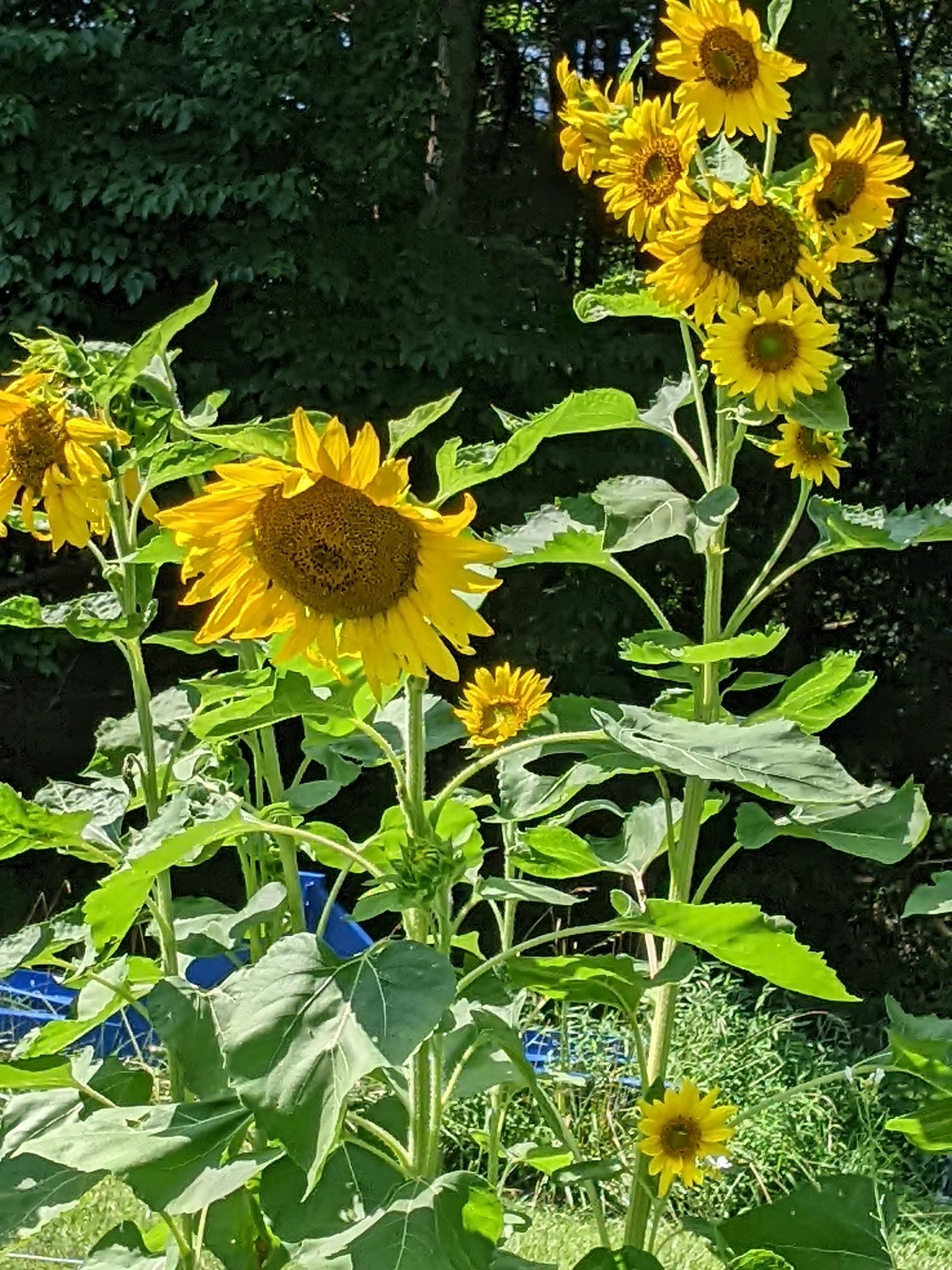
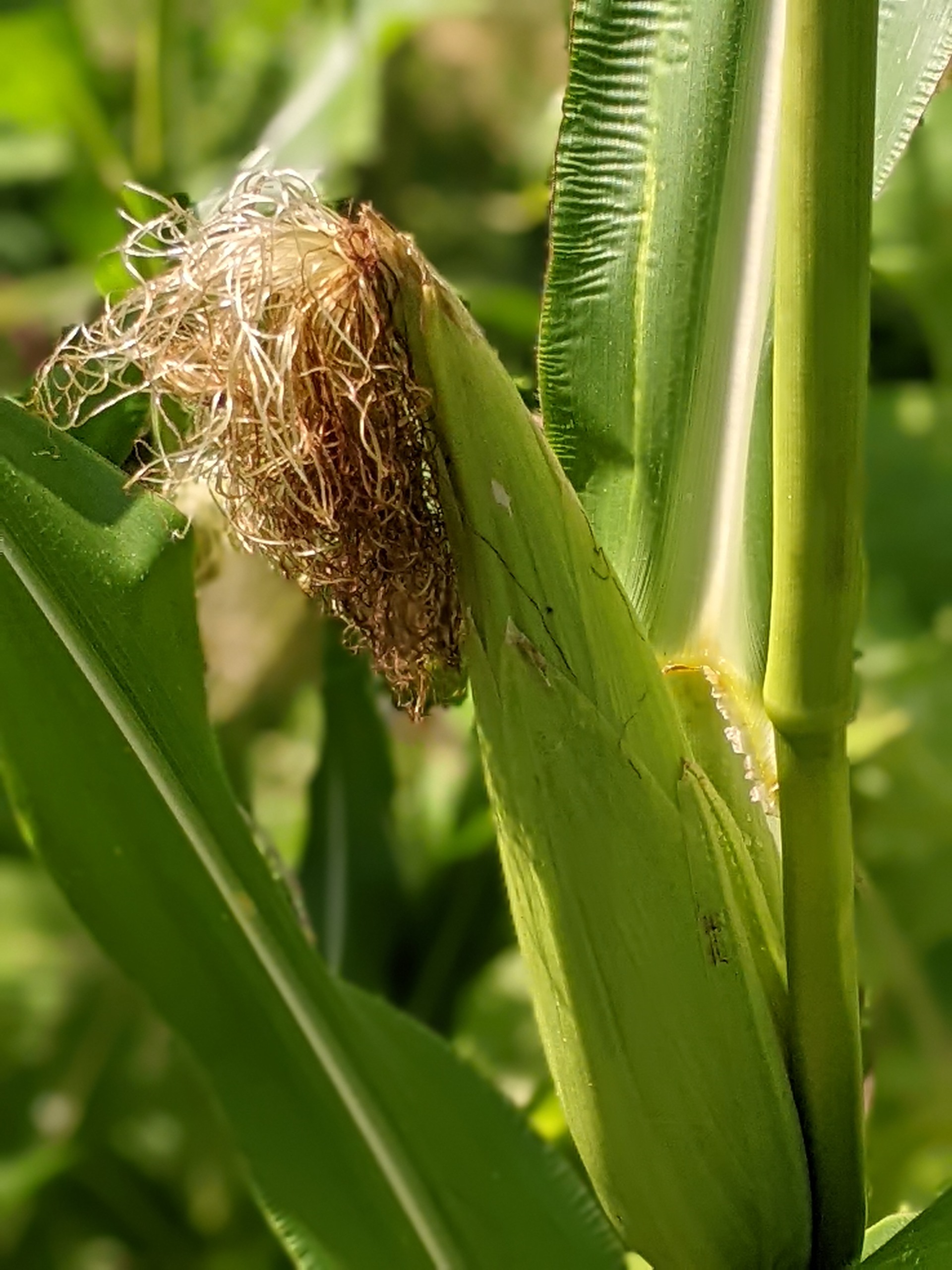
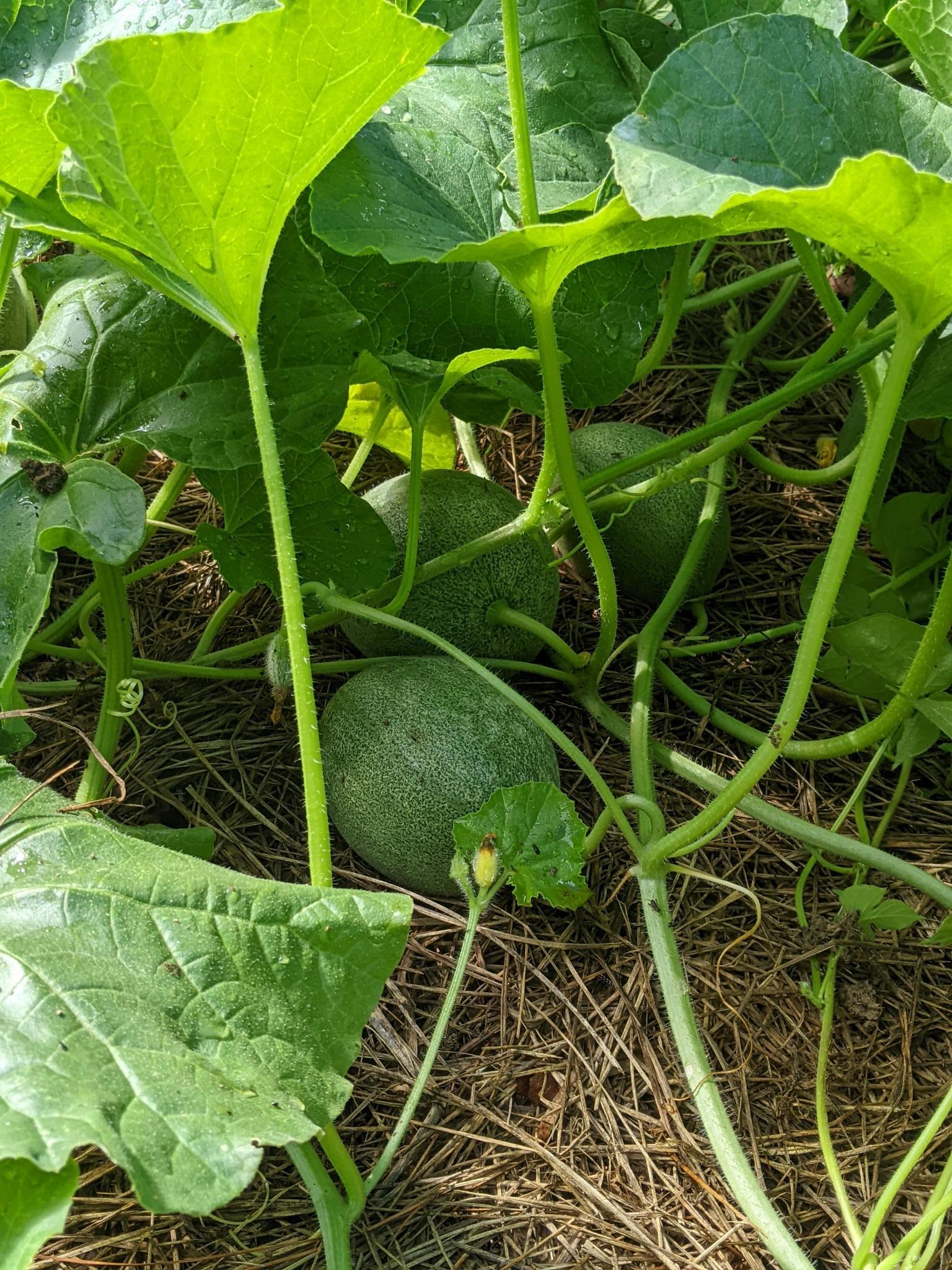
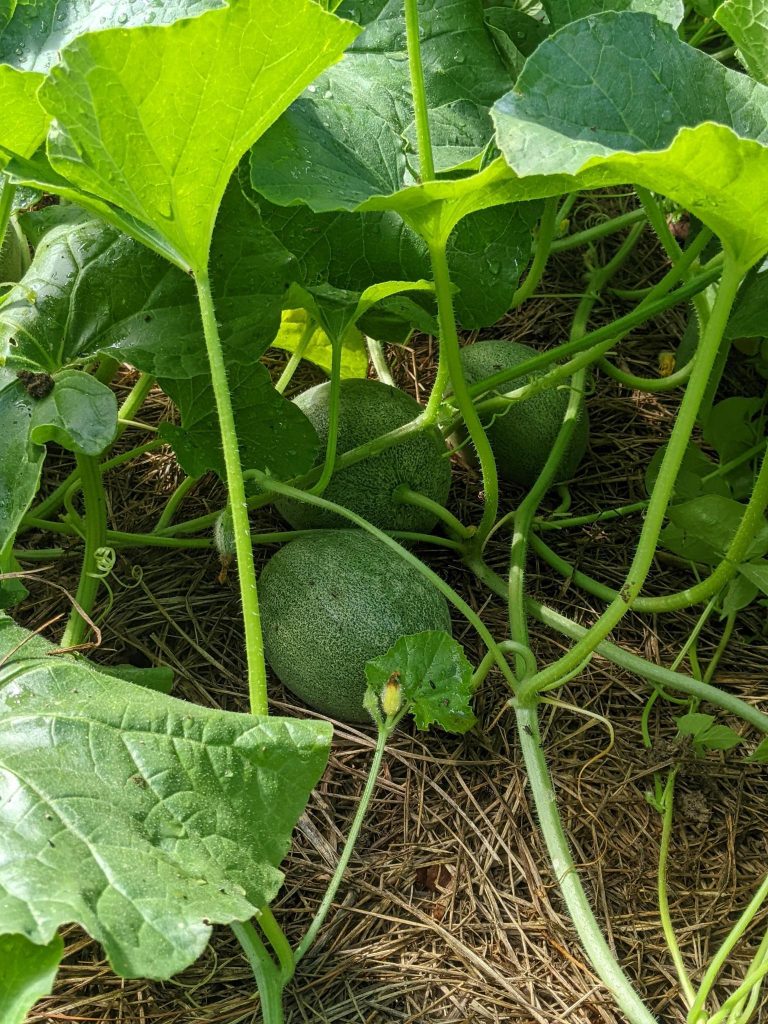
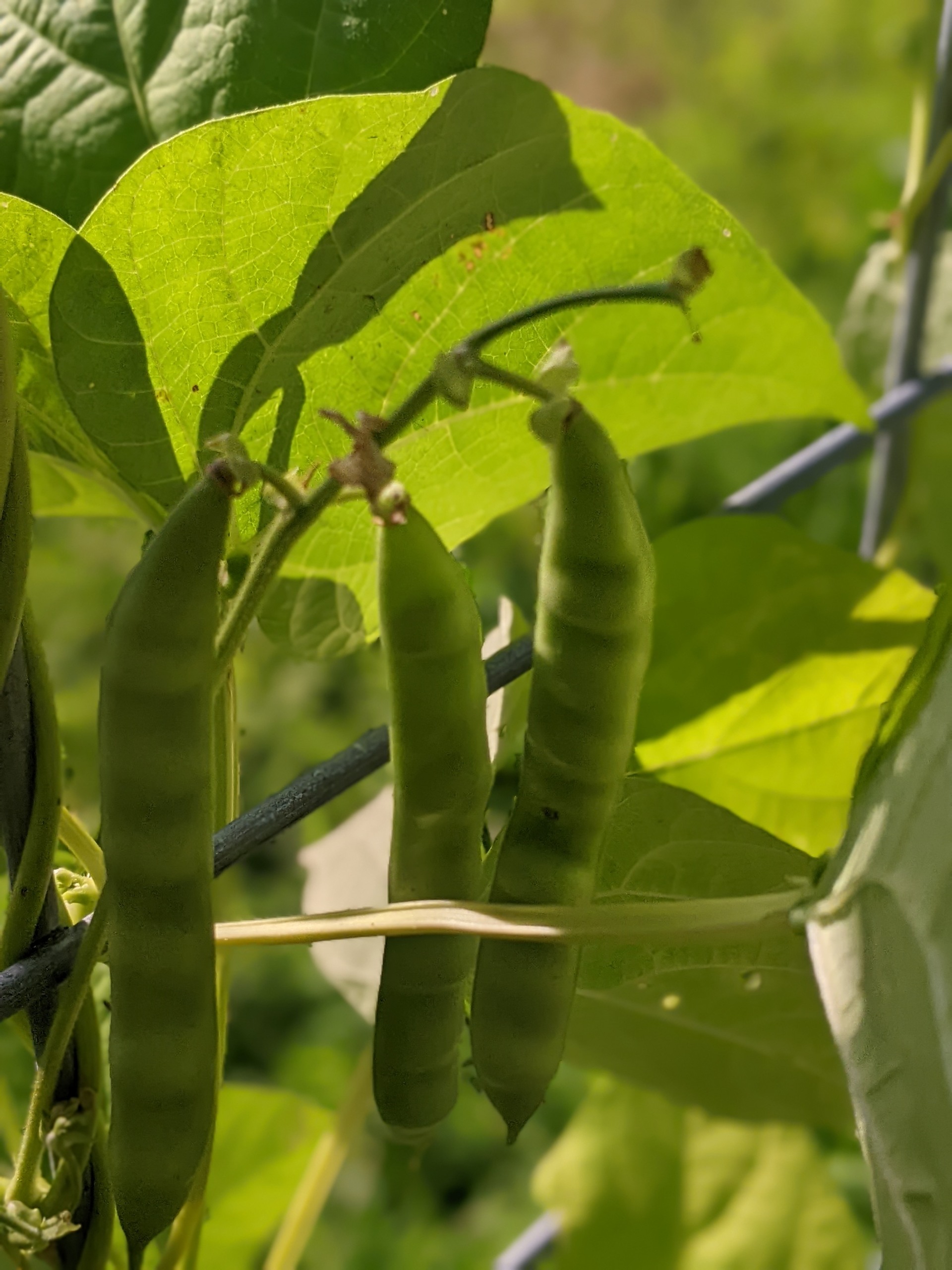
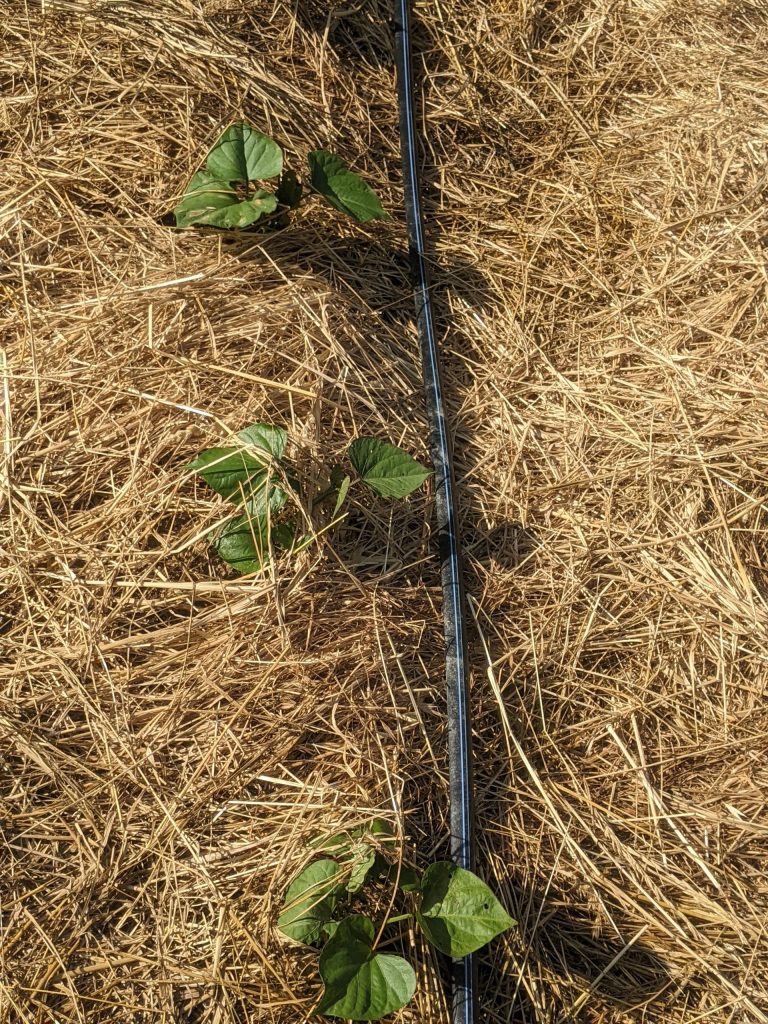
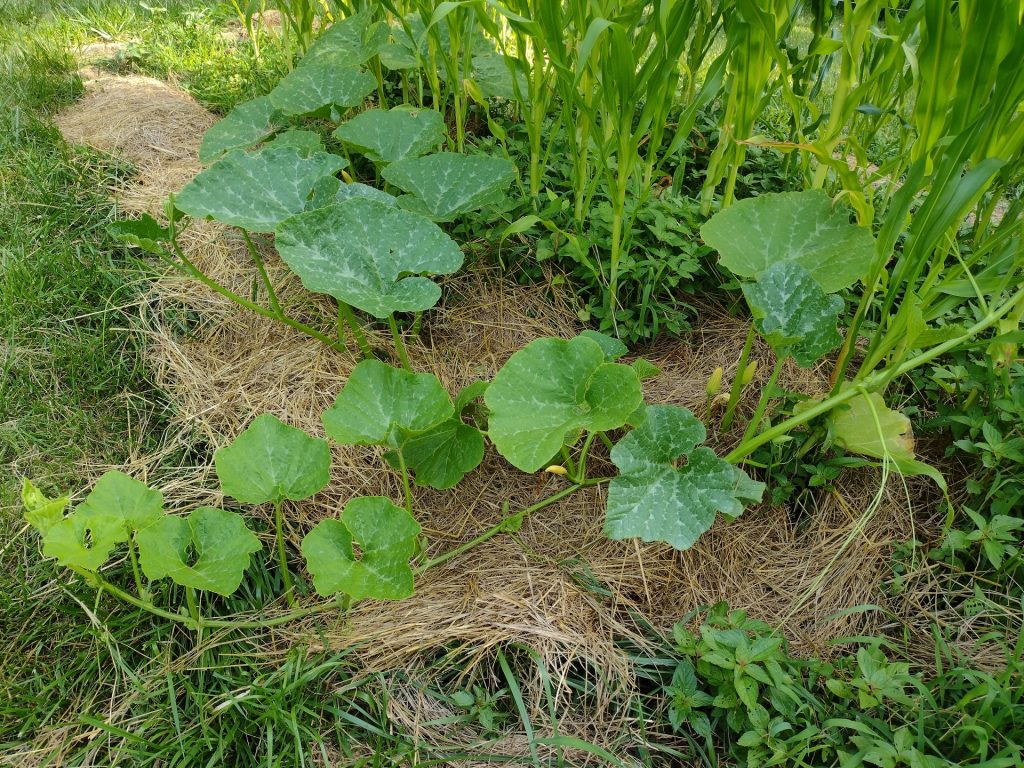
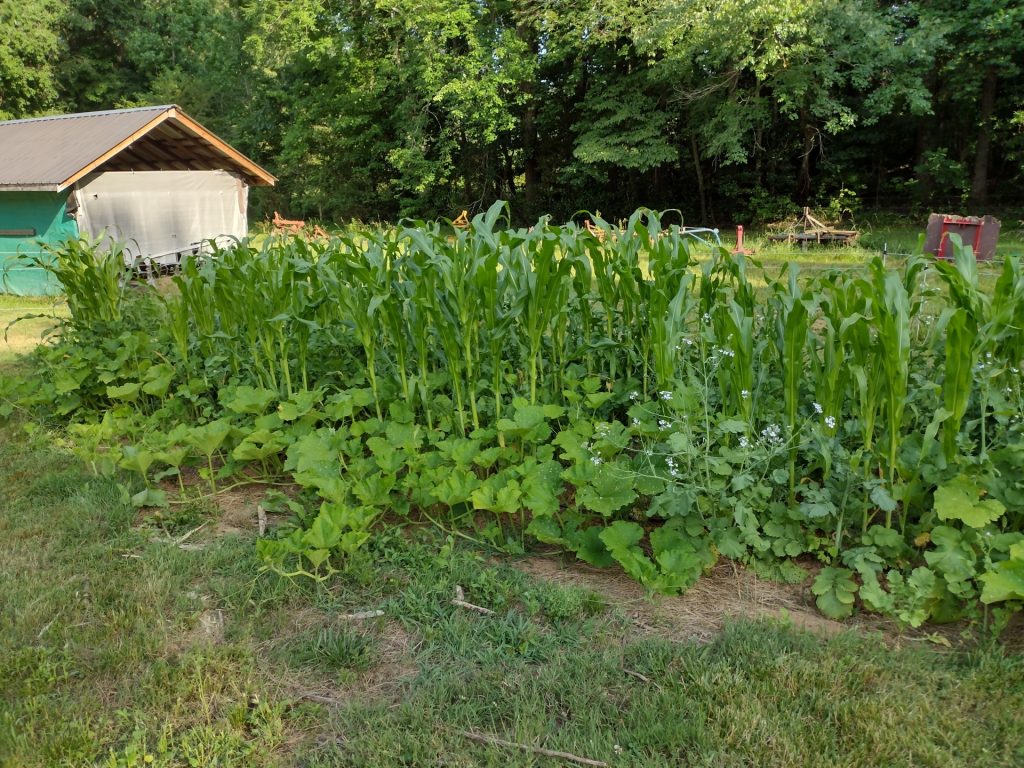
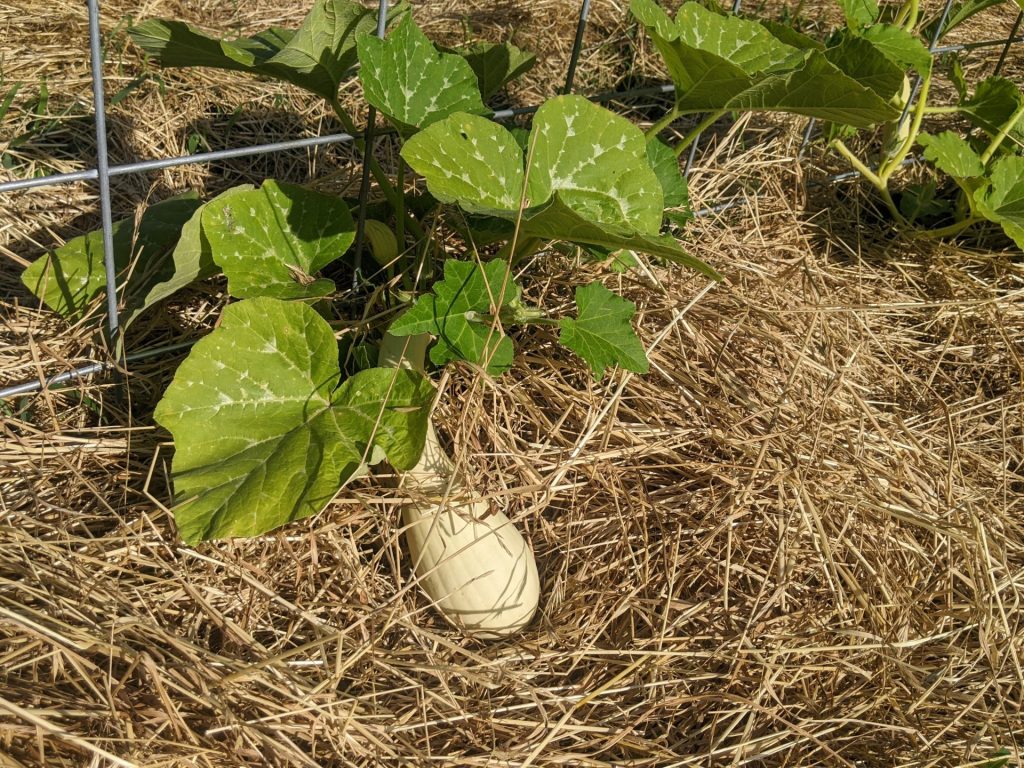
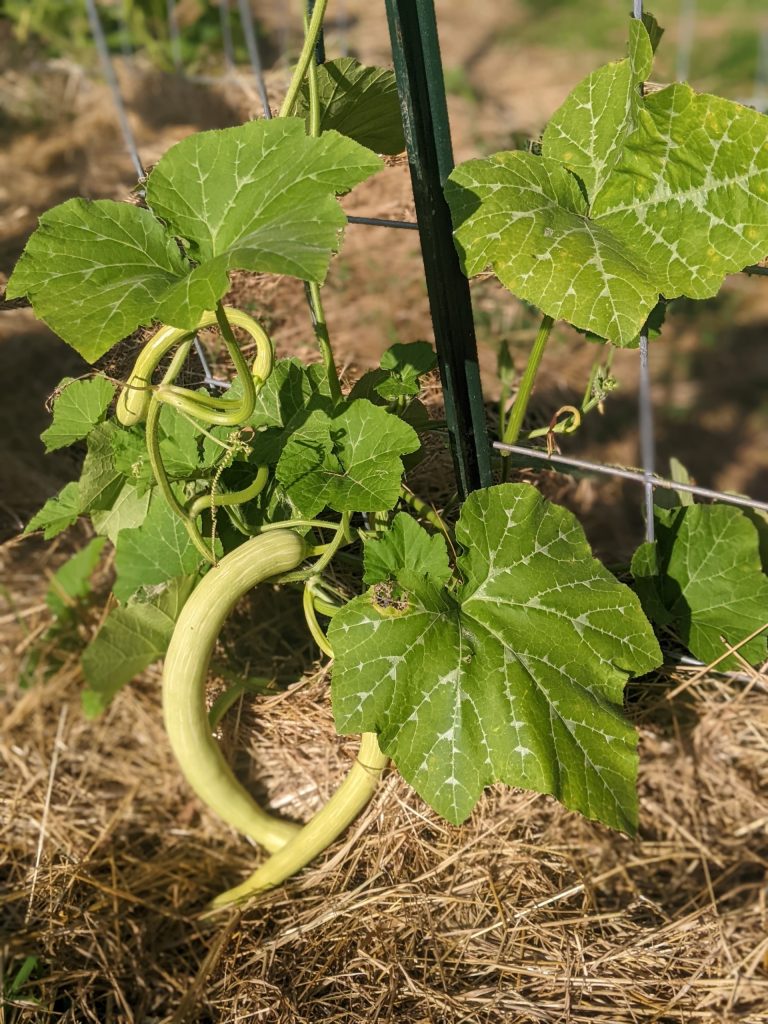
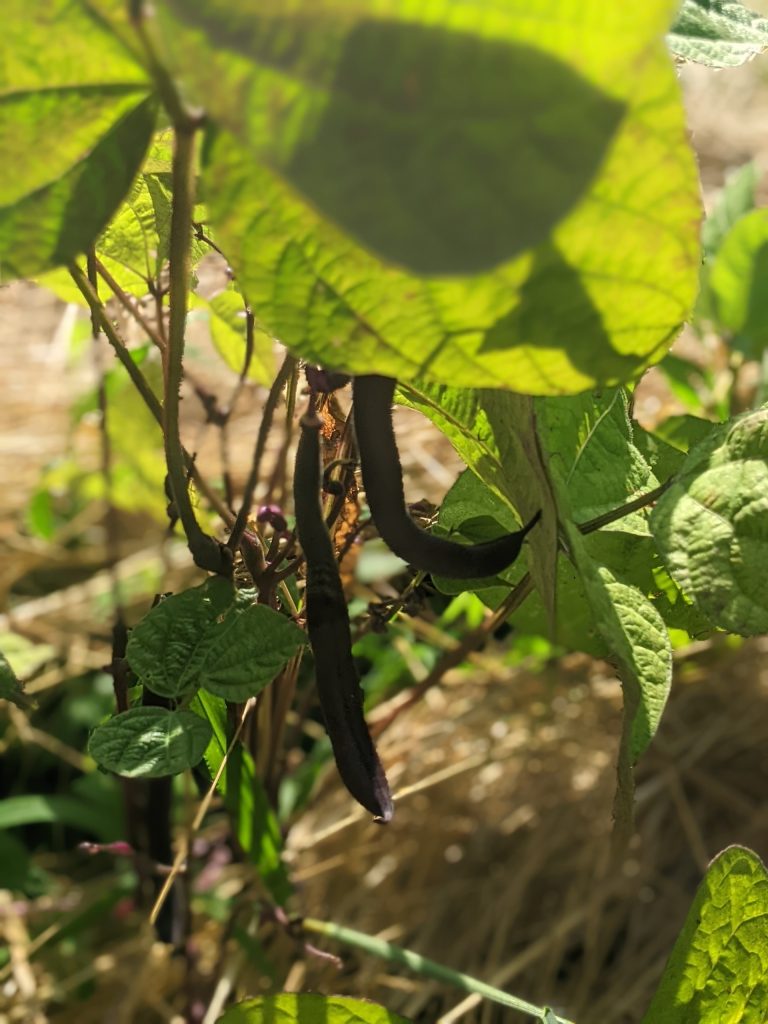
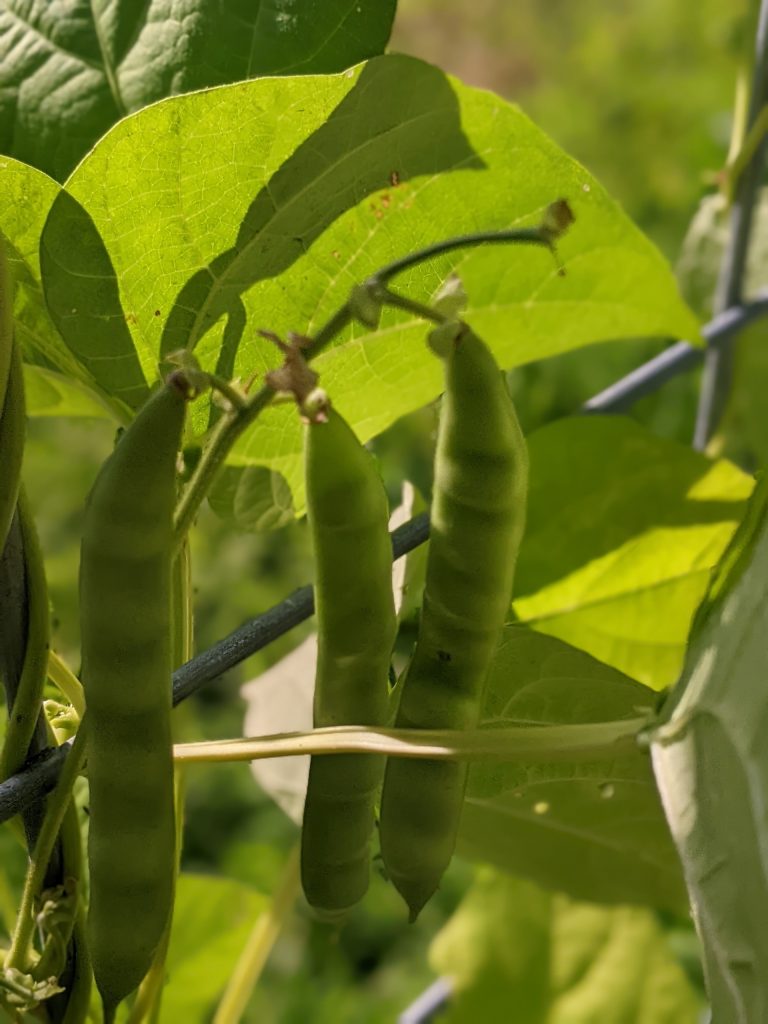
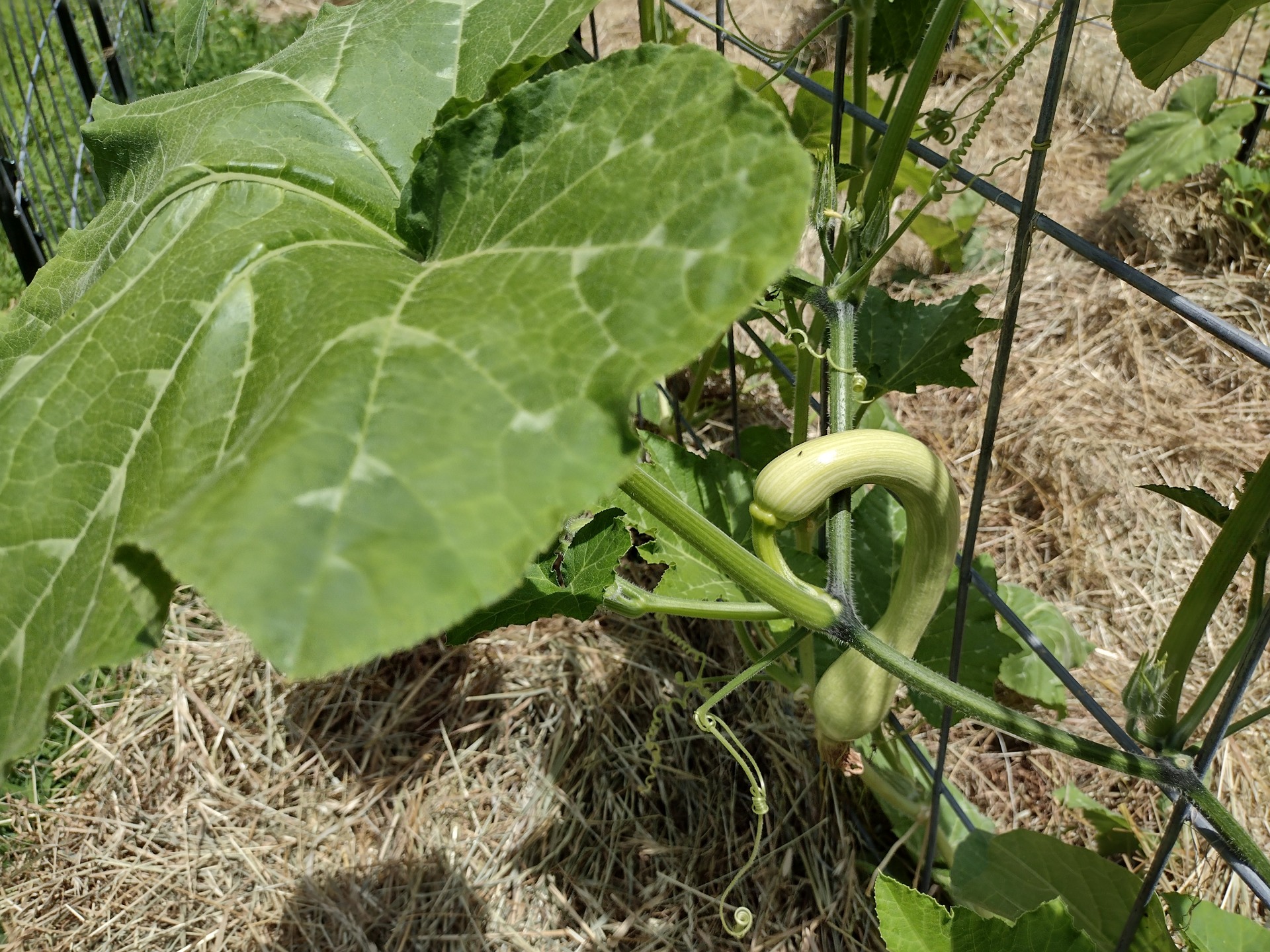
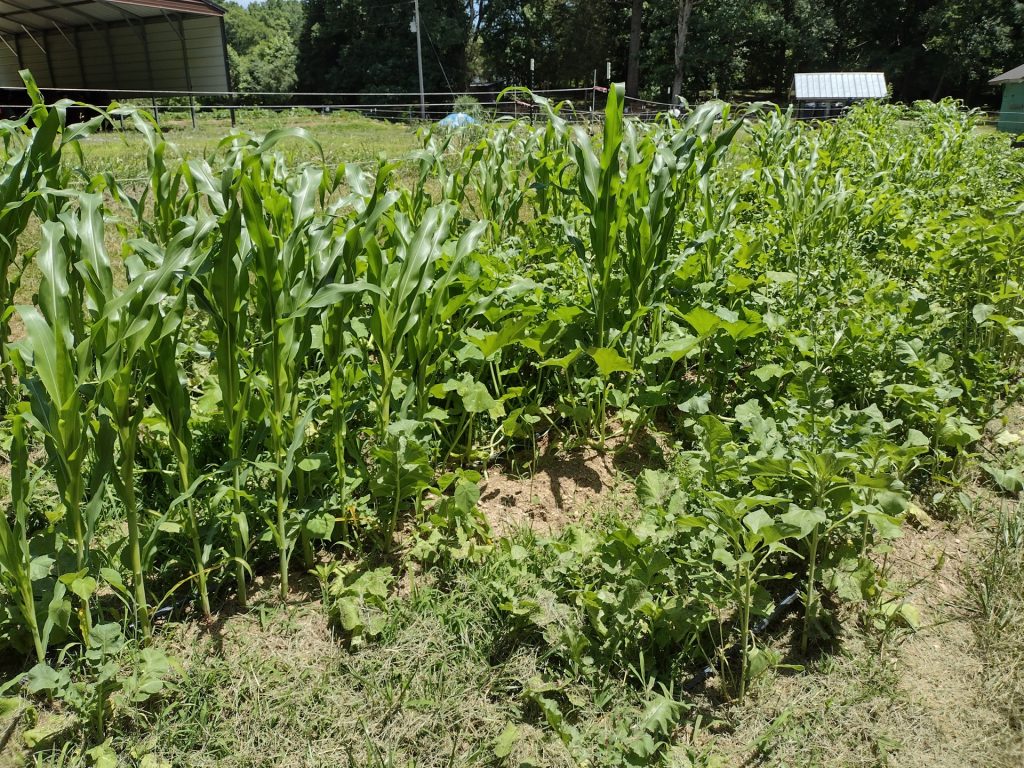
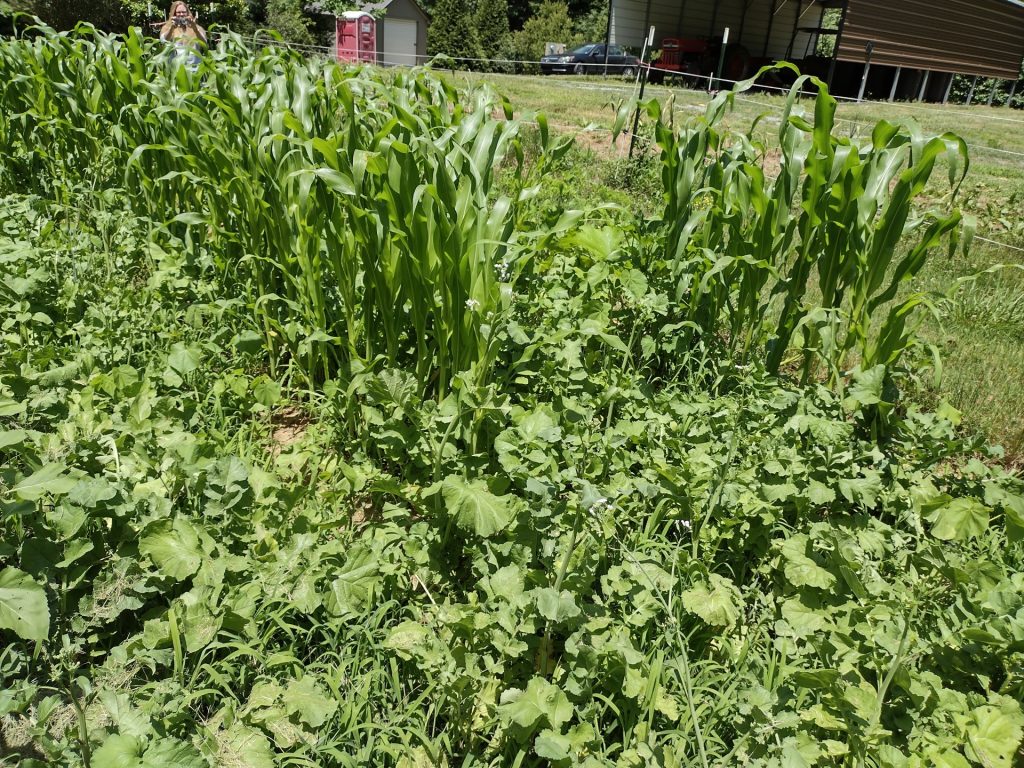
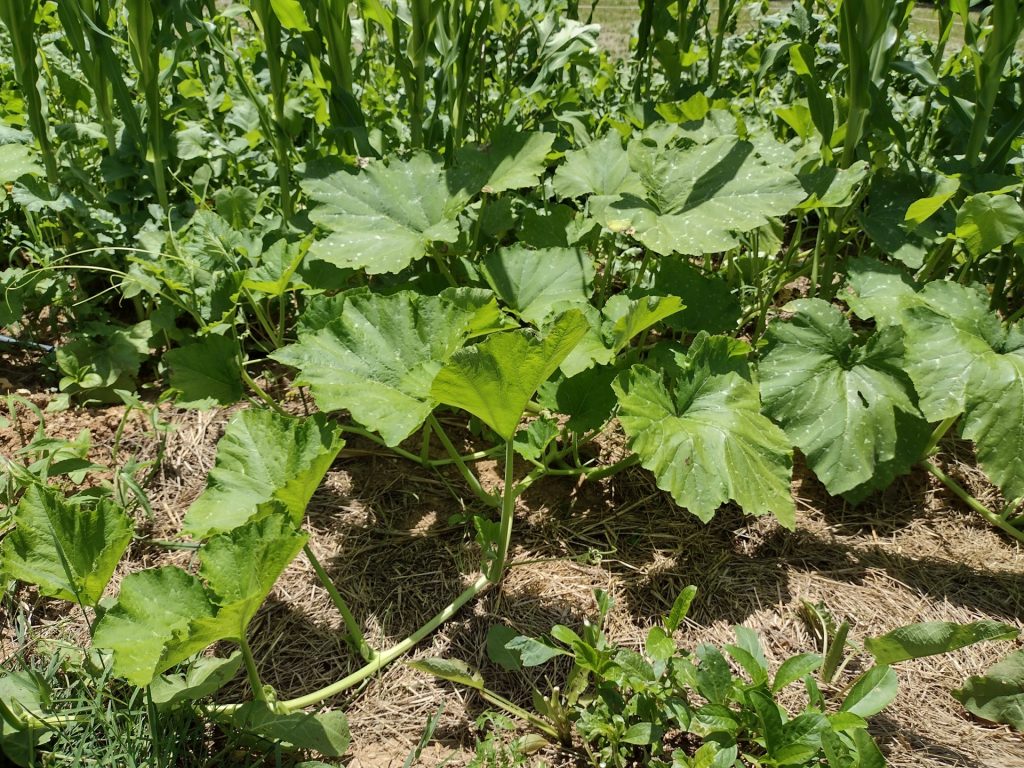
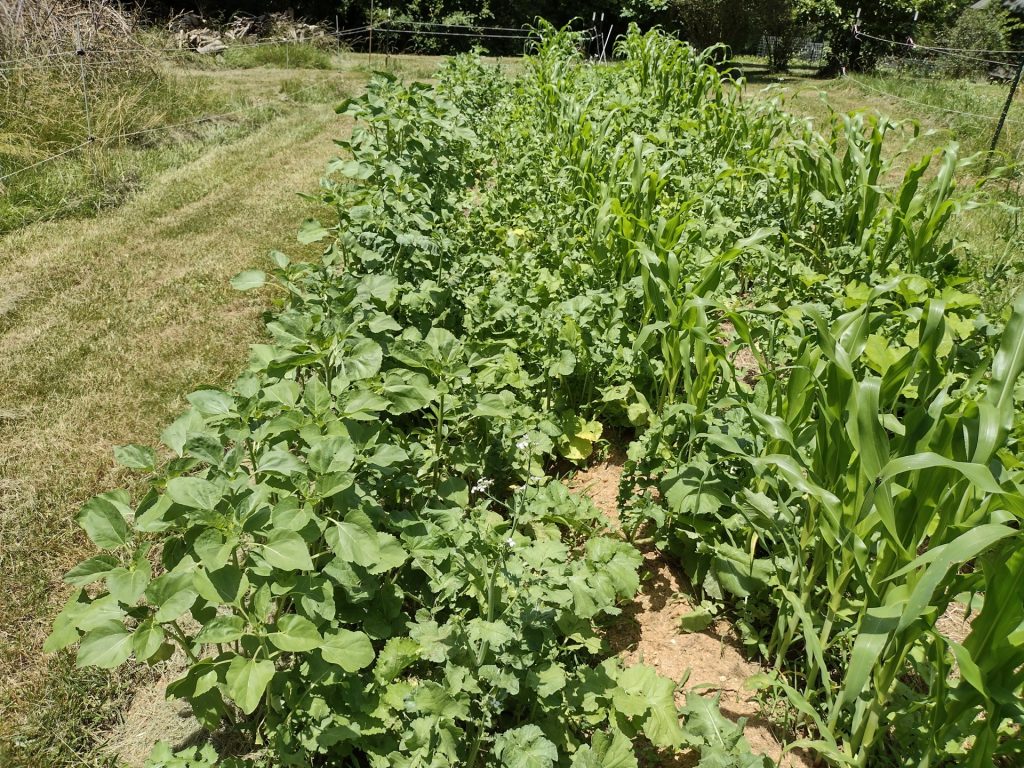
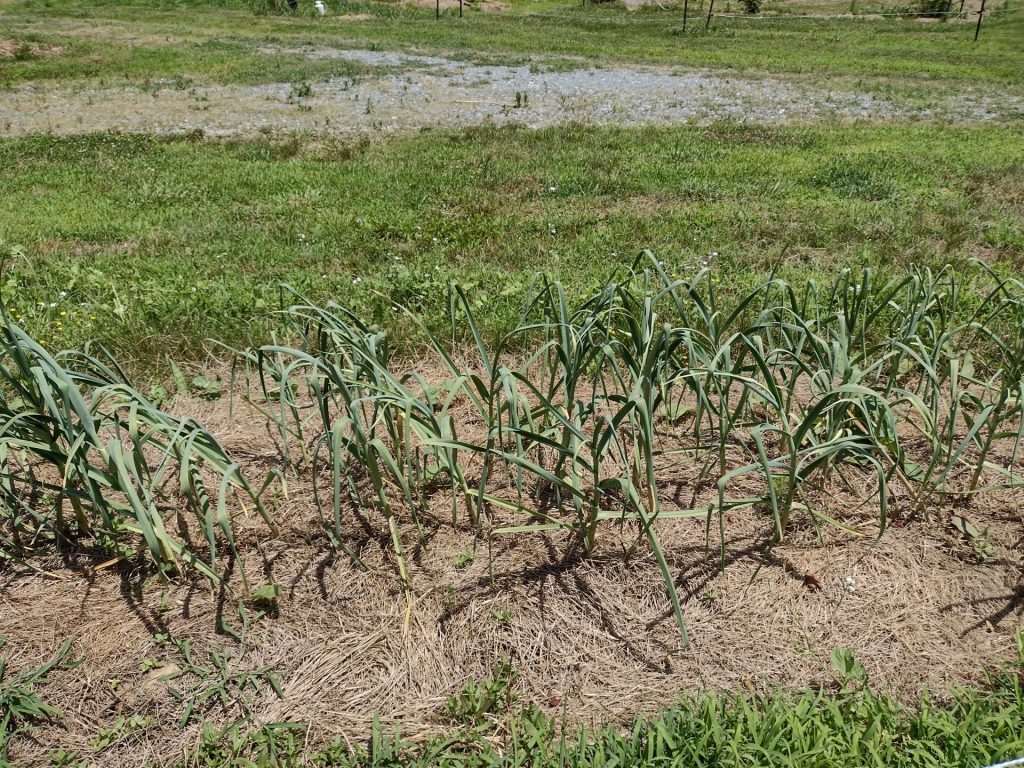
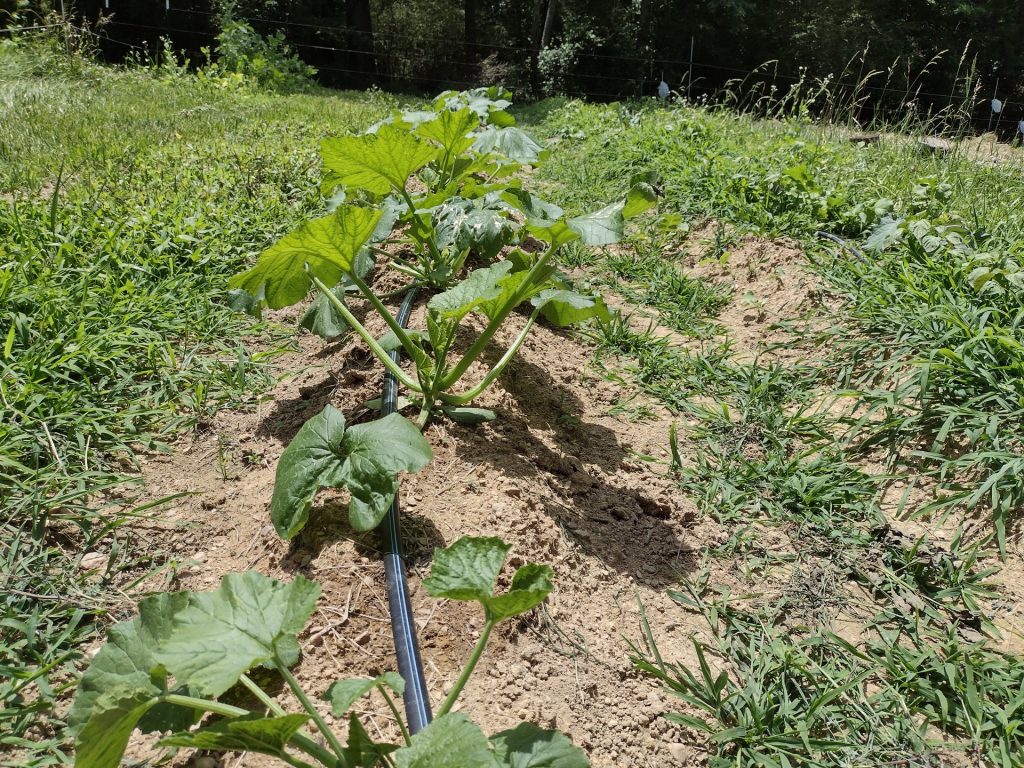
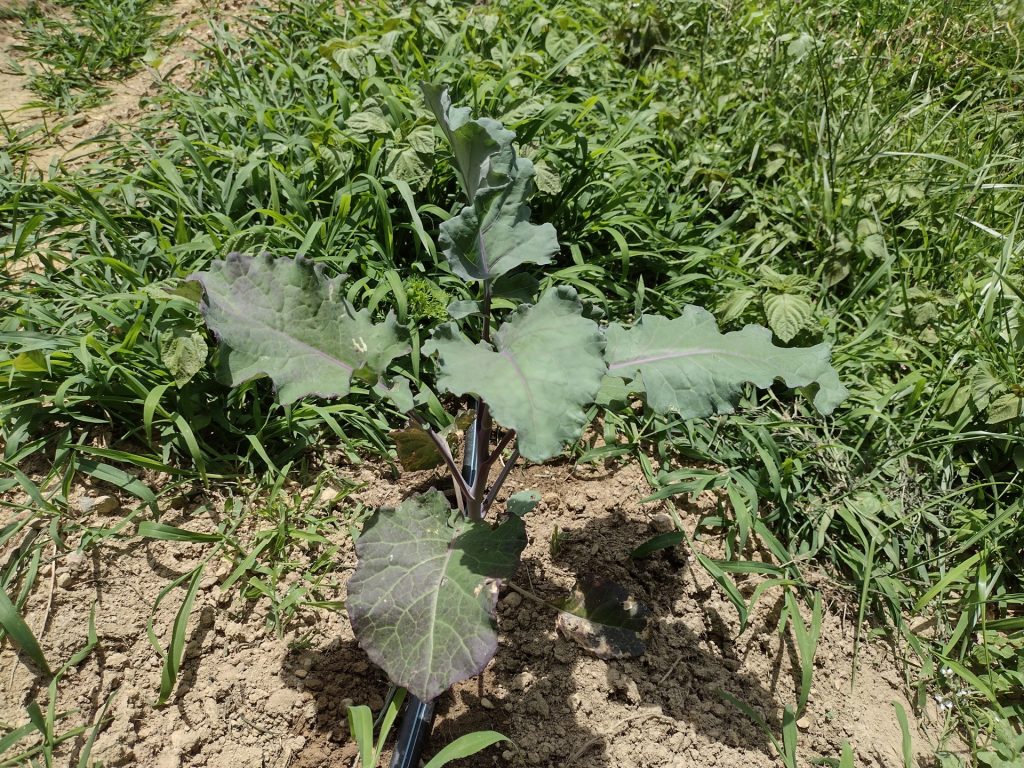
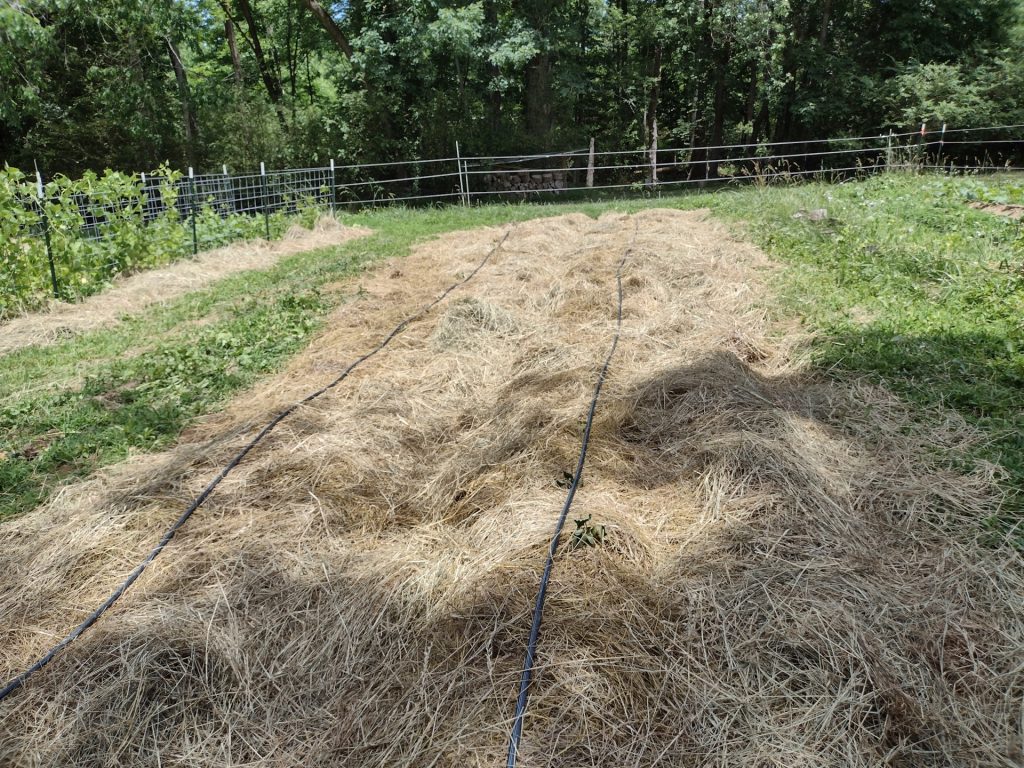
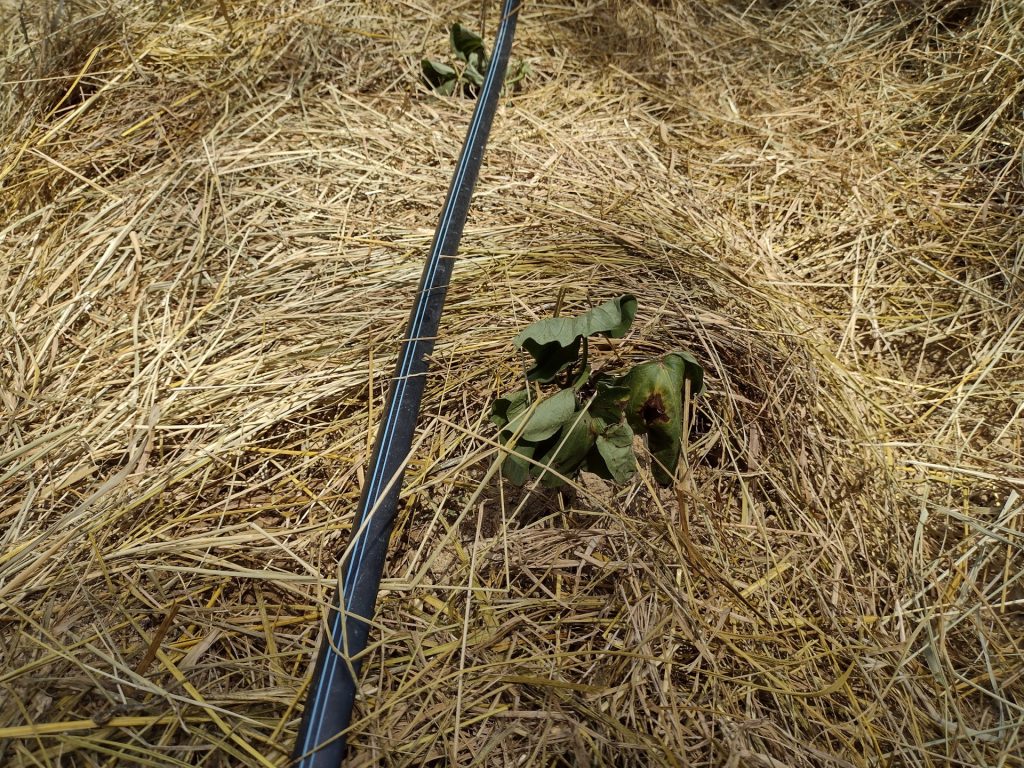
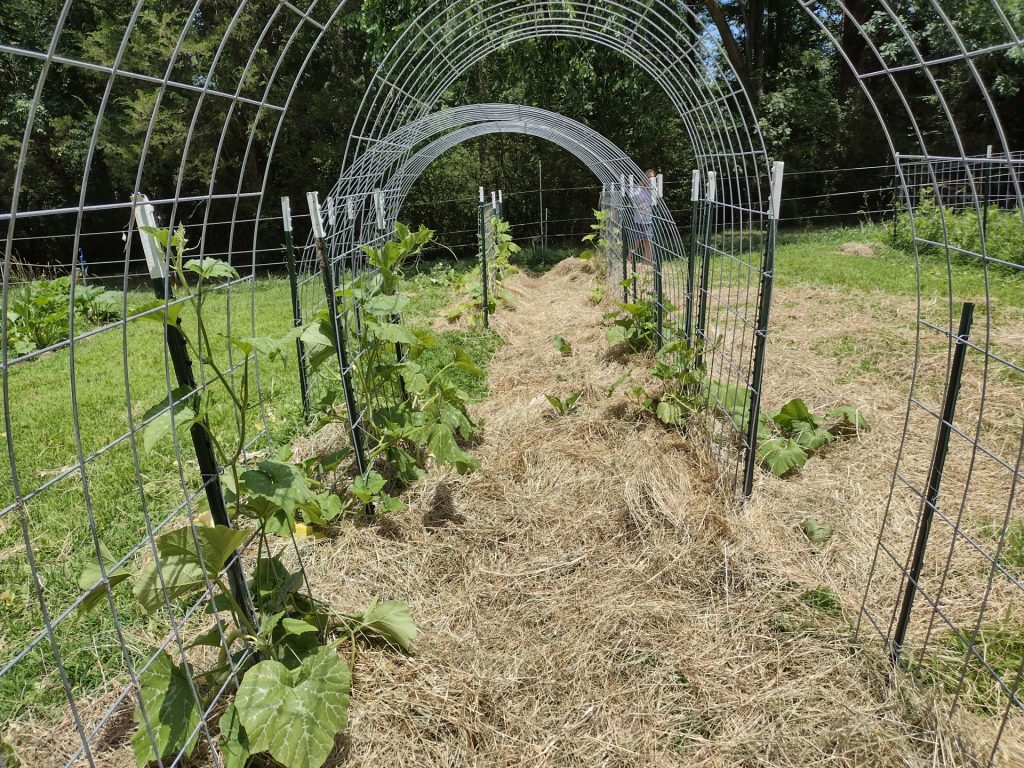
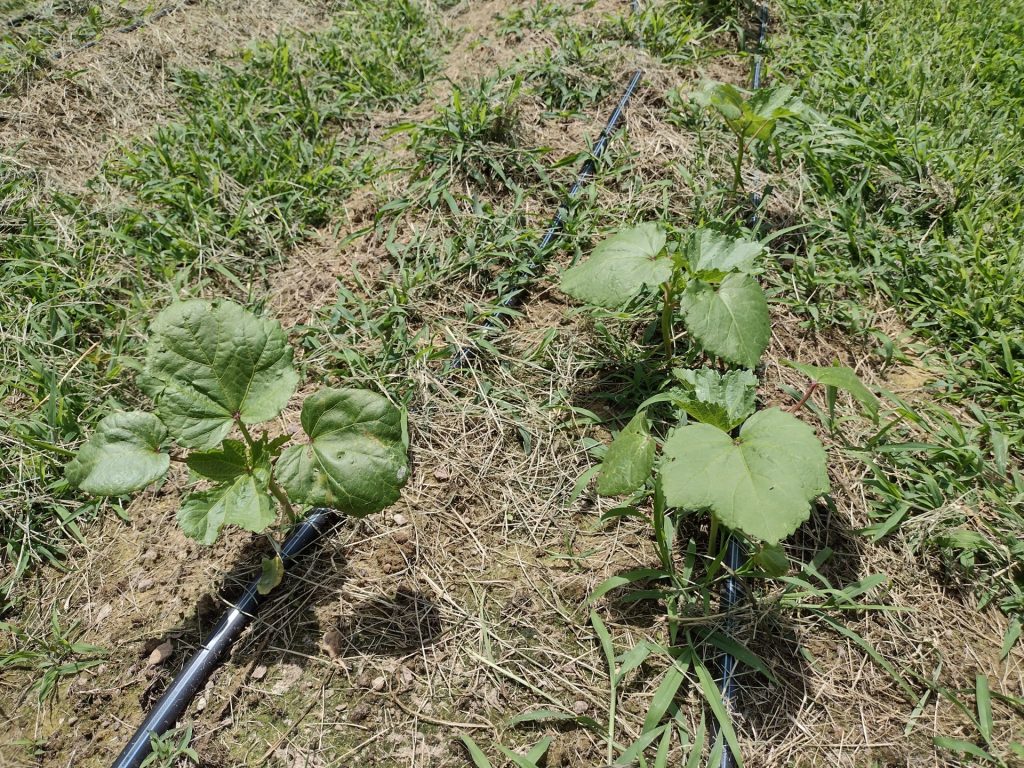
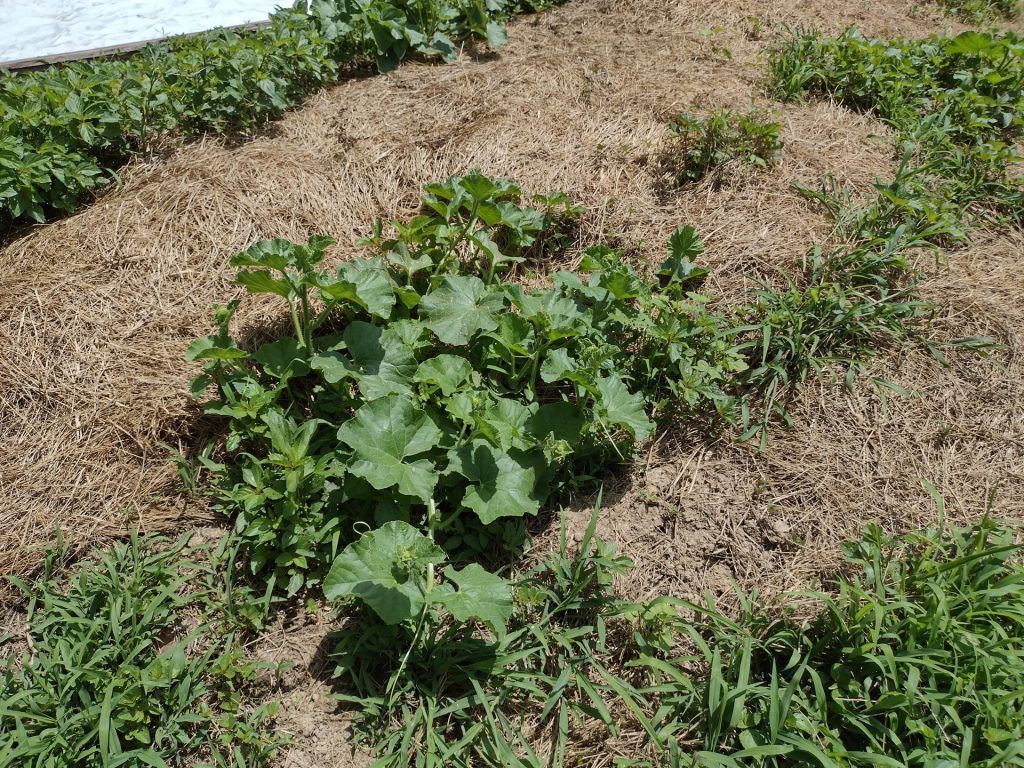
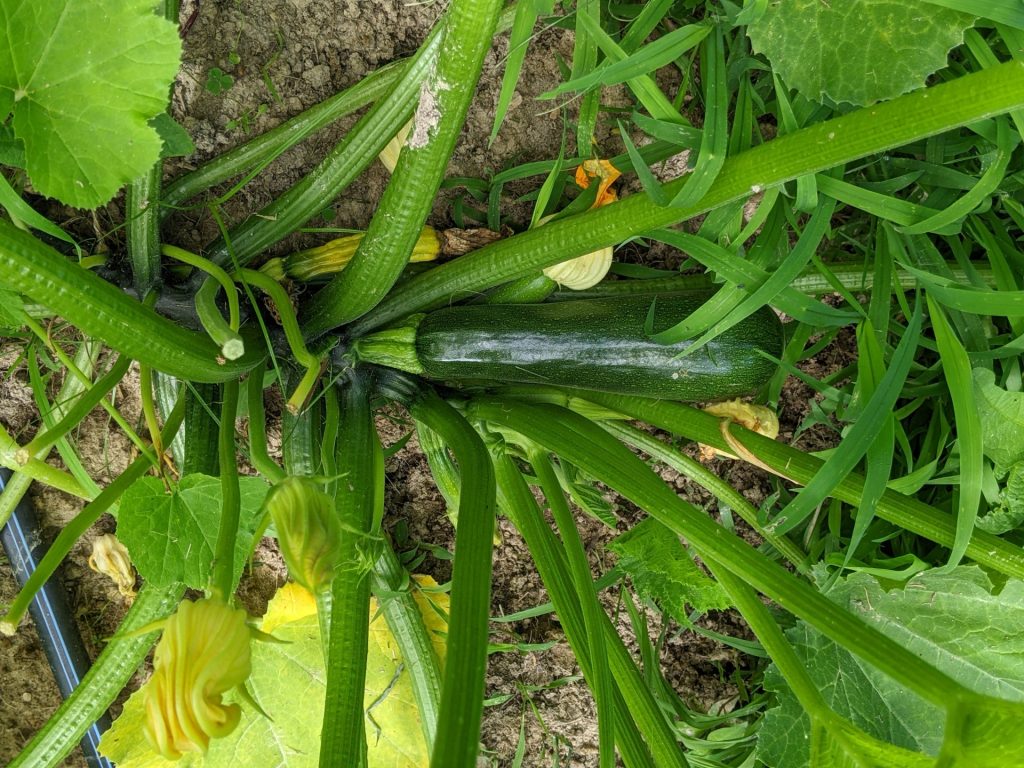
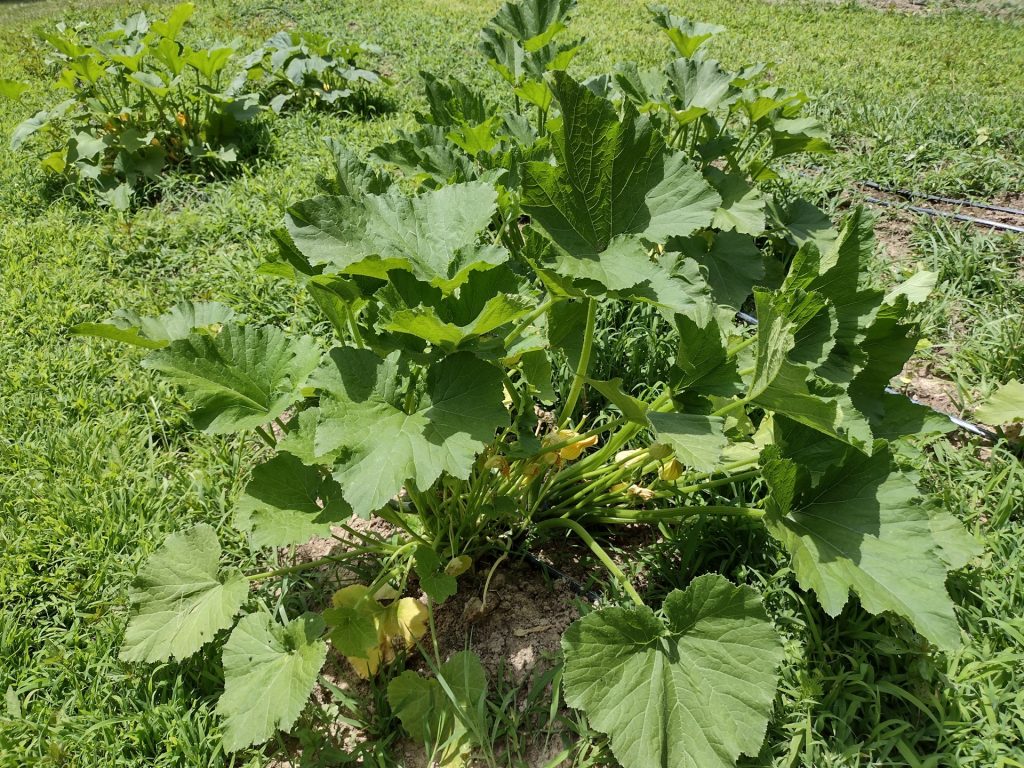
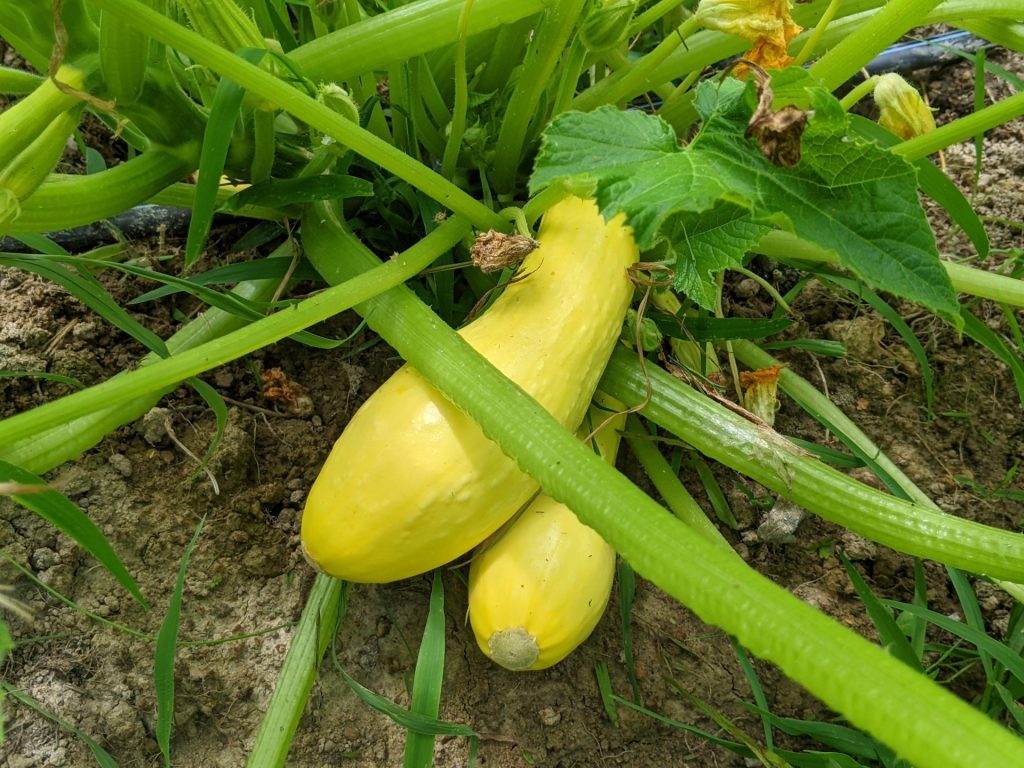
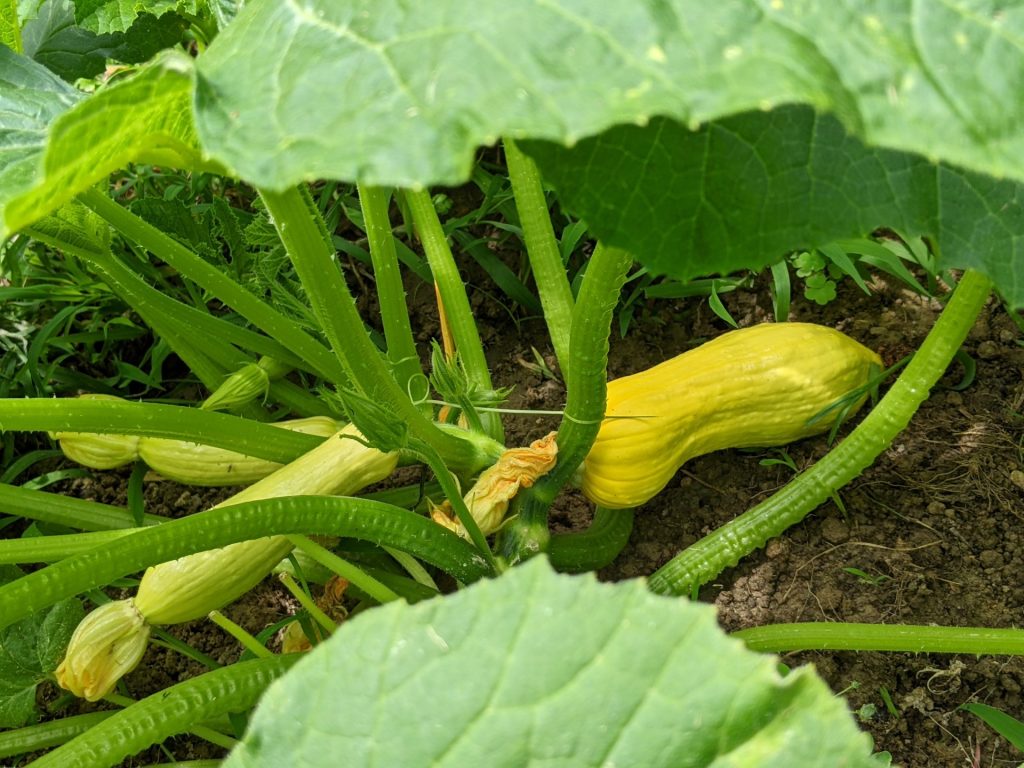
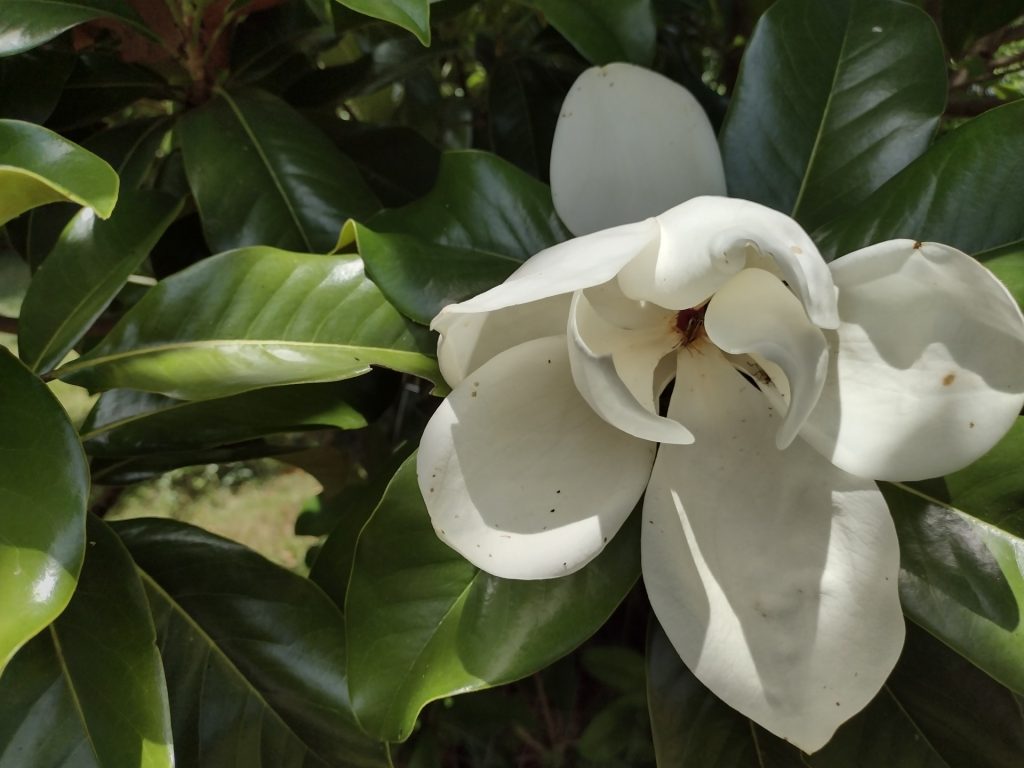
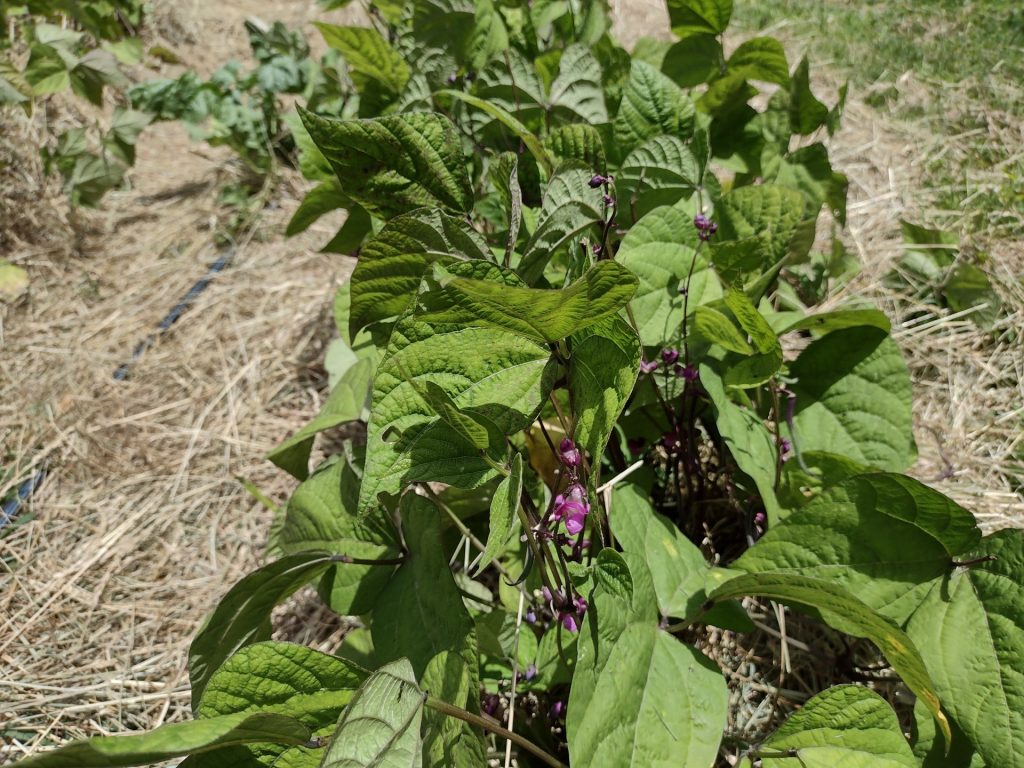
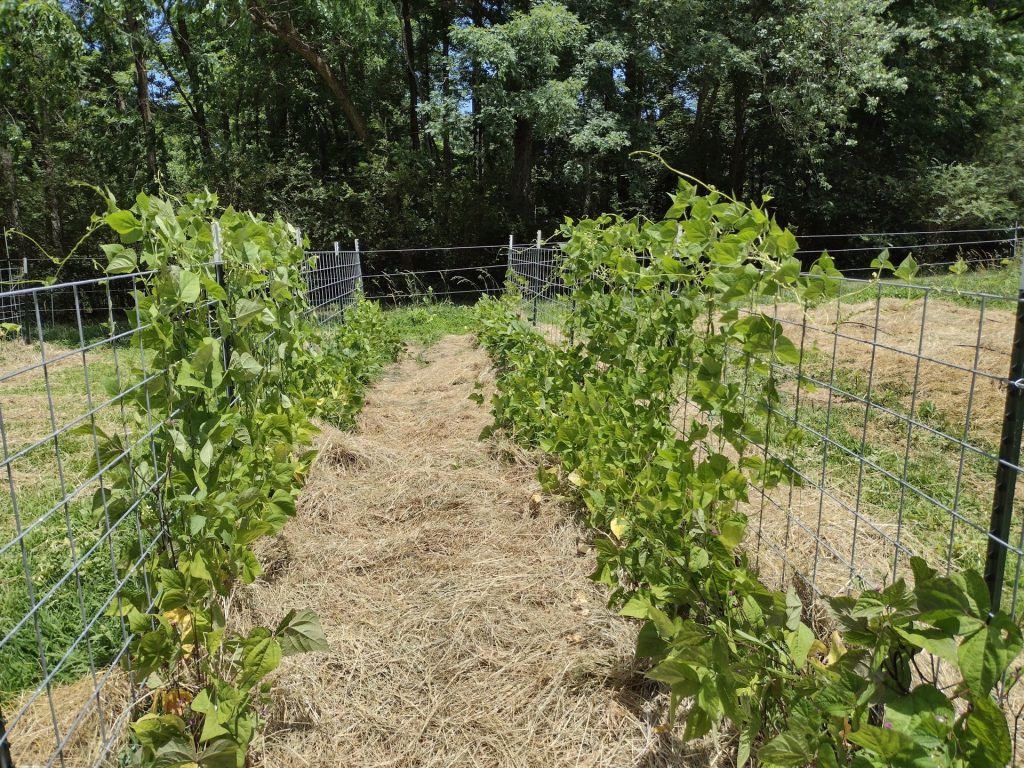
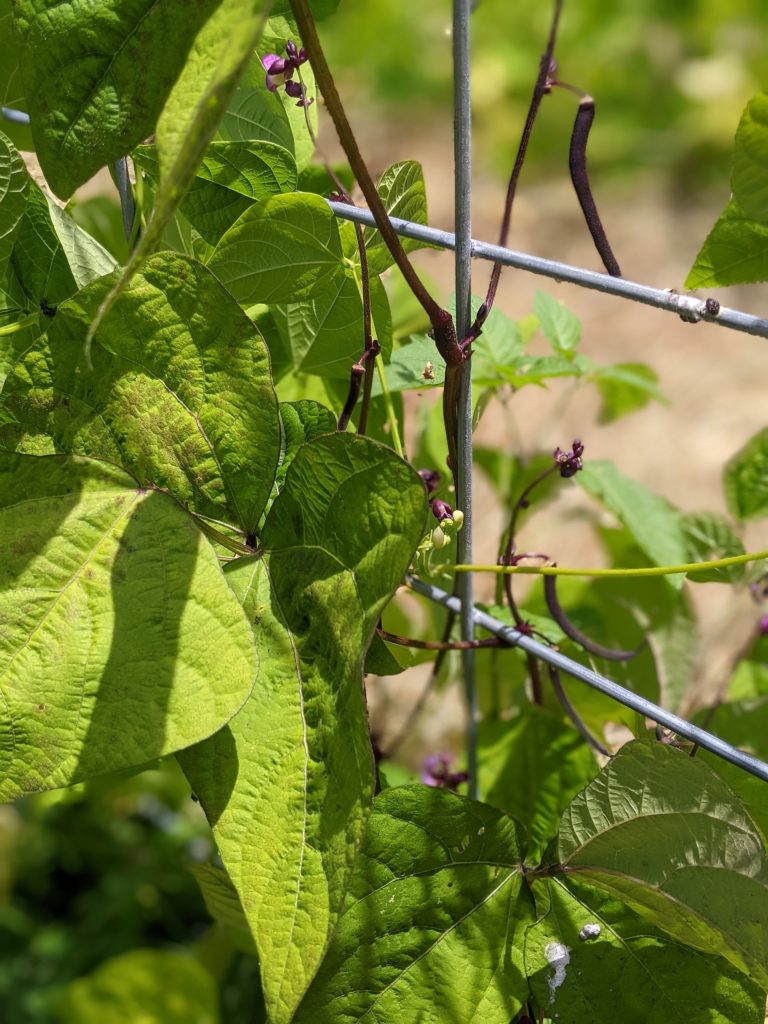
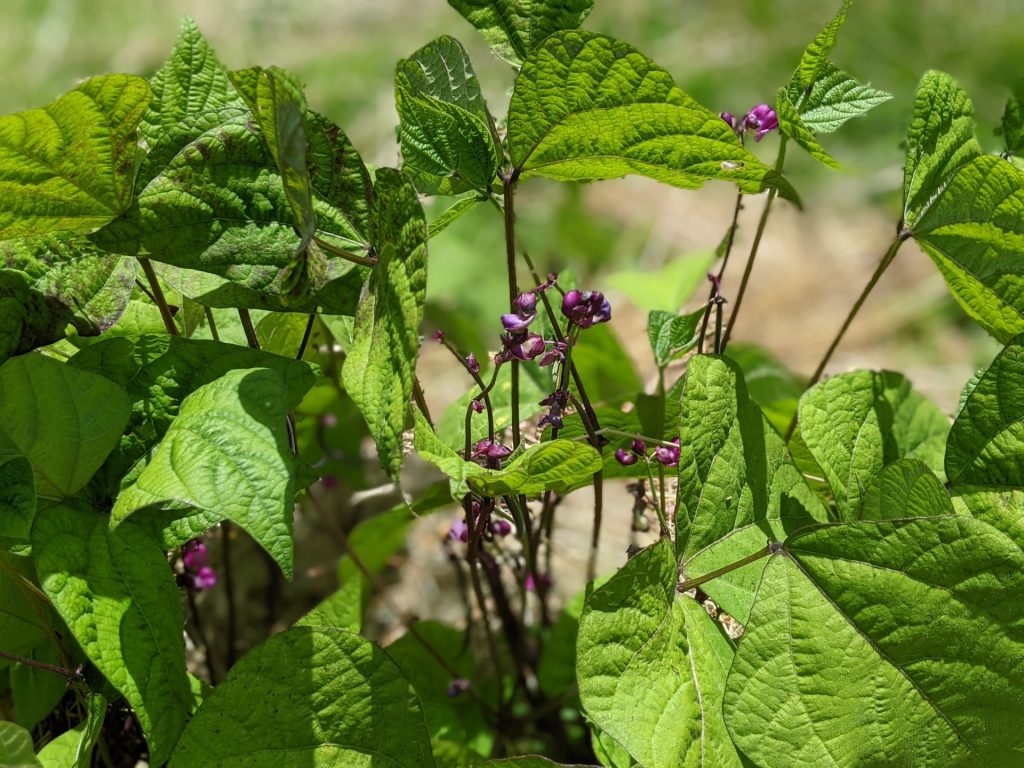
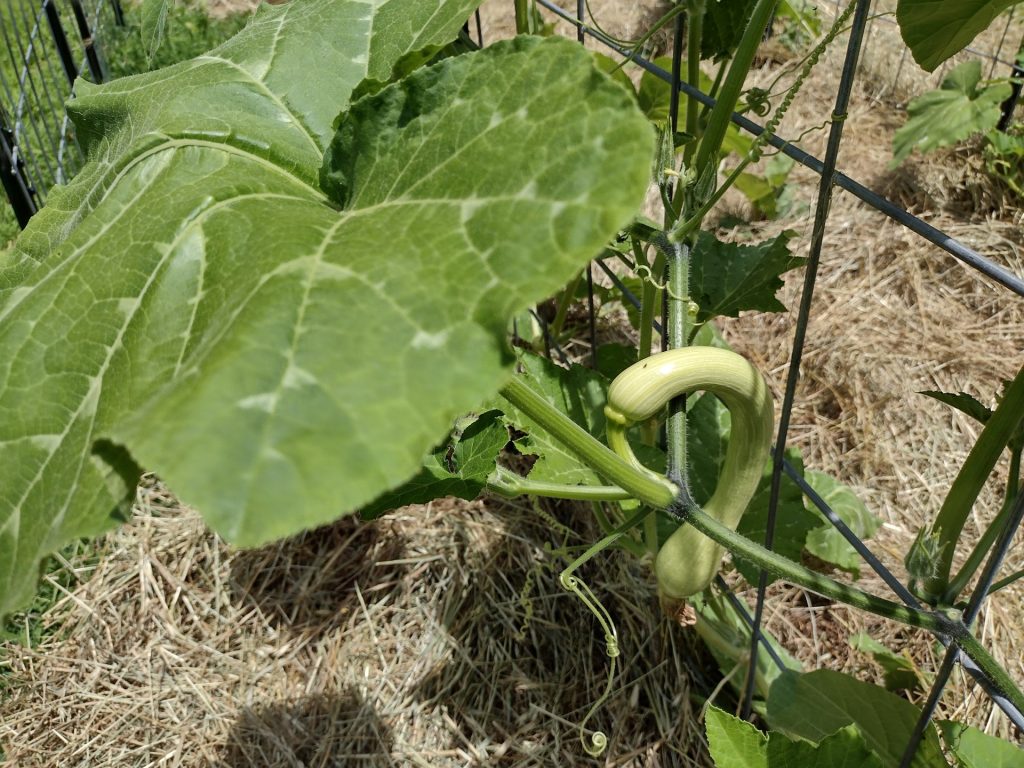
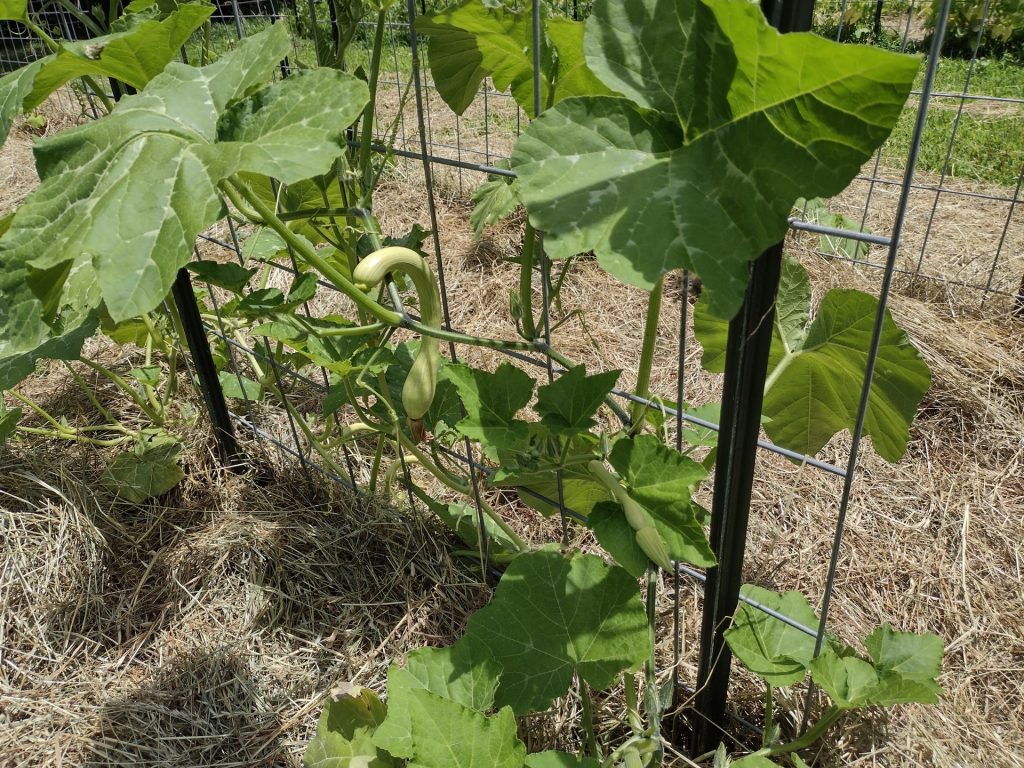
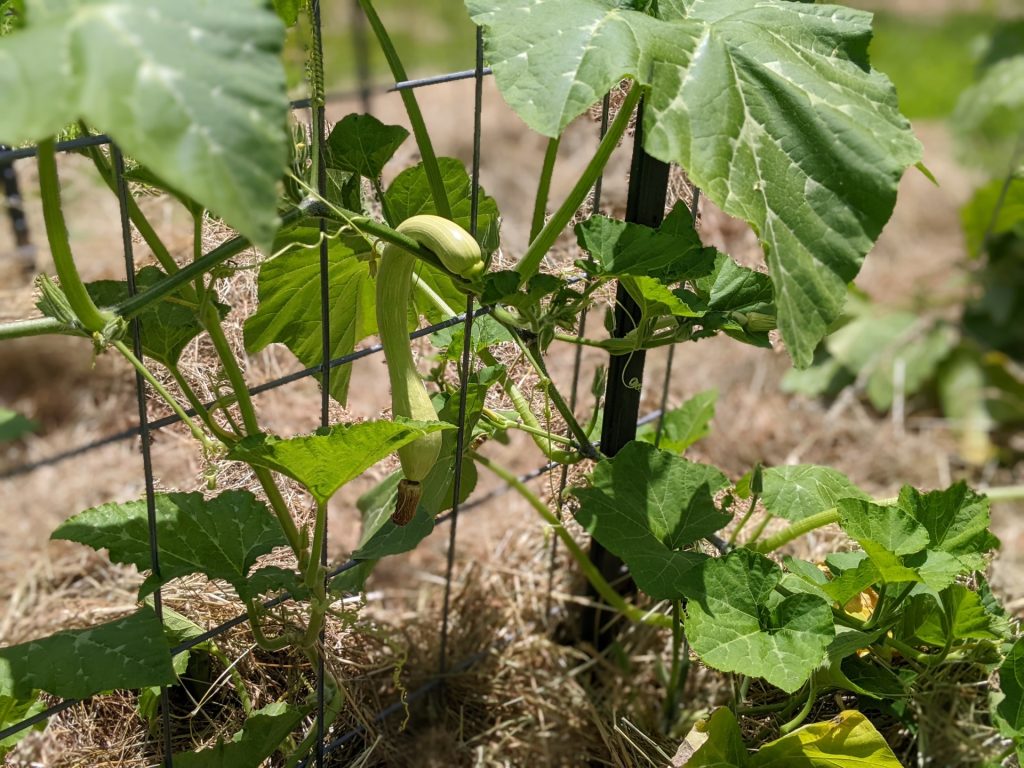
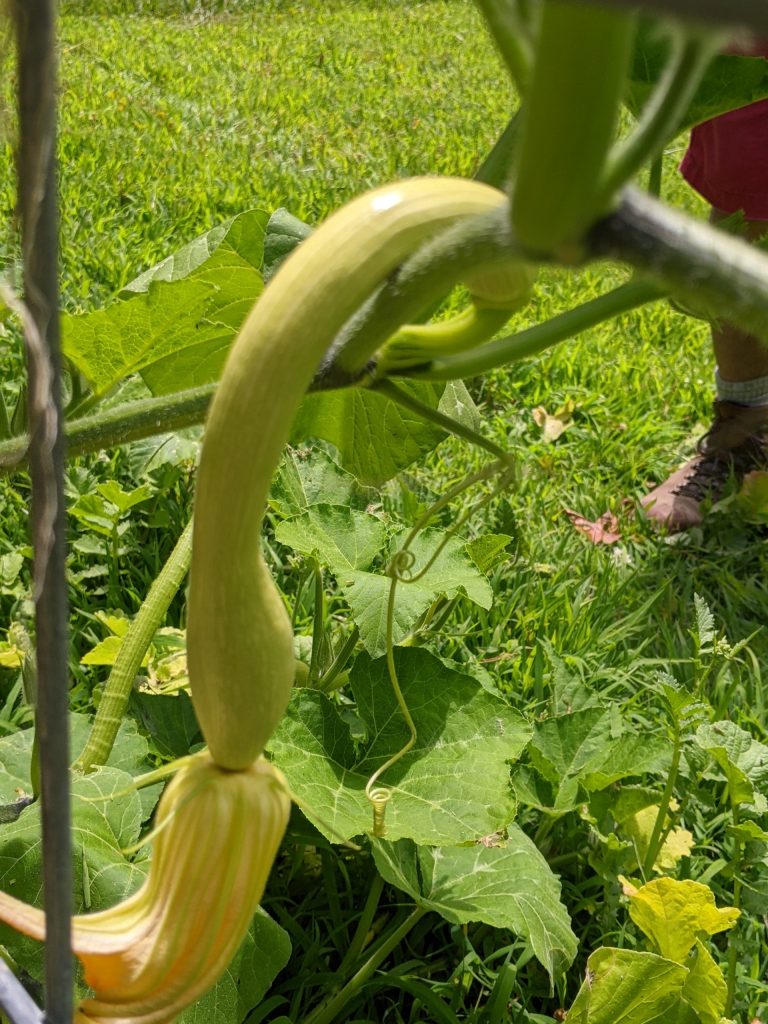
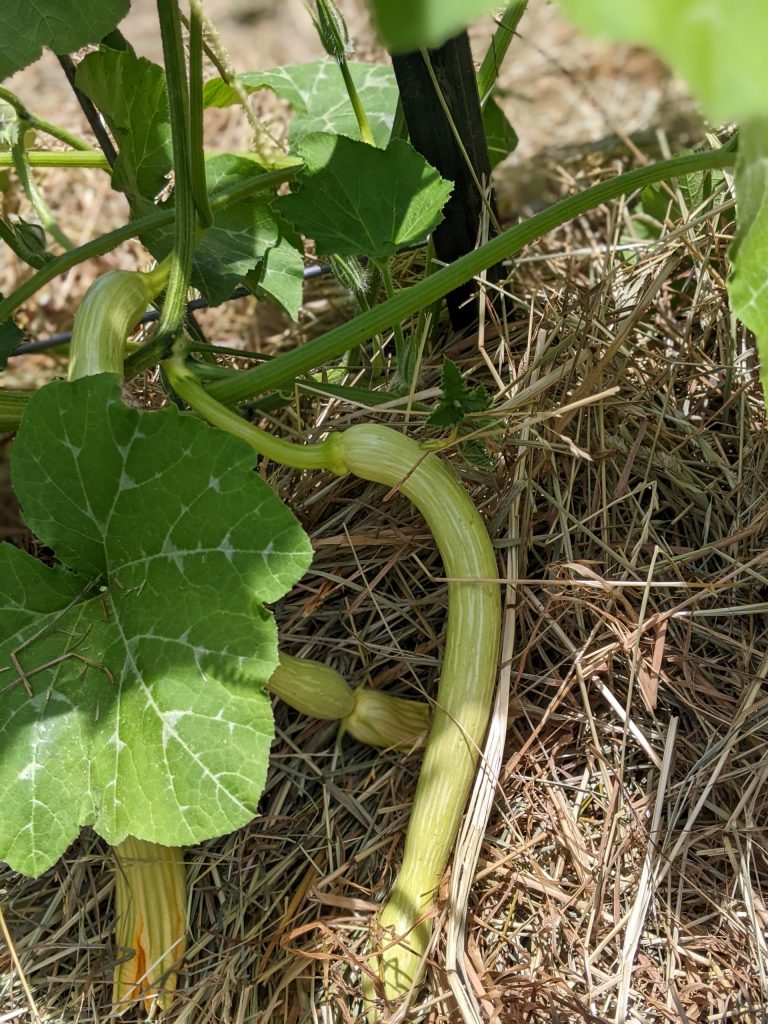
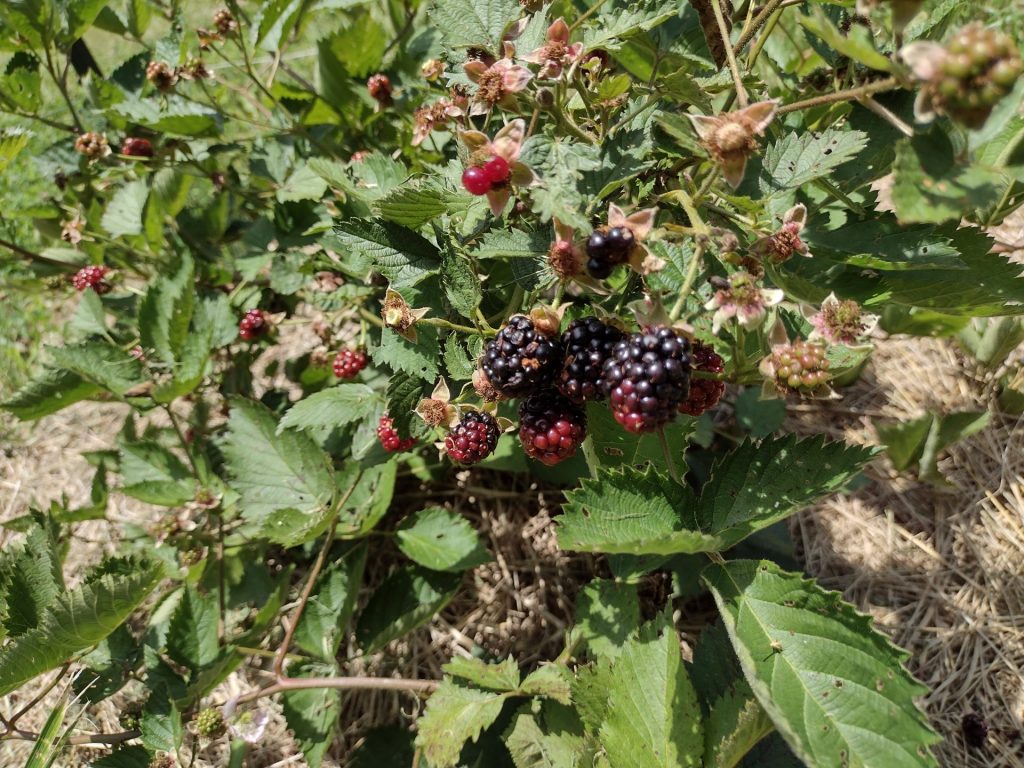
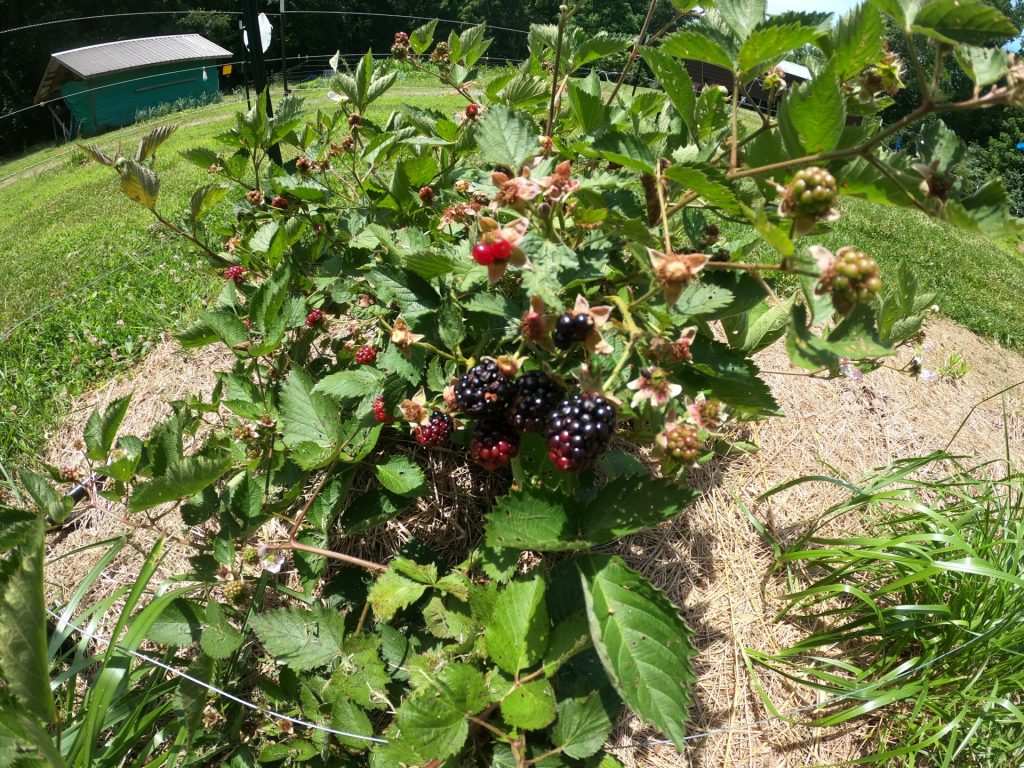
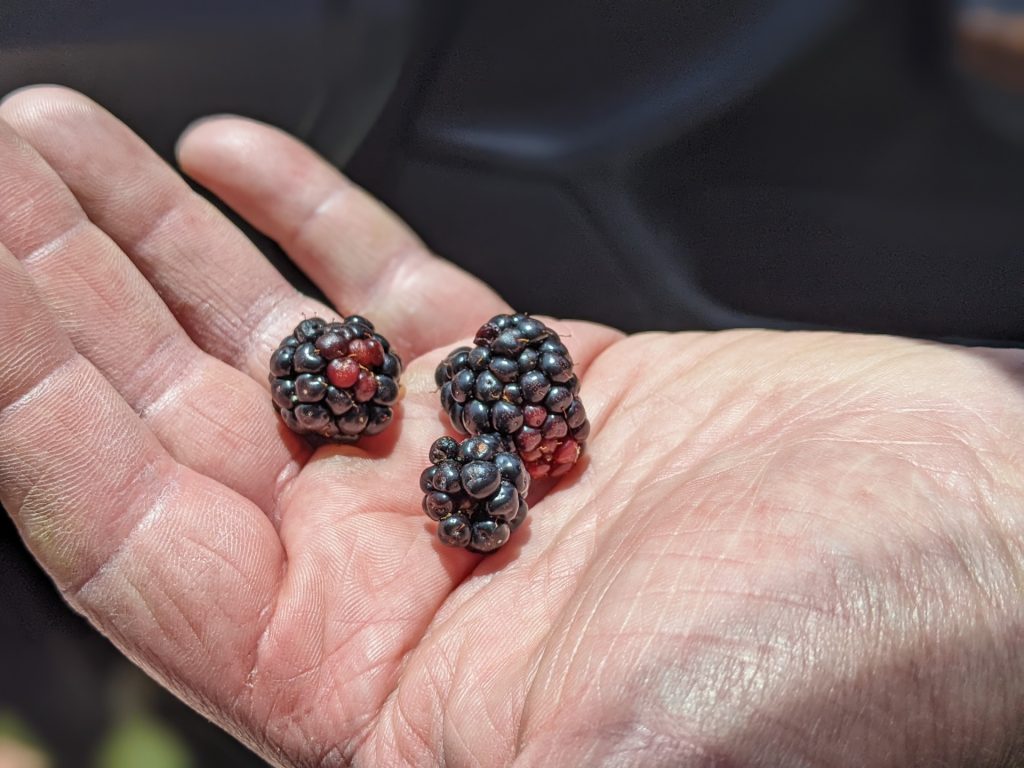
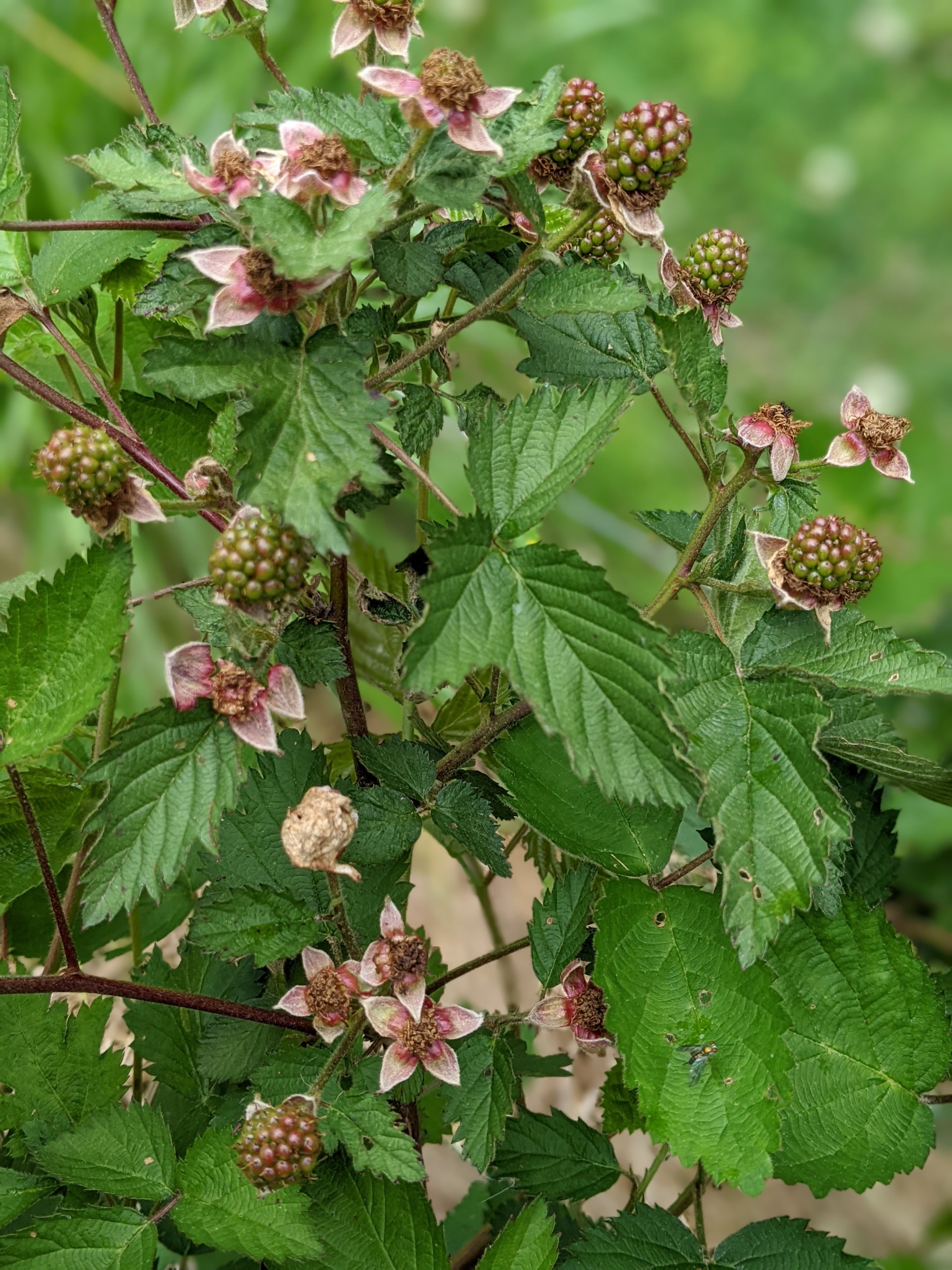
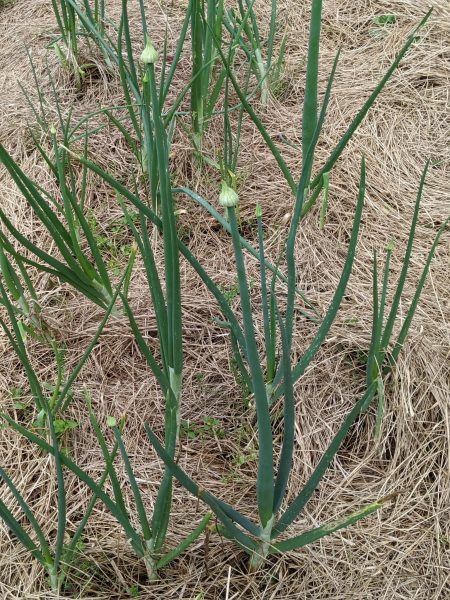
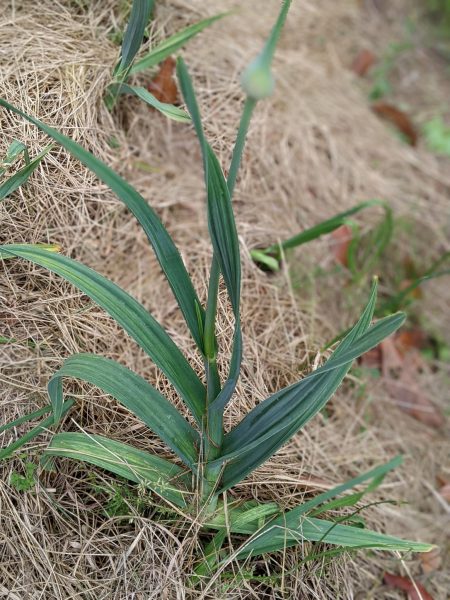
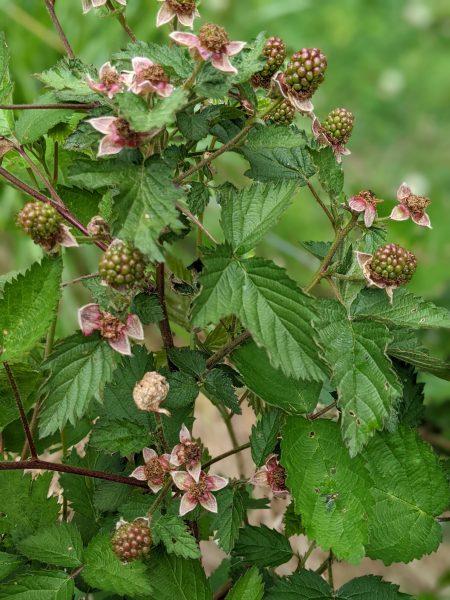

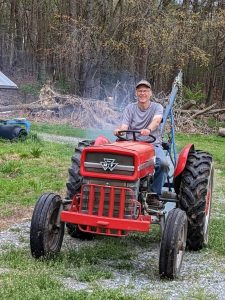 I’m a mechanical engineer turned weekend farmer, so I’m just smart enough to know that there is a lot that I don’t know especially when it comes to farming, permaculture and food forests. I’ve been heavily influenced in my love of farming and permaculture by my Mom and Dad and also by people like
I’m a mechanical engineer turned weekend farmer, so I’m just smart enough to know that there is a lot that I don’t know especially when it comes to farming, permaculture and food forests. I’ve been heavily influenced in my love of farming and permaculture by my Mom and Dad and also by people like  Connie has her certificate in Sustainable Agriculture from CCCC. She really enjoyed the classes at the community college and learned a lot. The program was a mixture of classes and work on the school farm. What she learned has really added to our technical proficiency on the farm.
Connie has her certificate in Sustainable Agriculture from CCCC. She really enjoyed the classes at the community college and learned a lot. The program was a mixture of classes and work on the school farm. What she learned has really added to our technical proficiency on the farm.